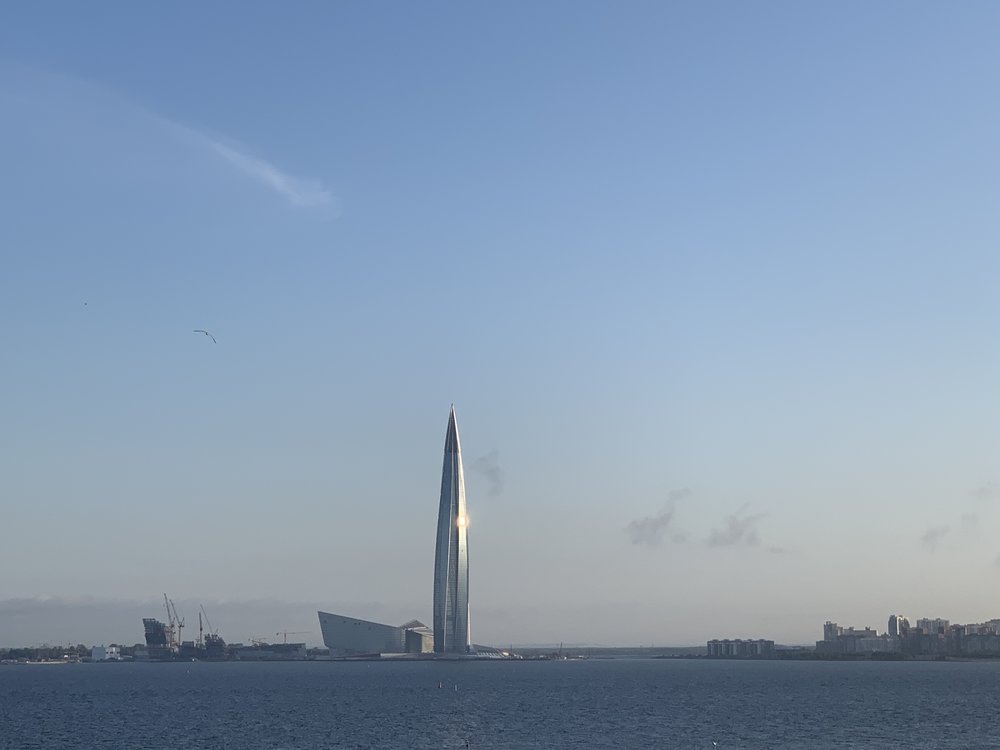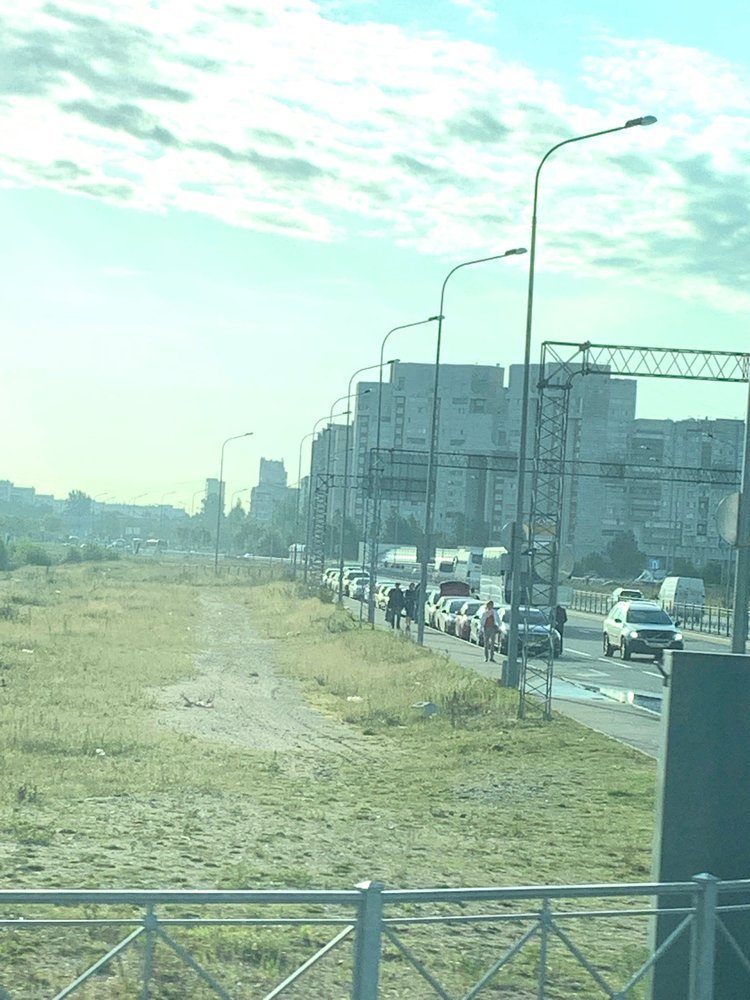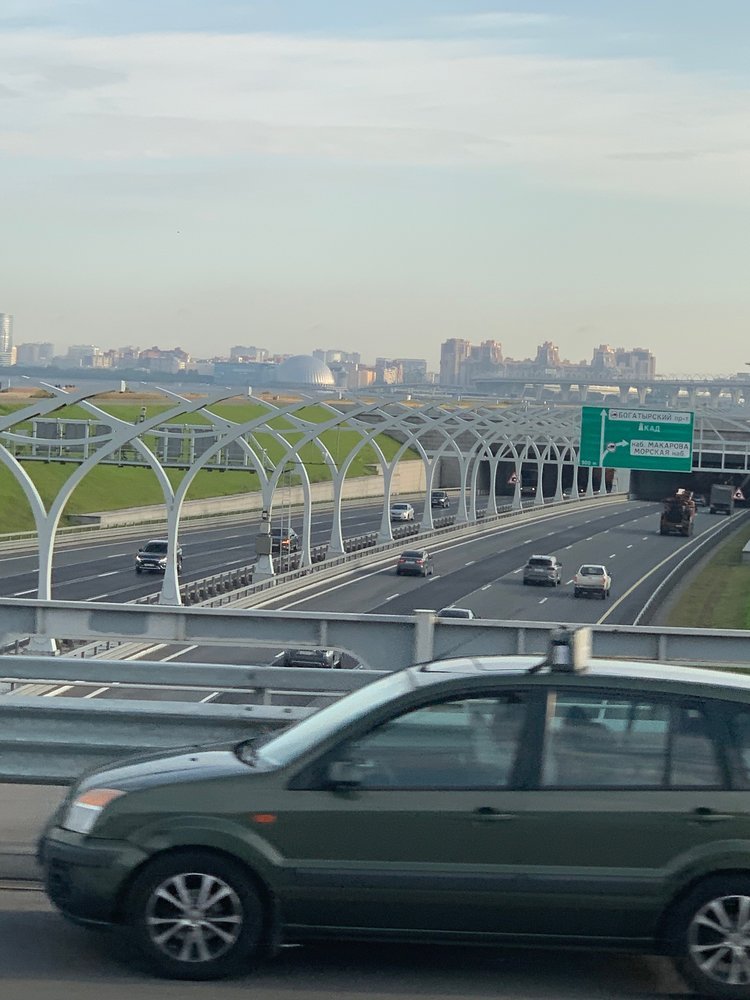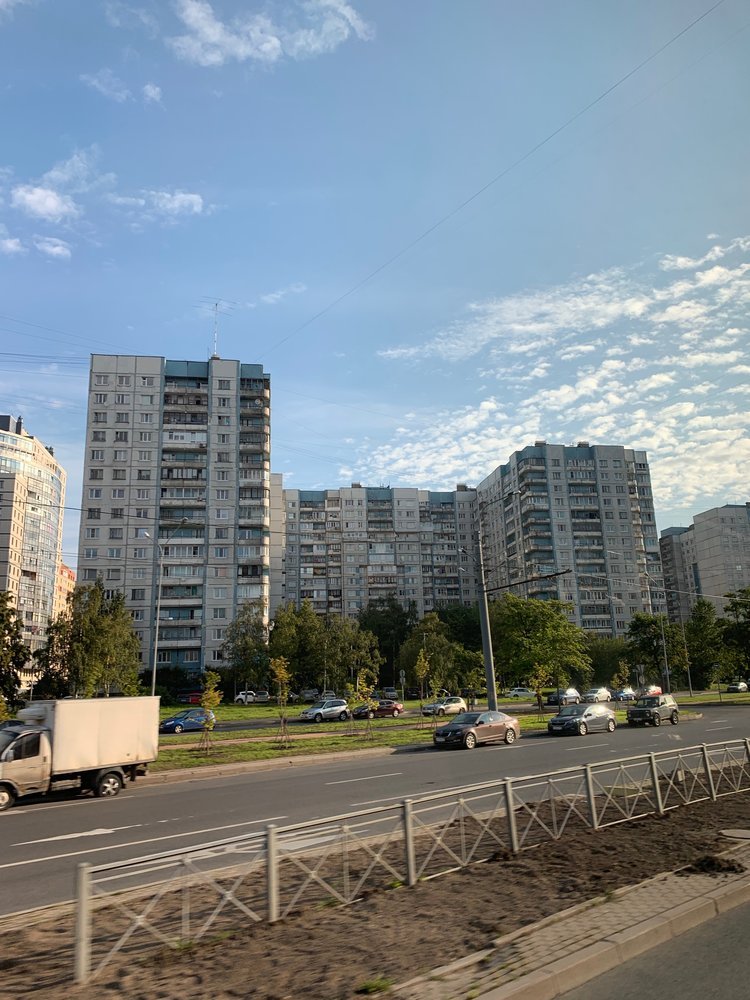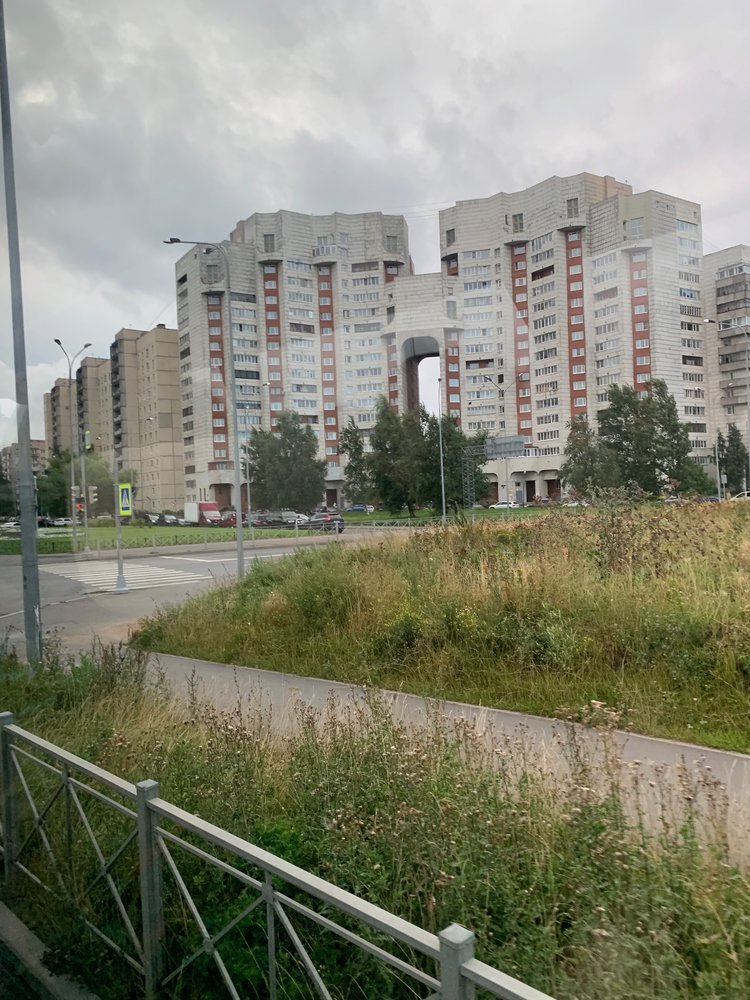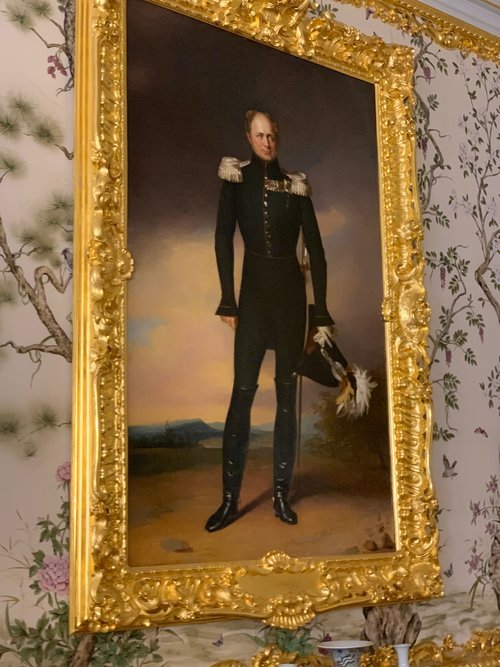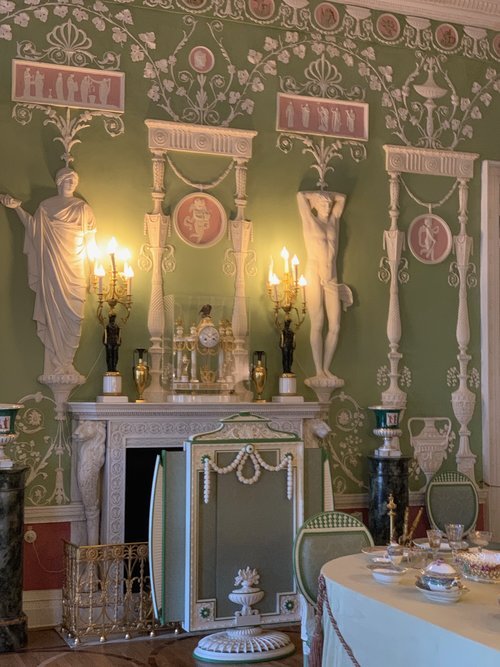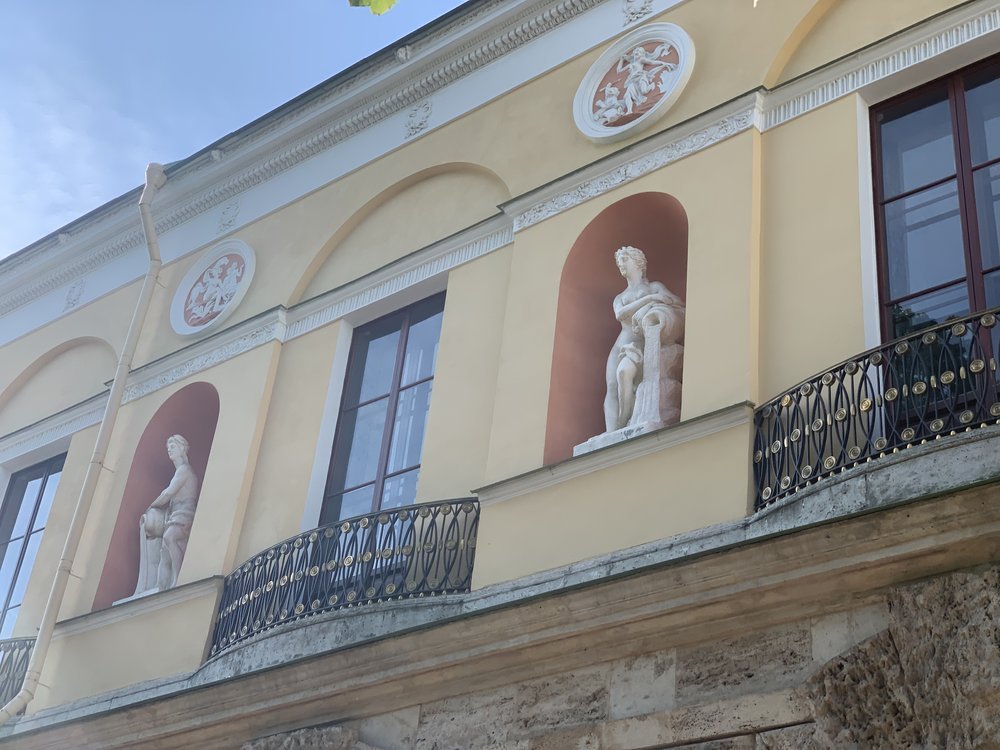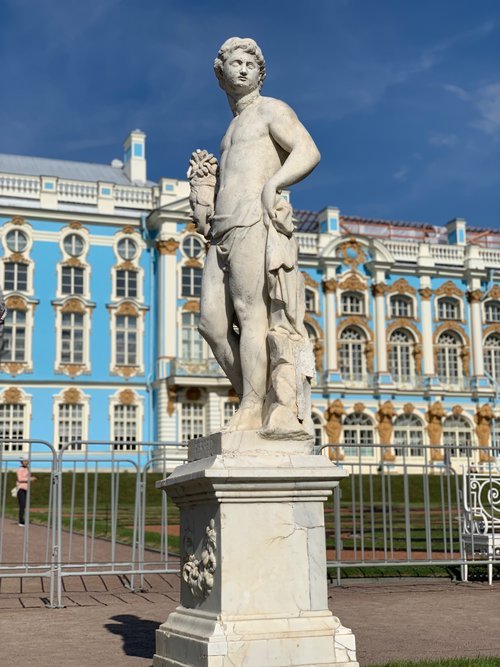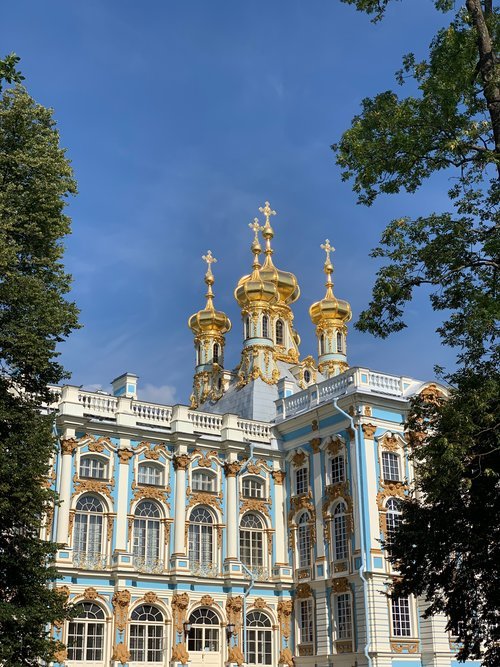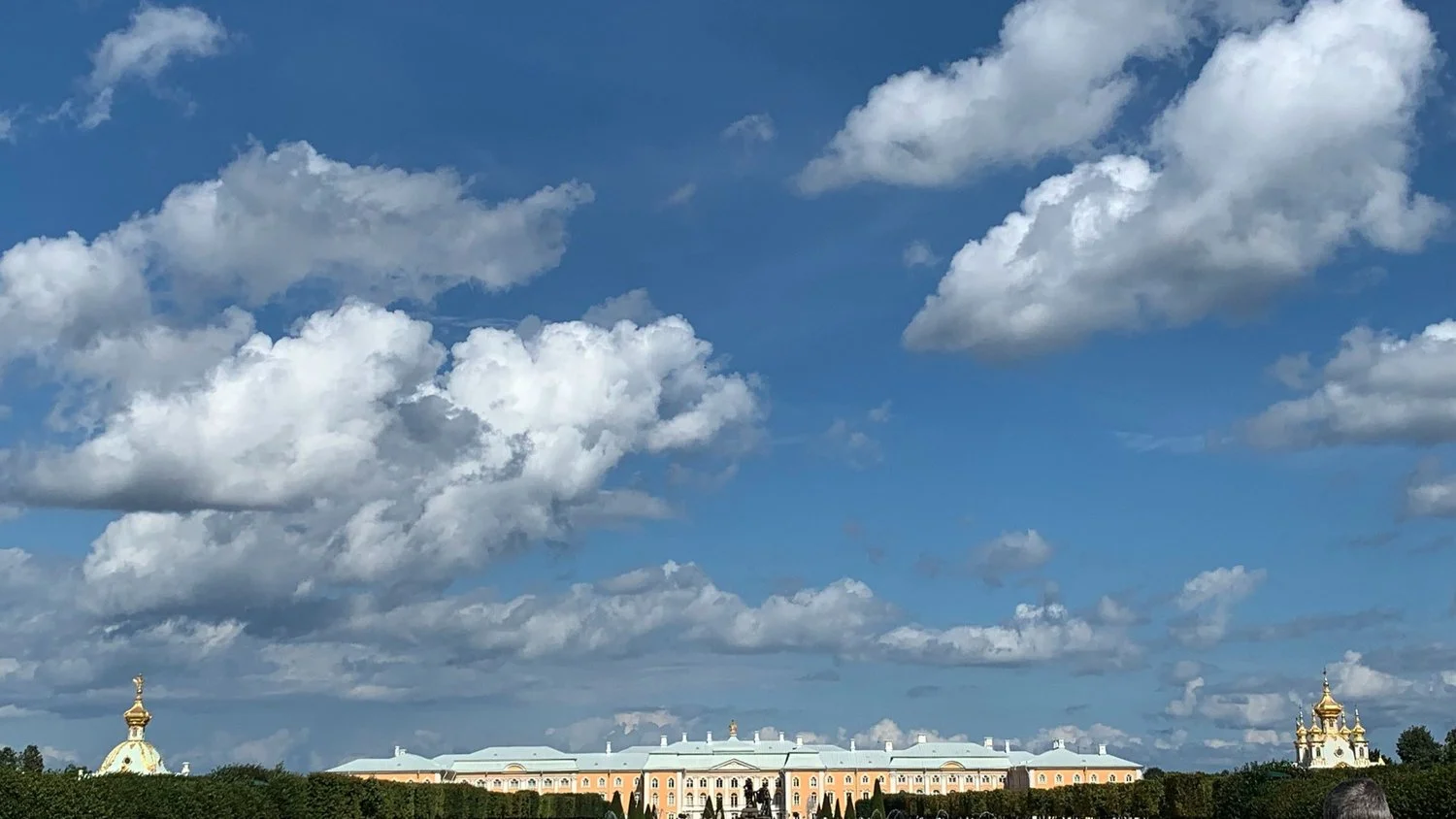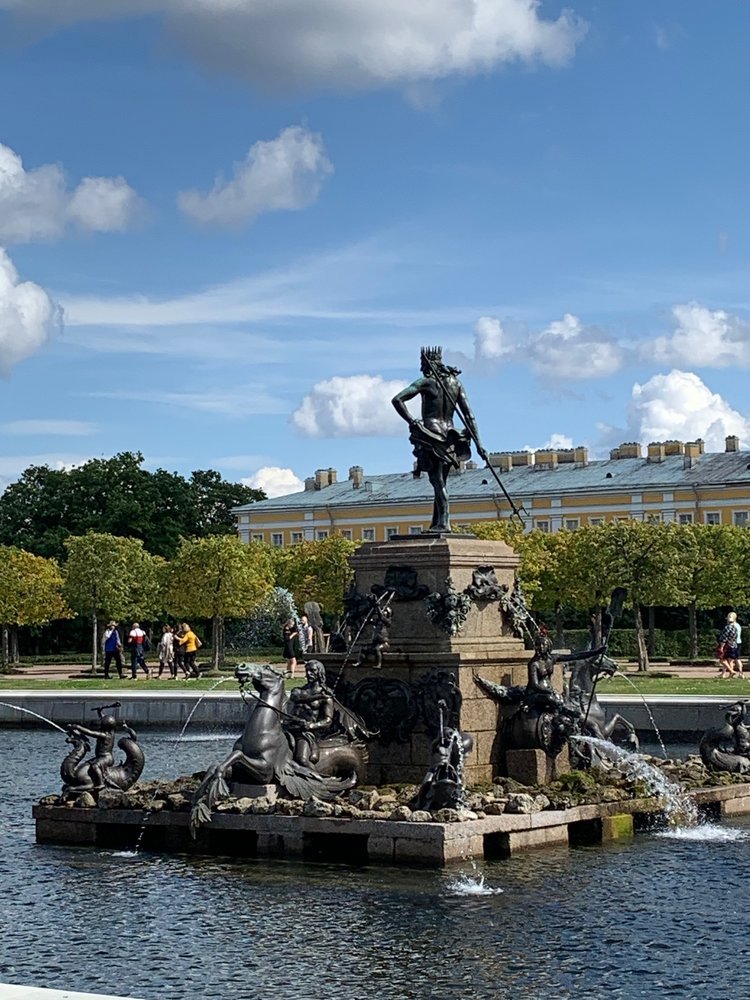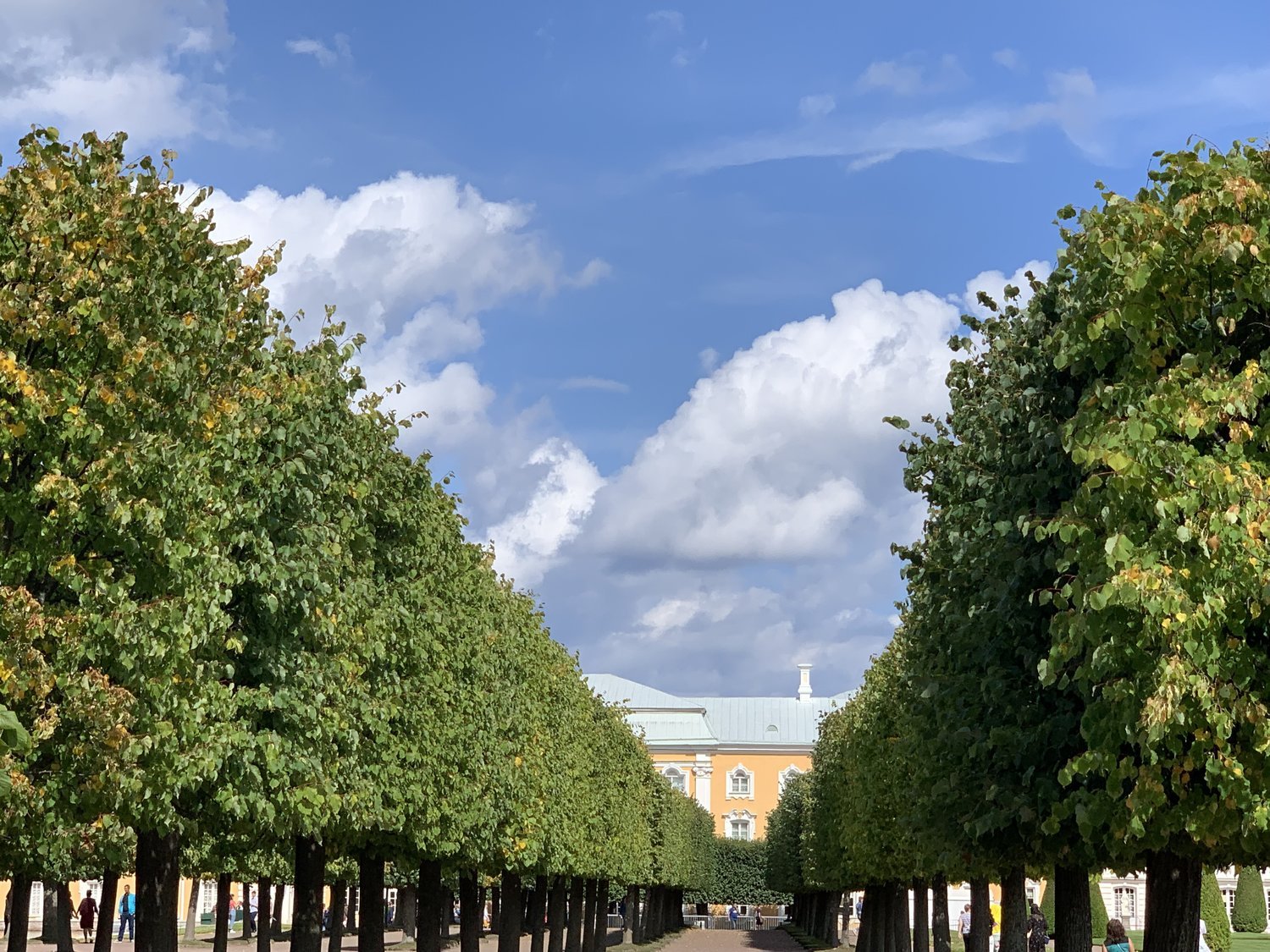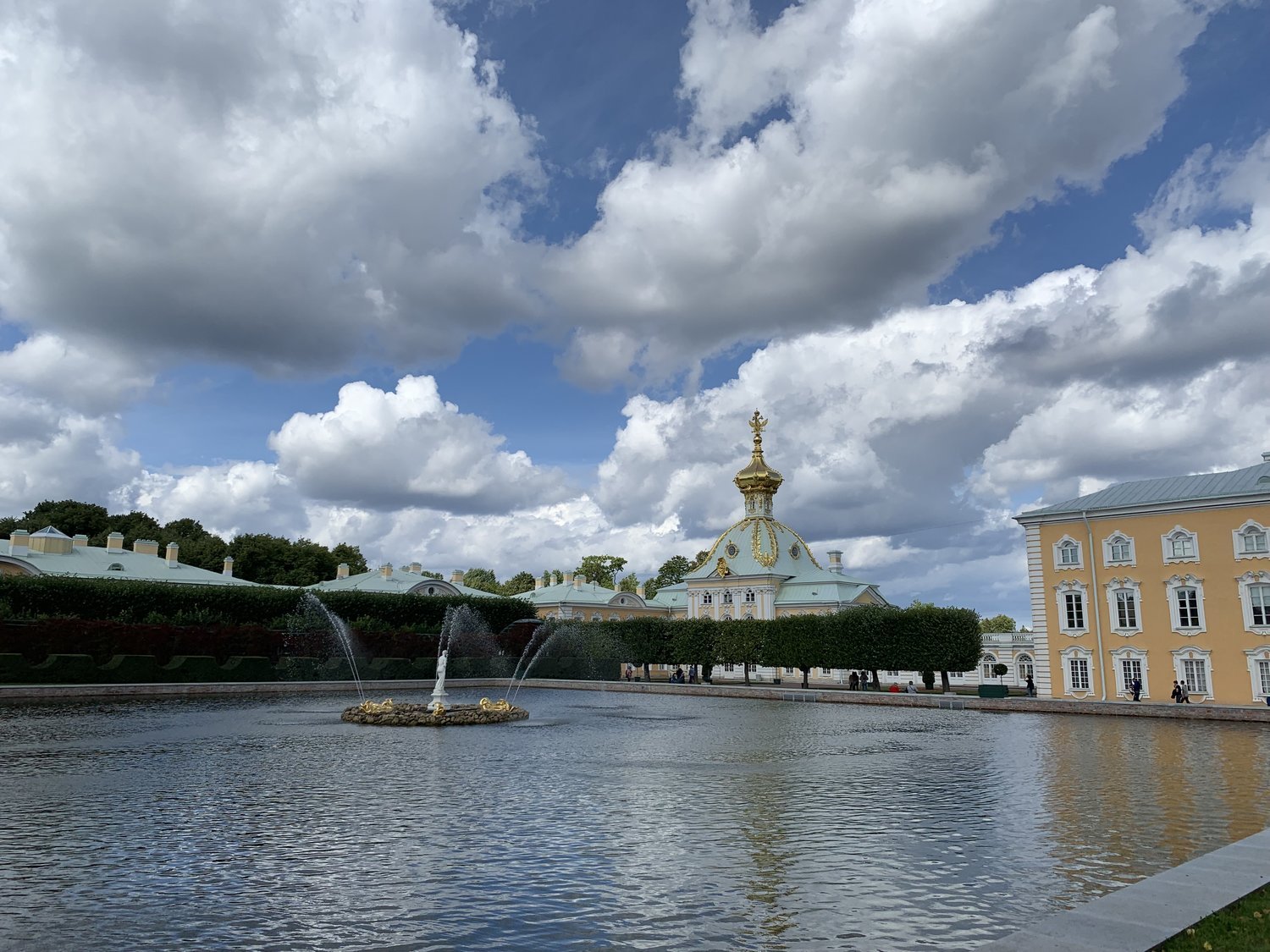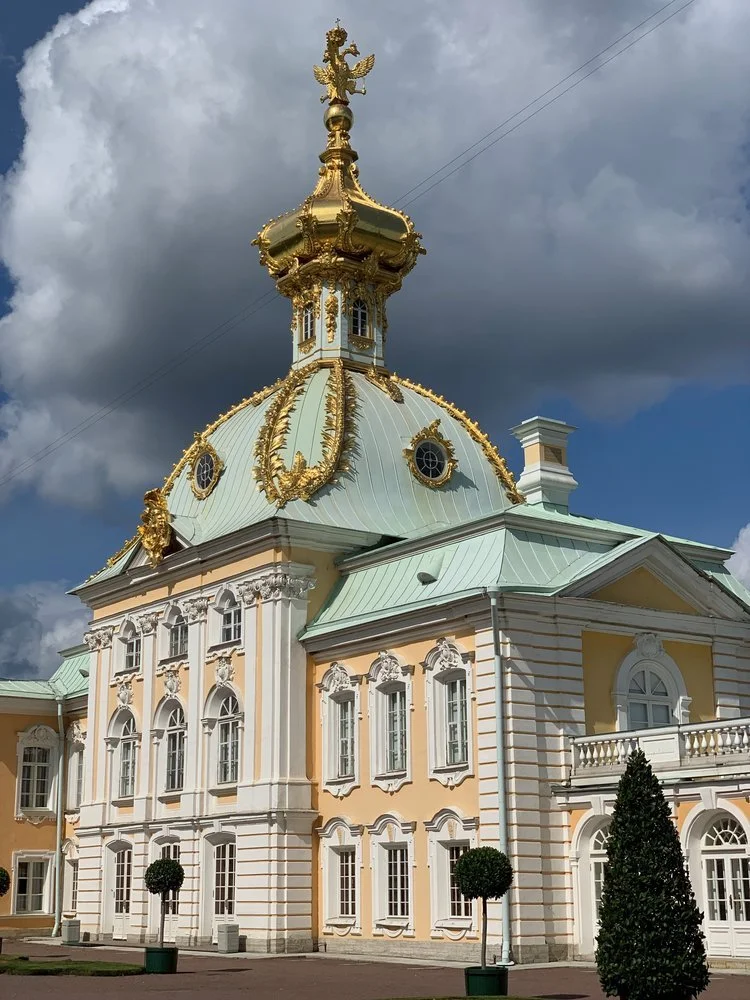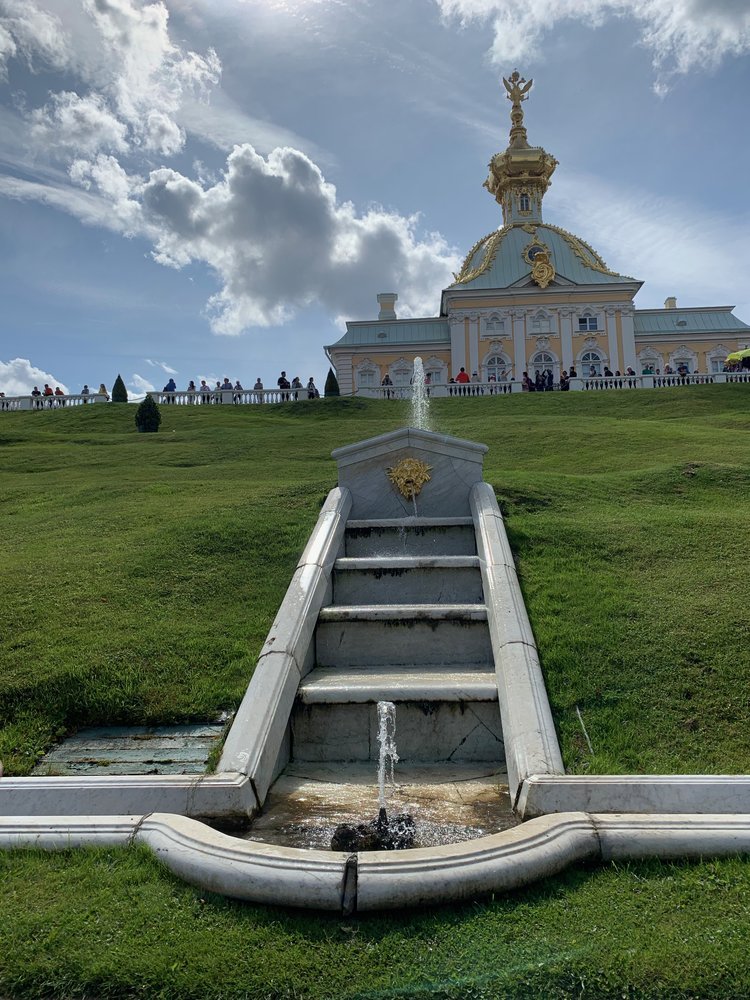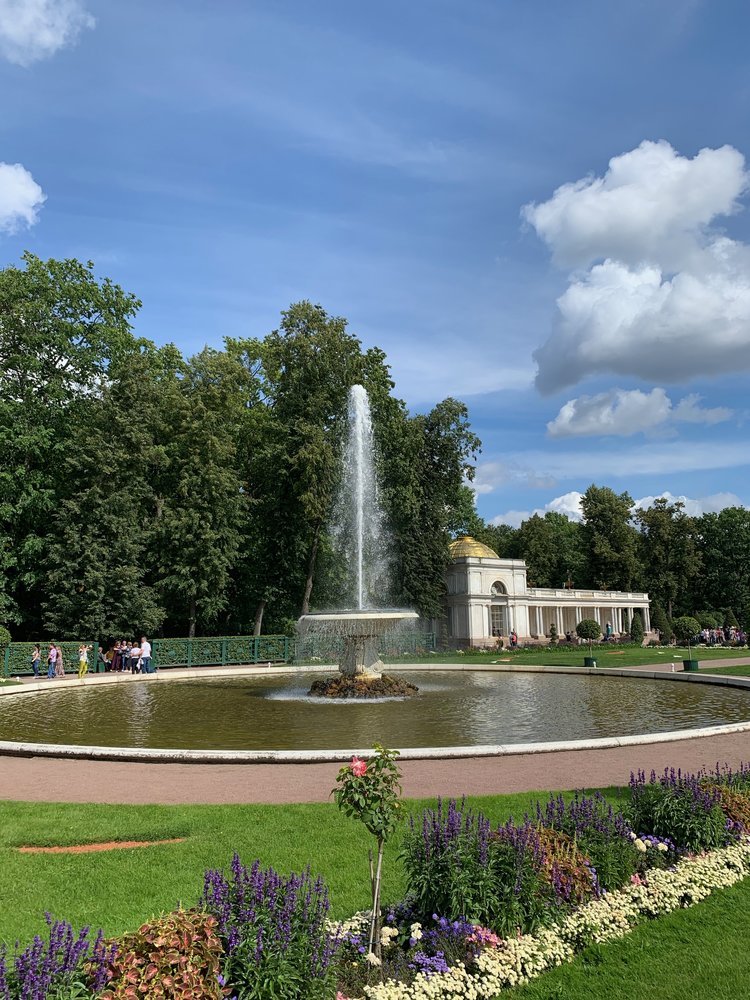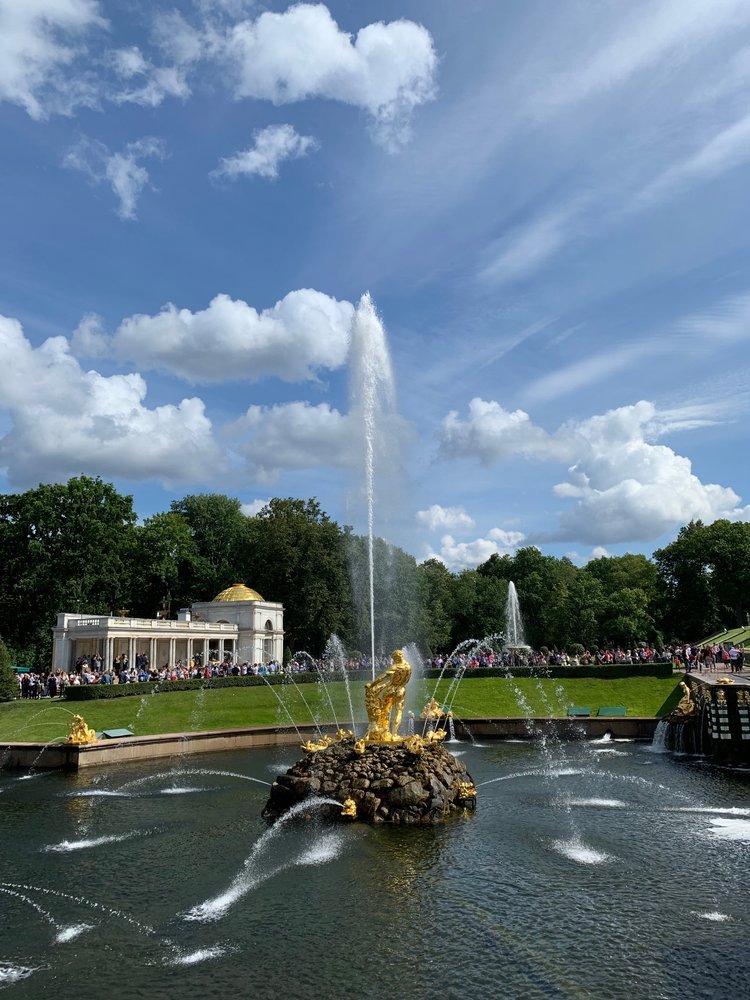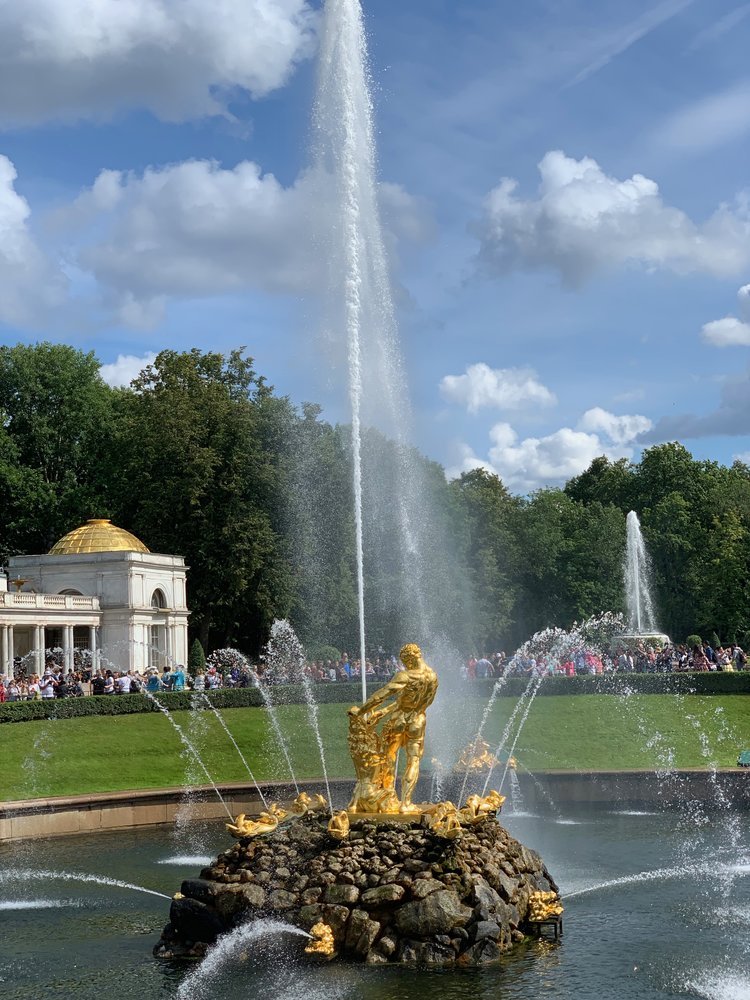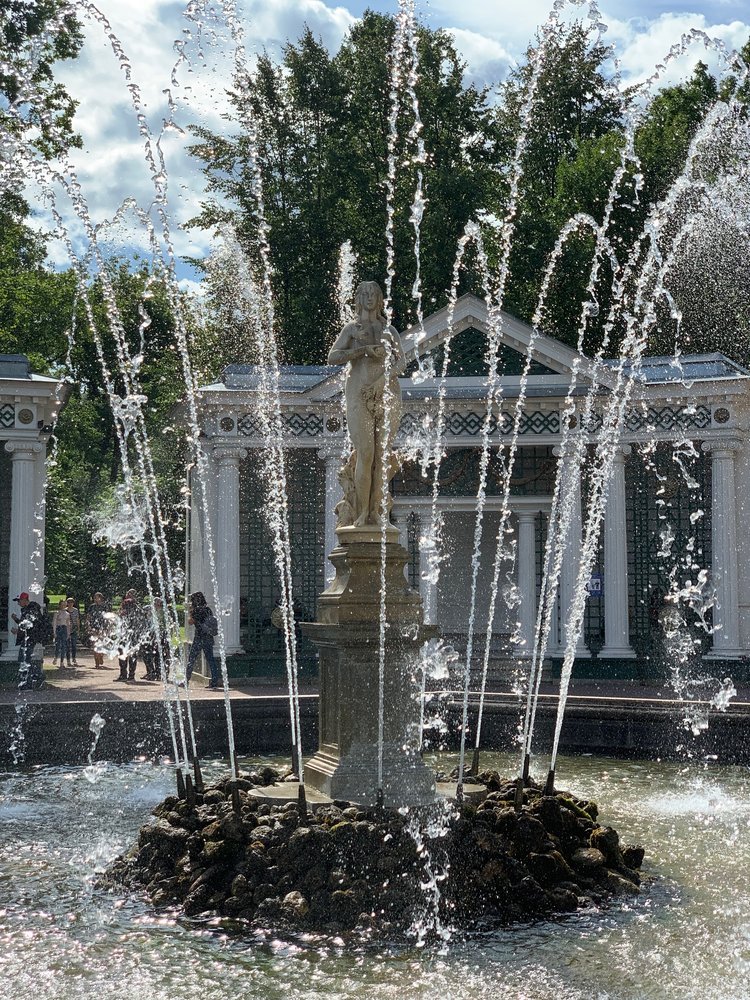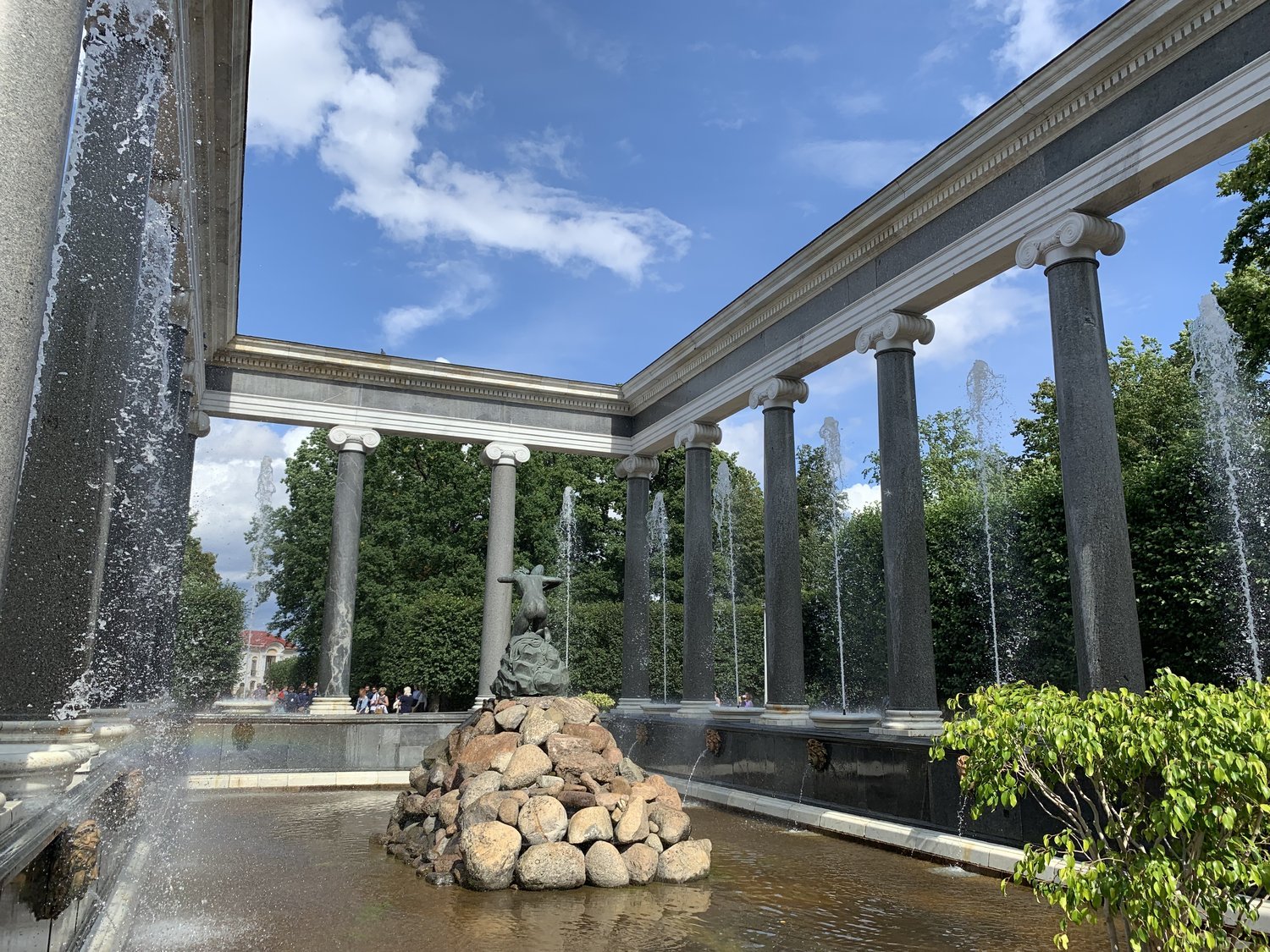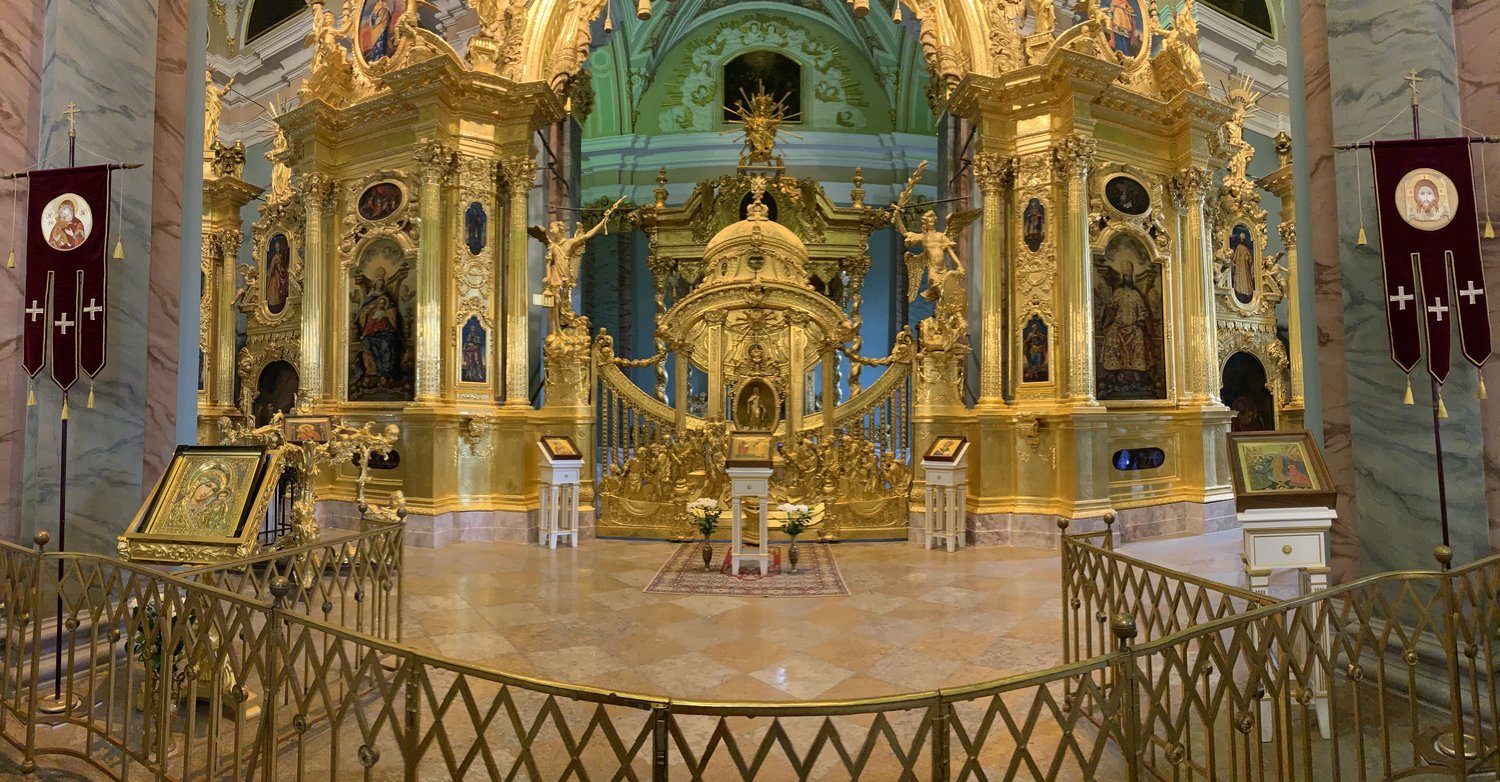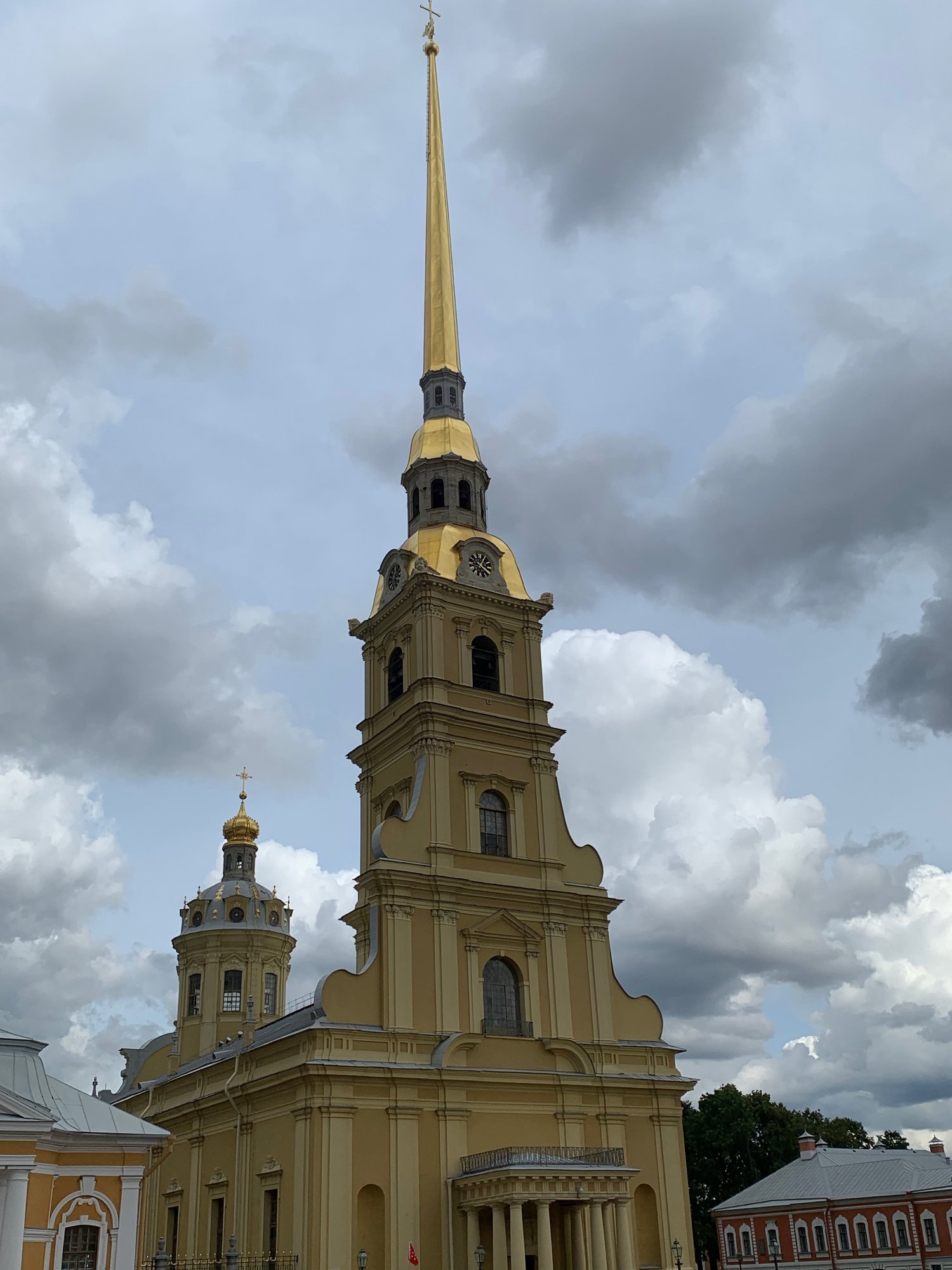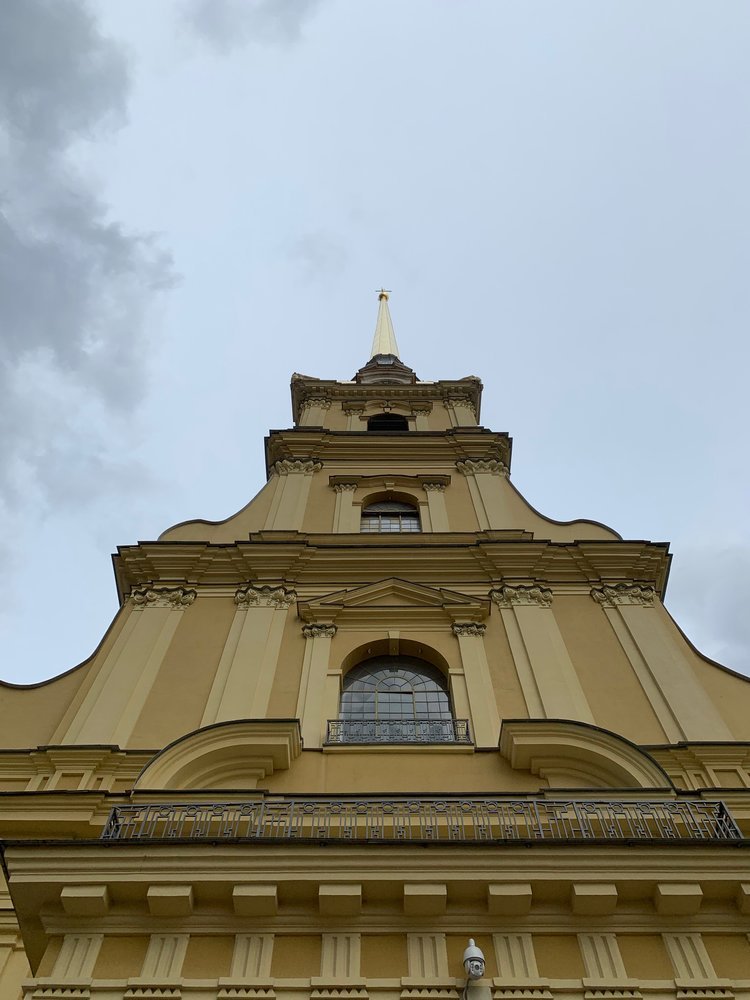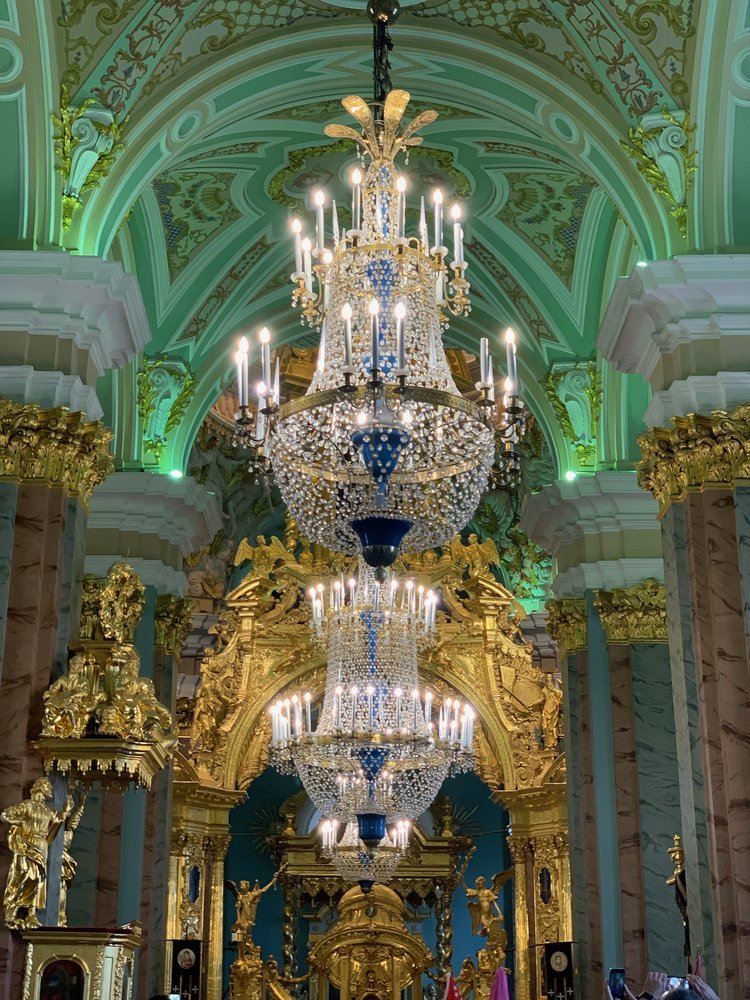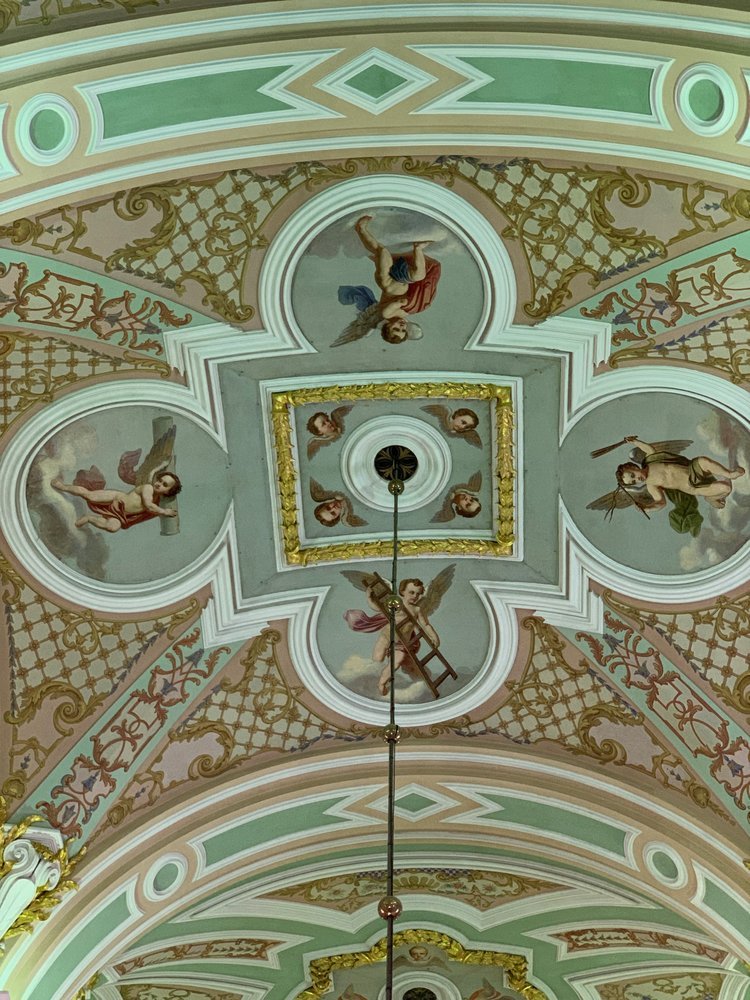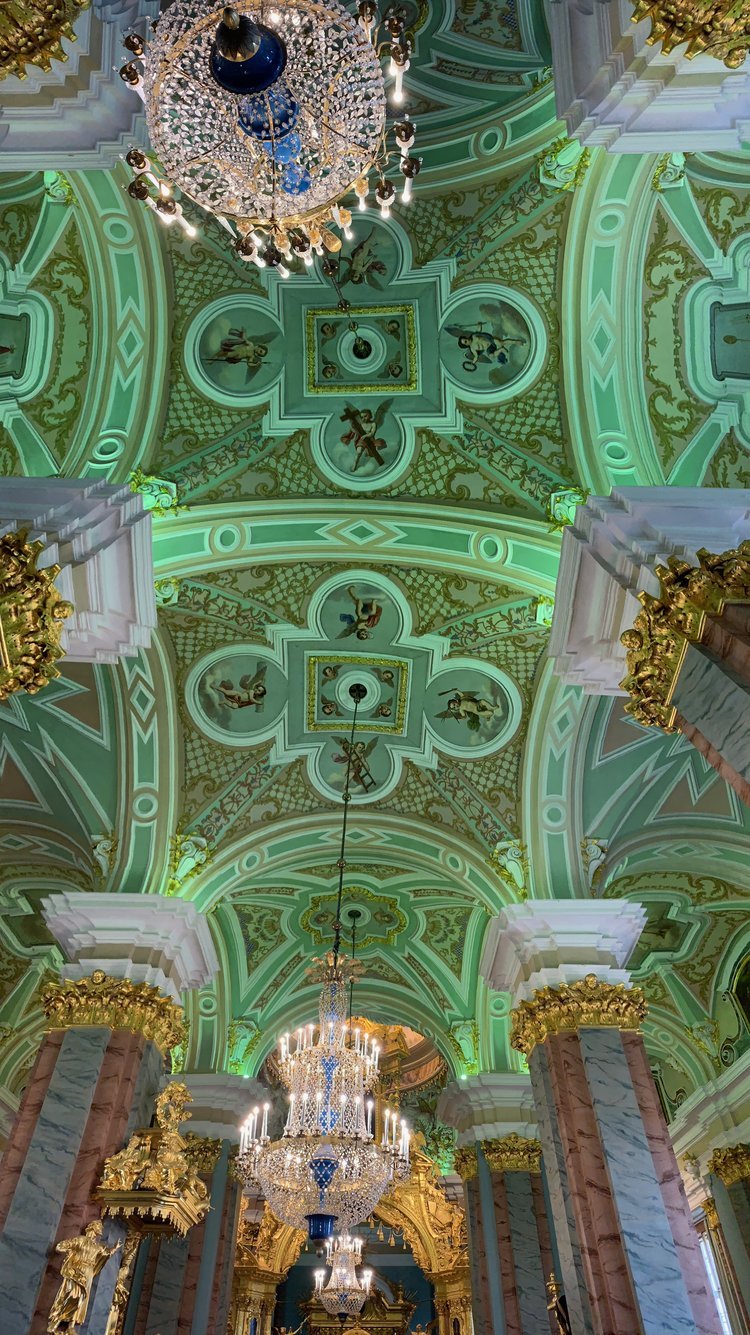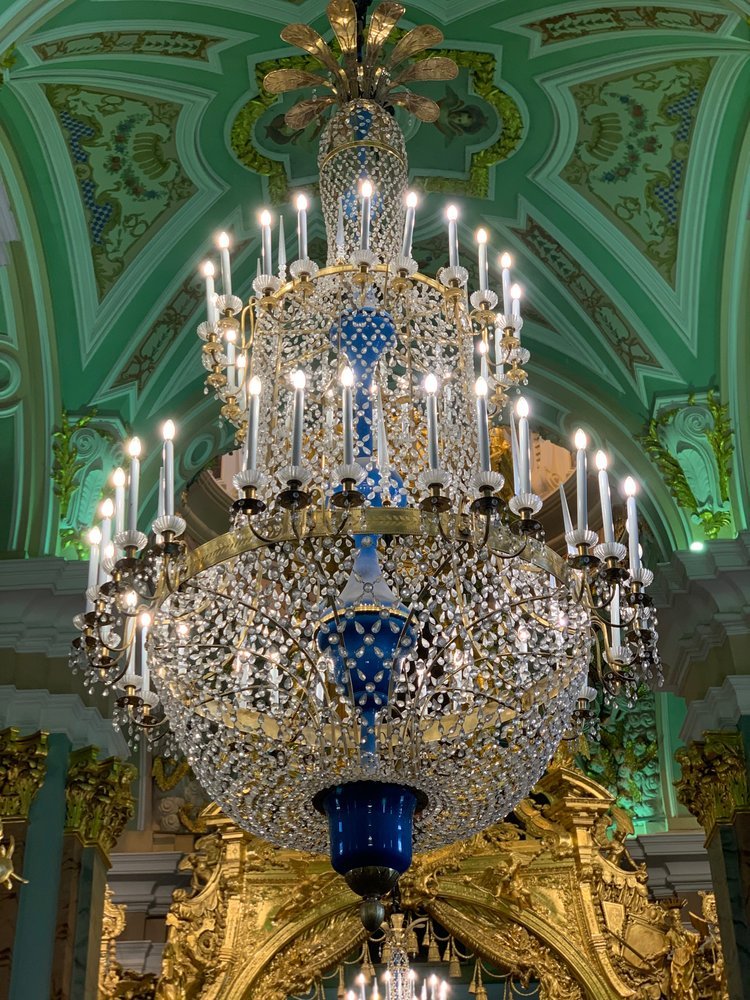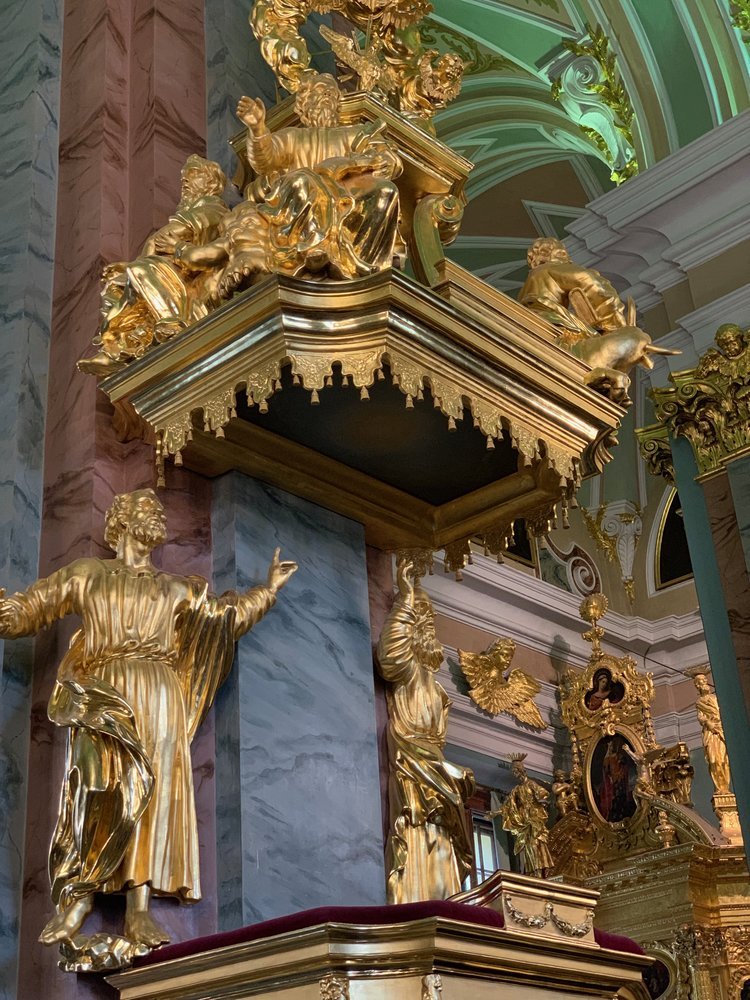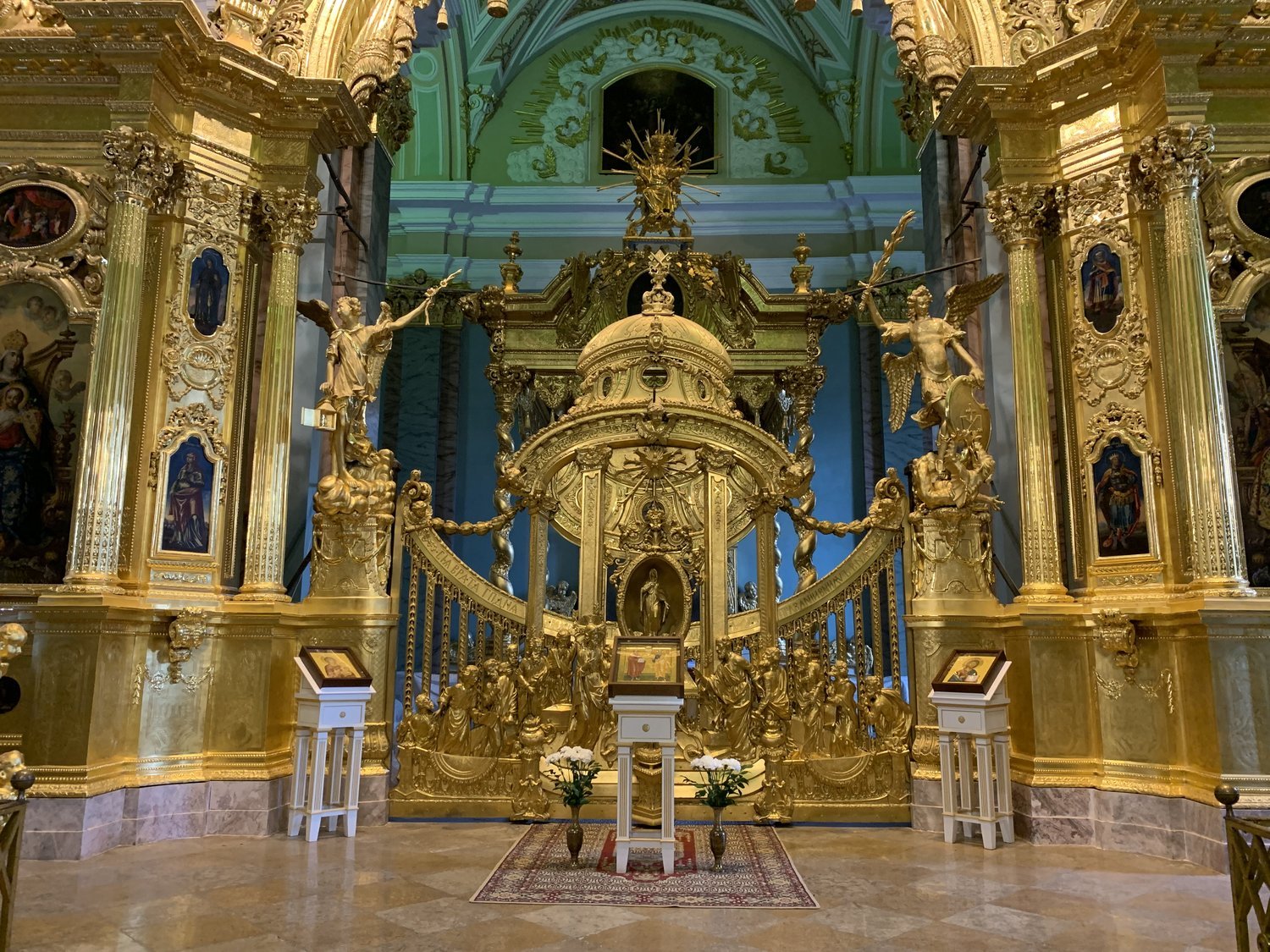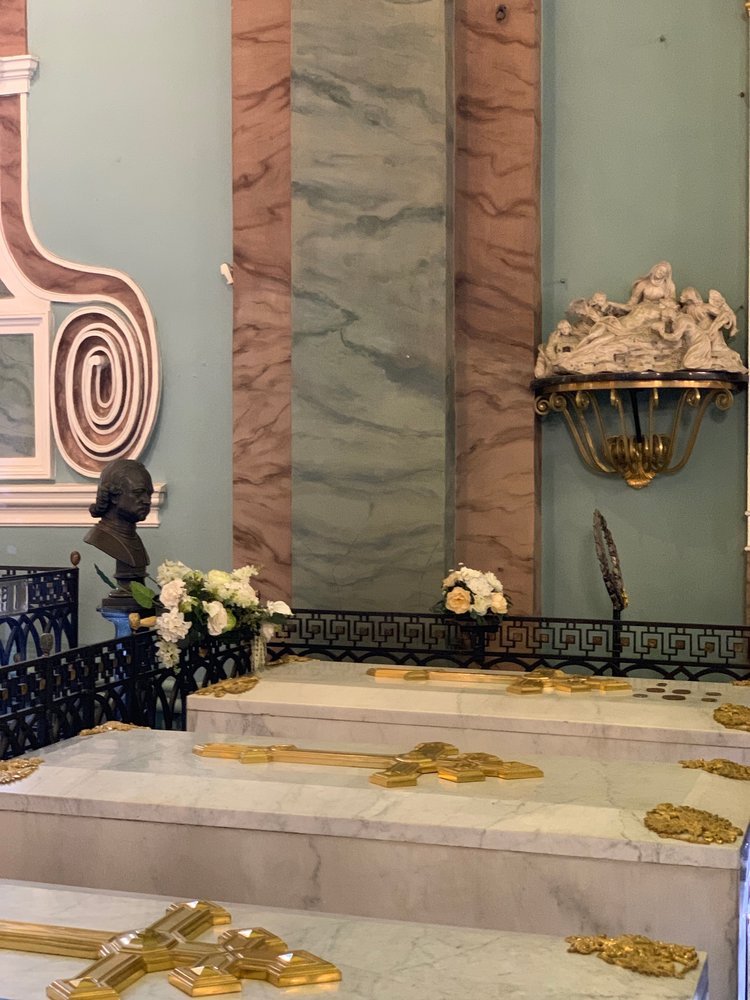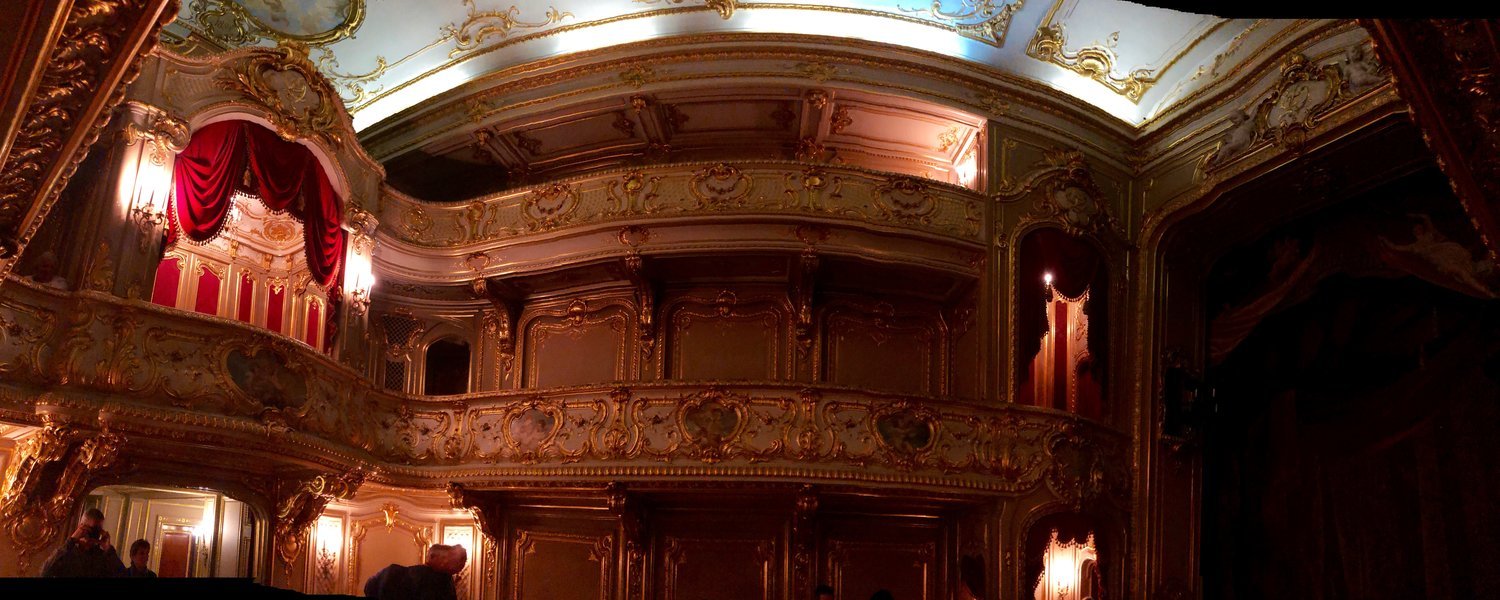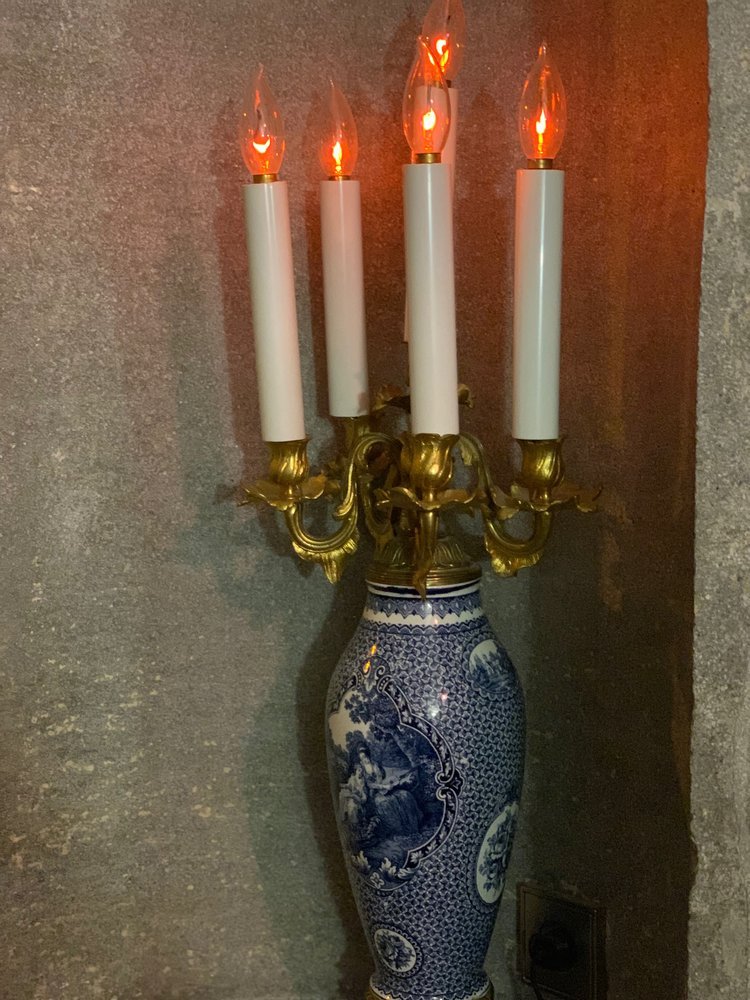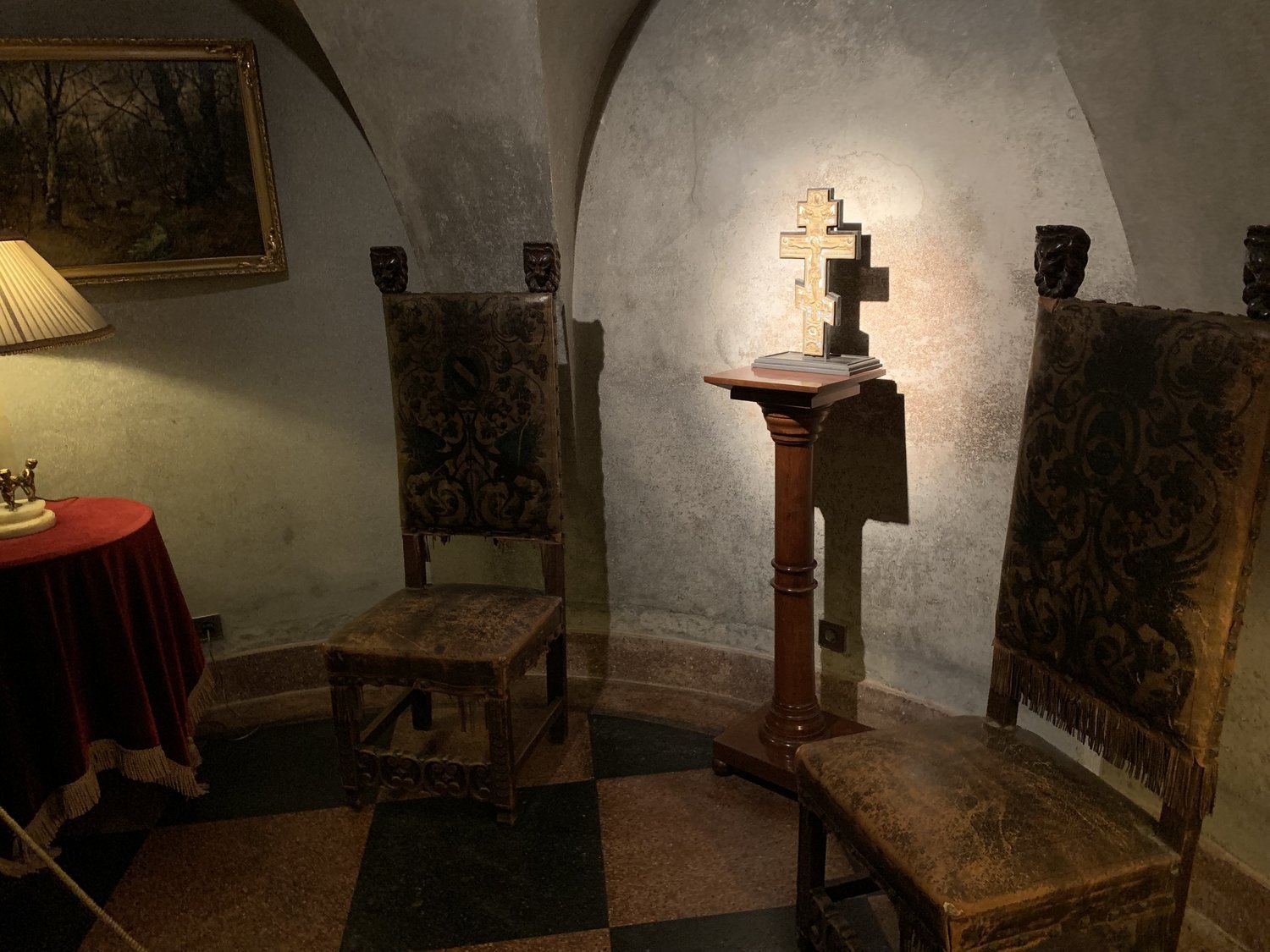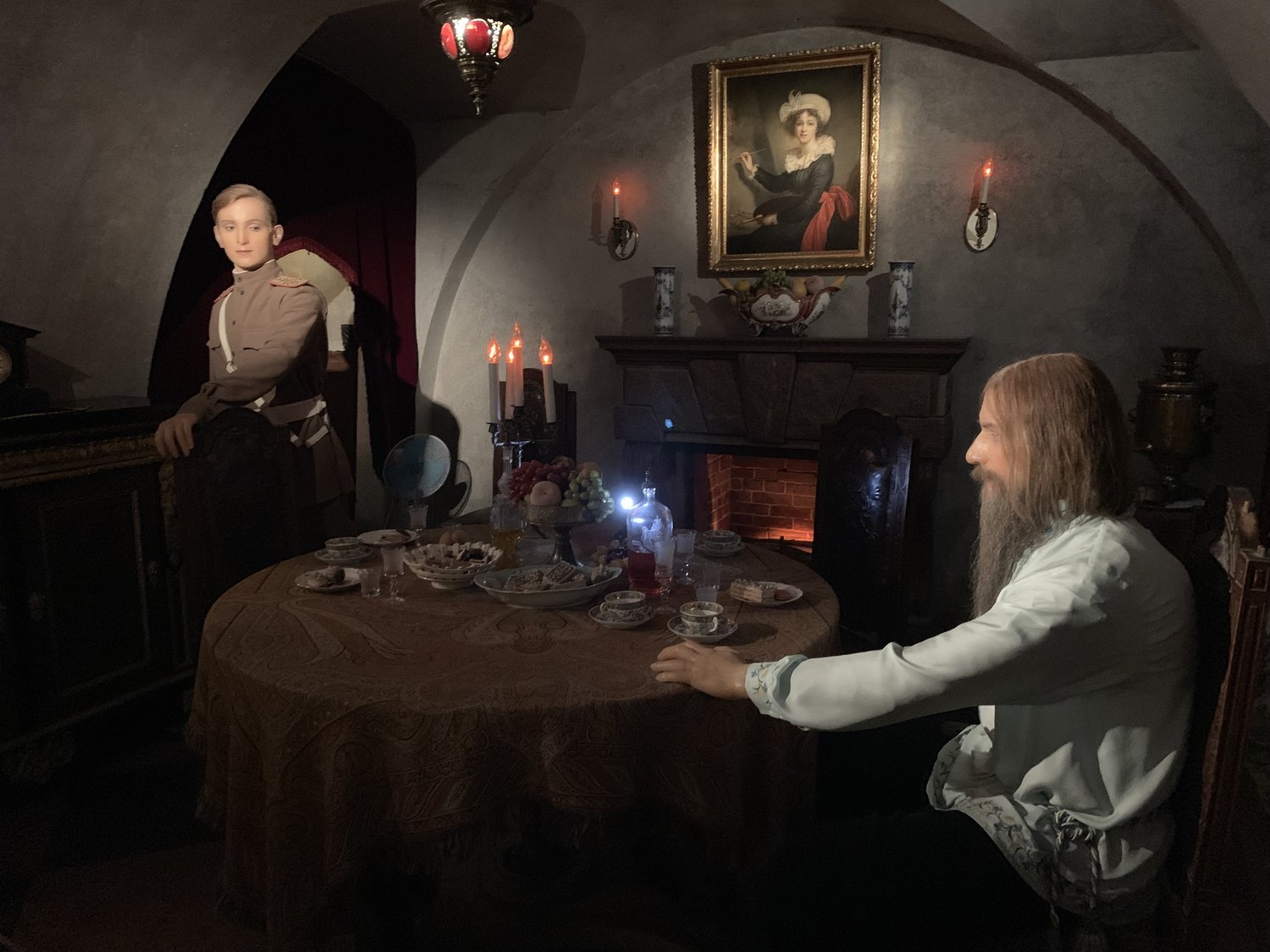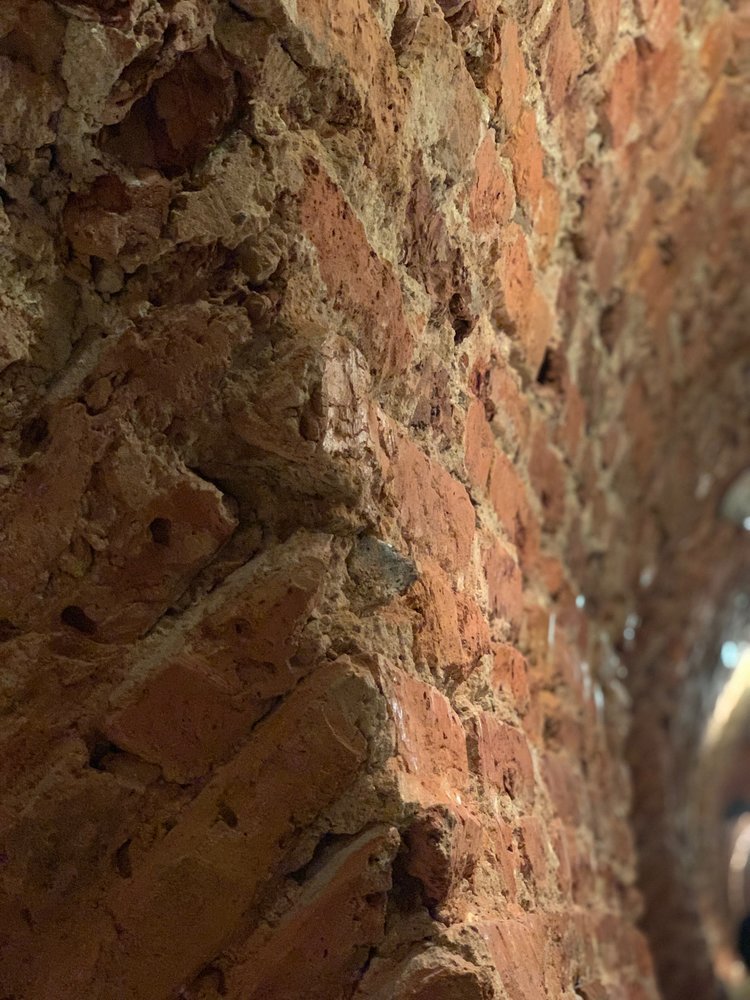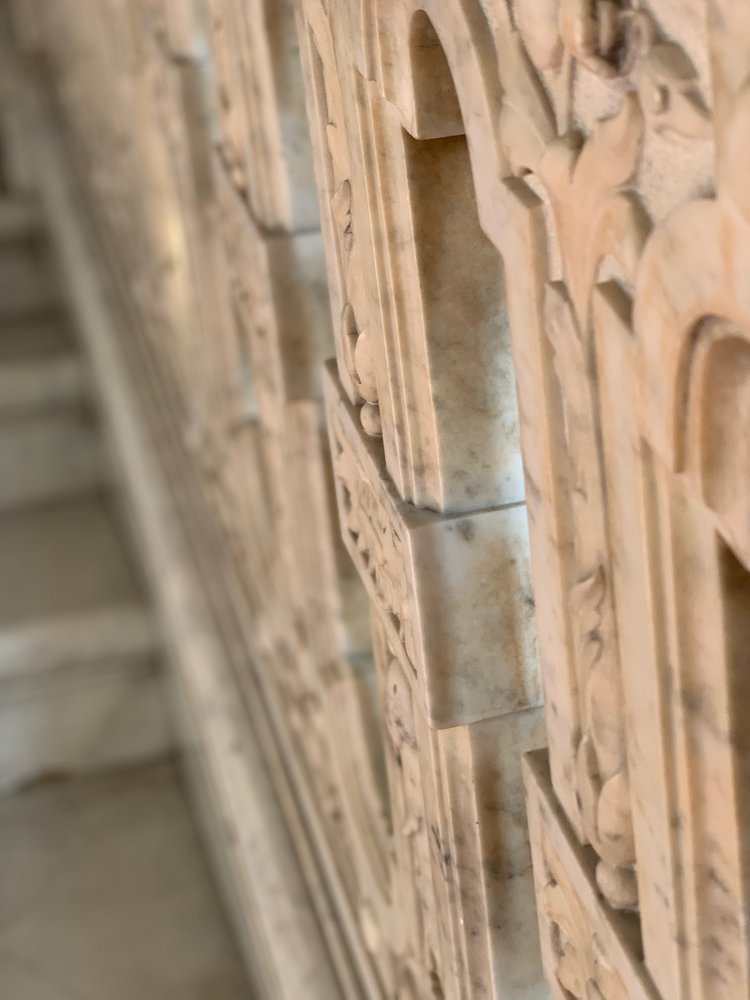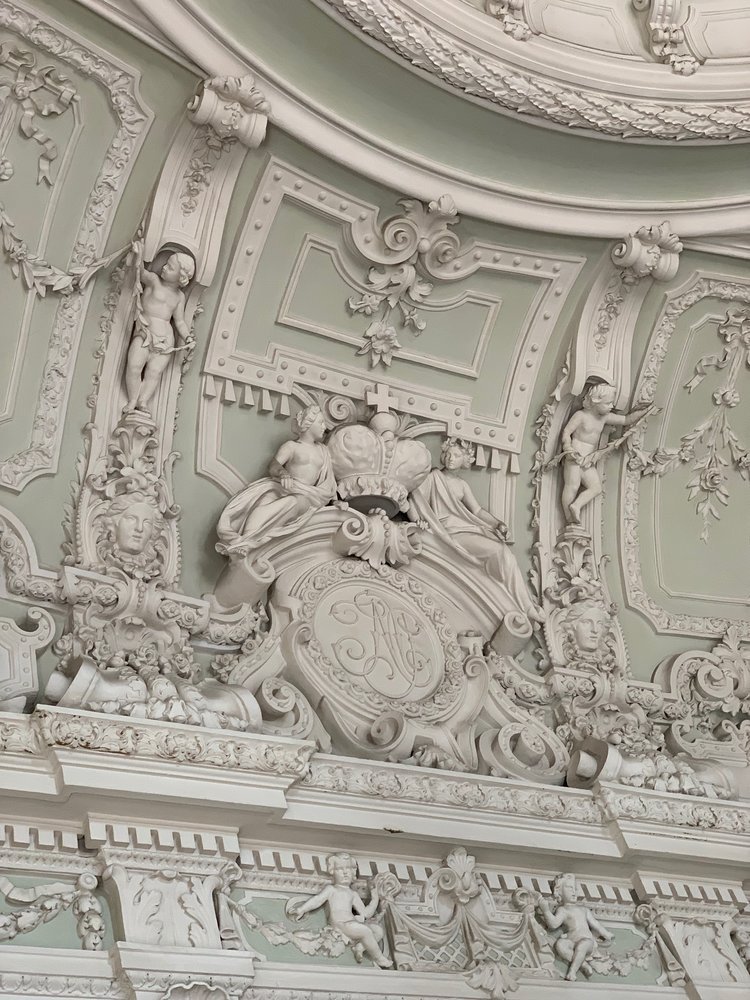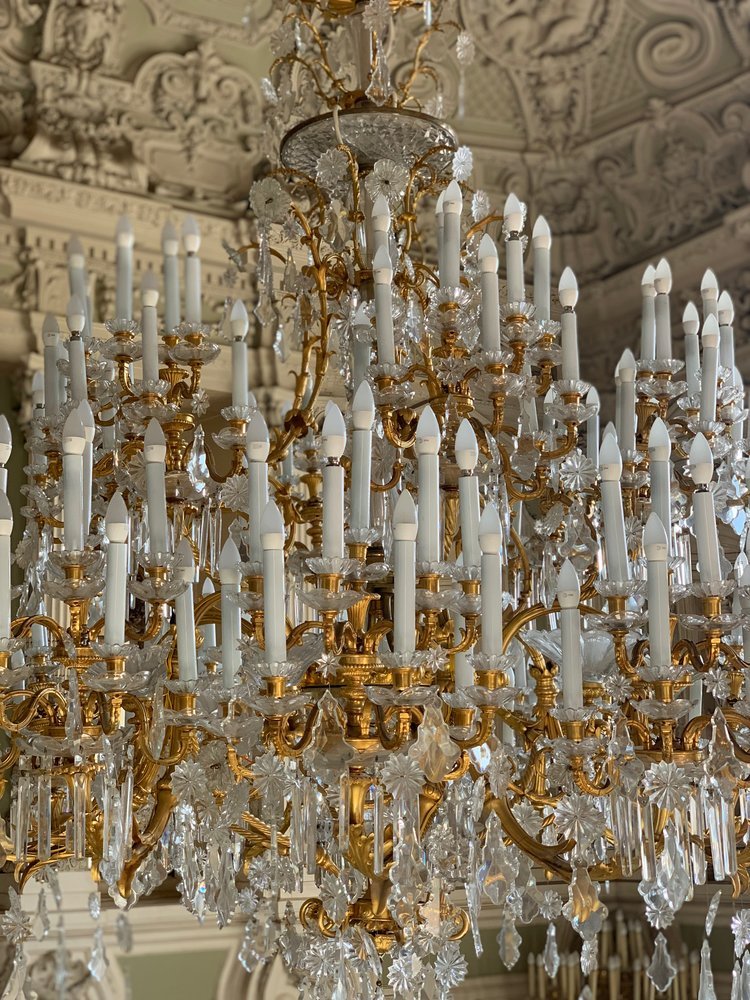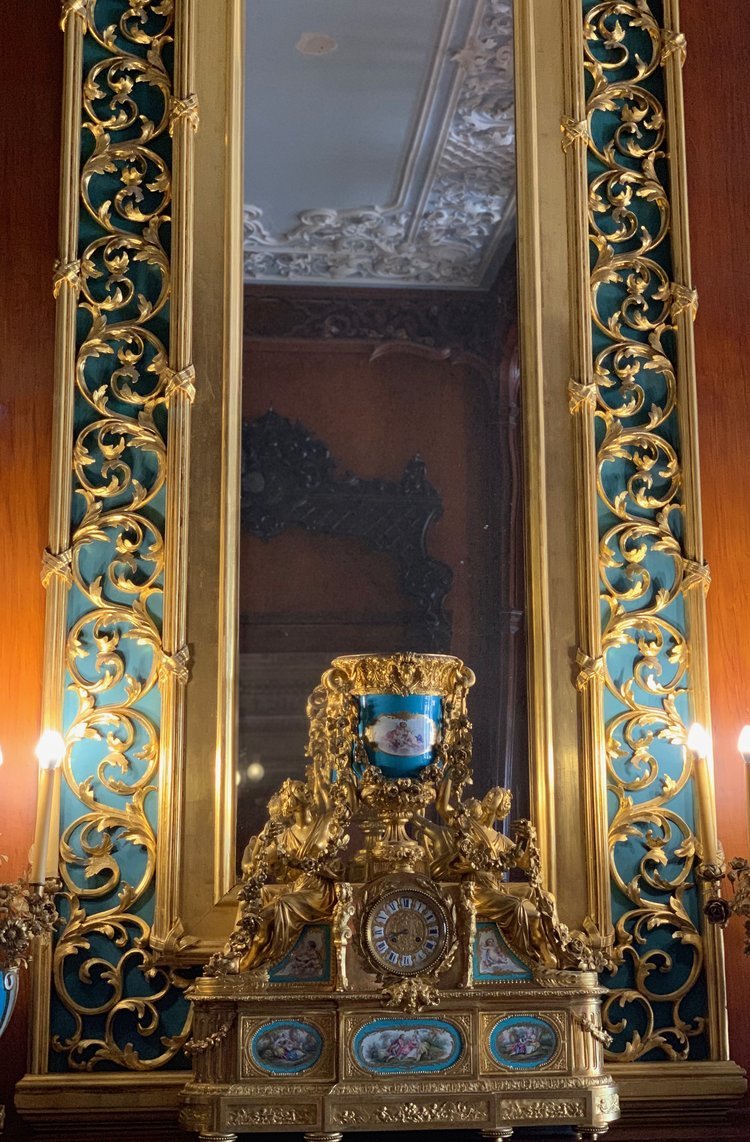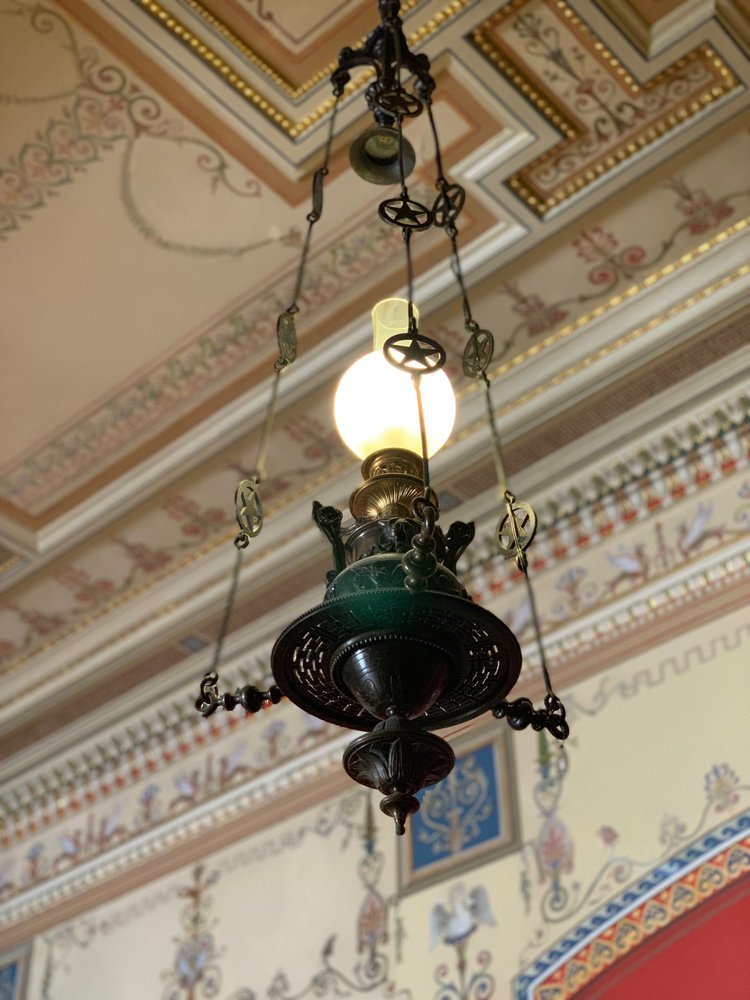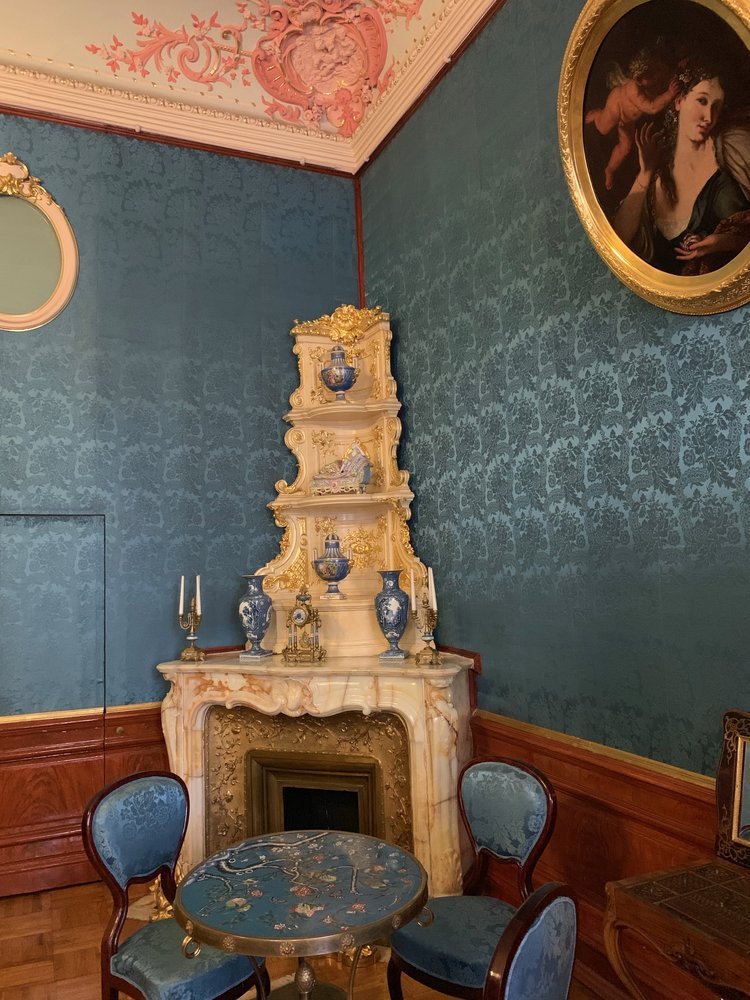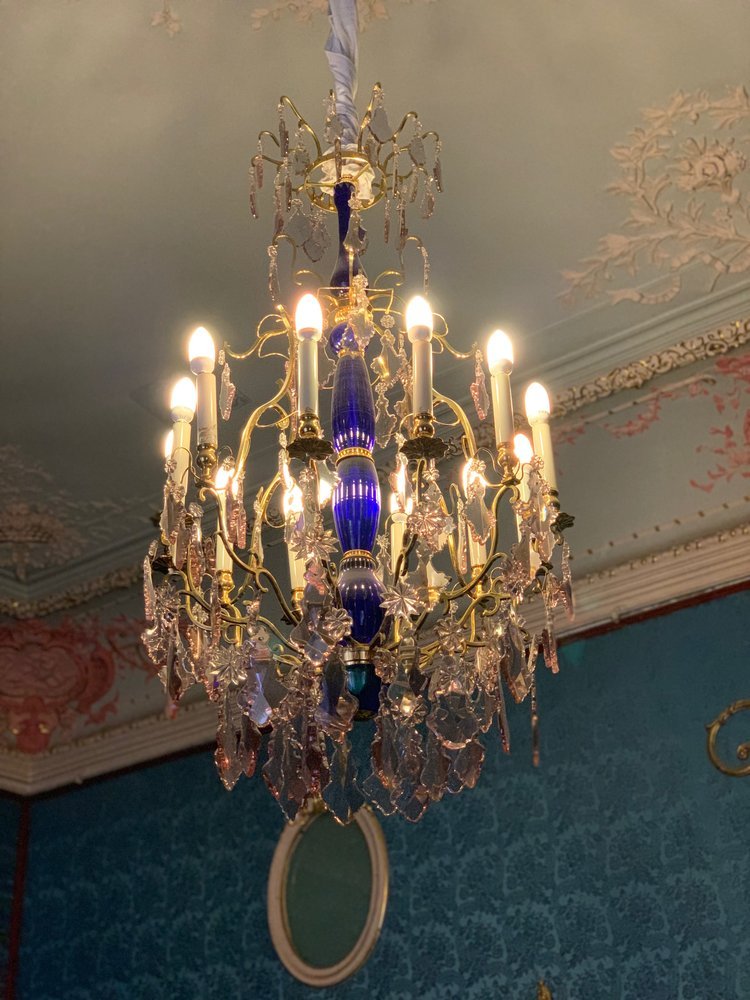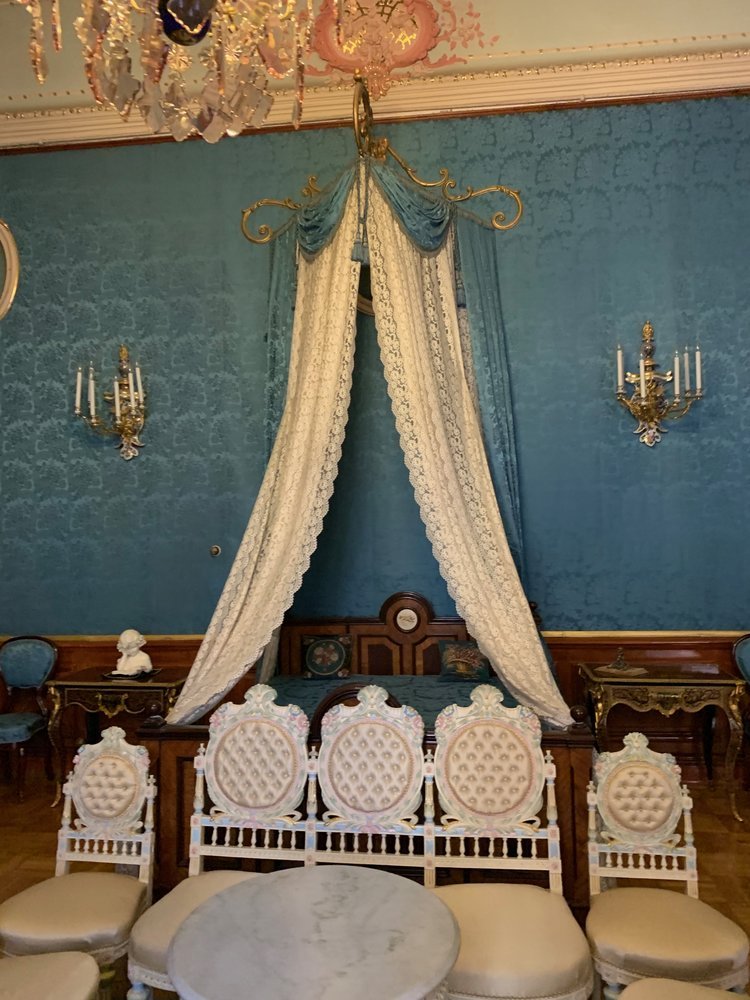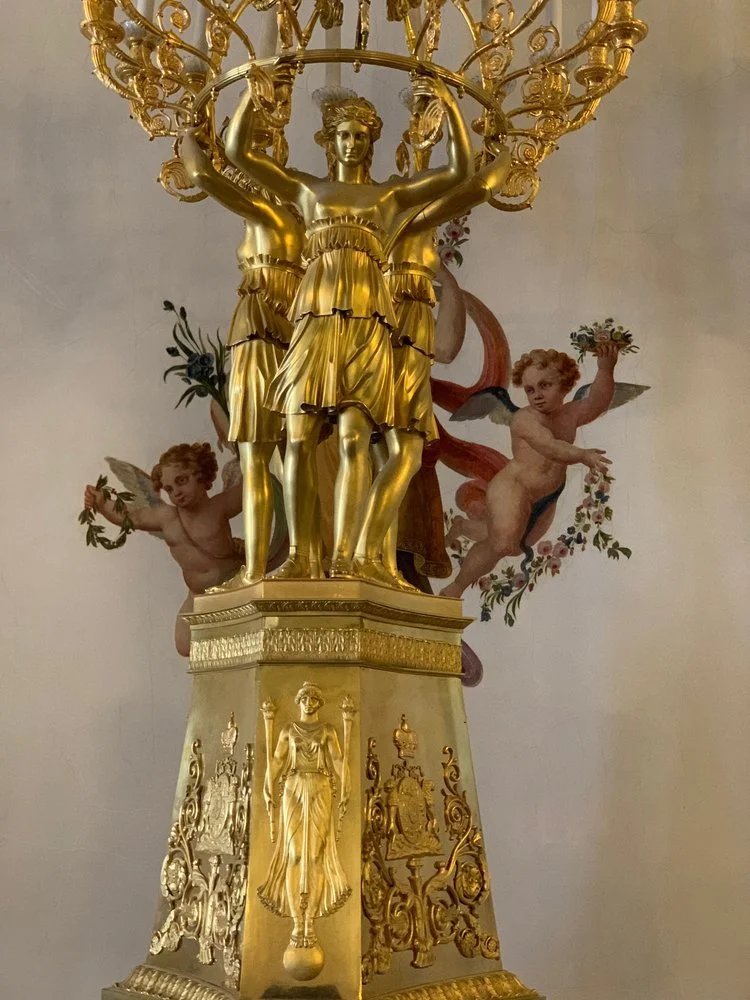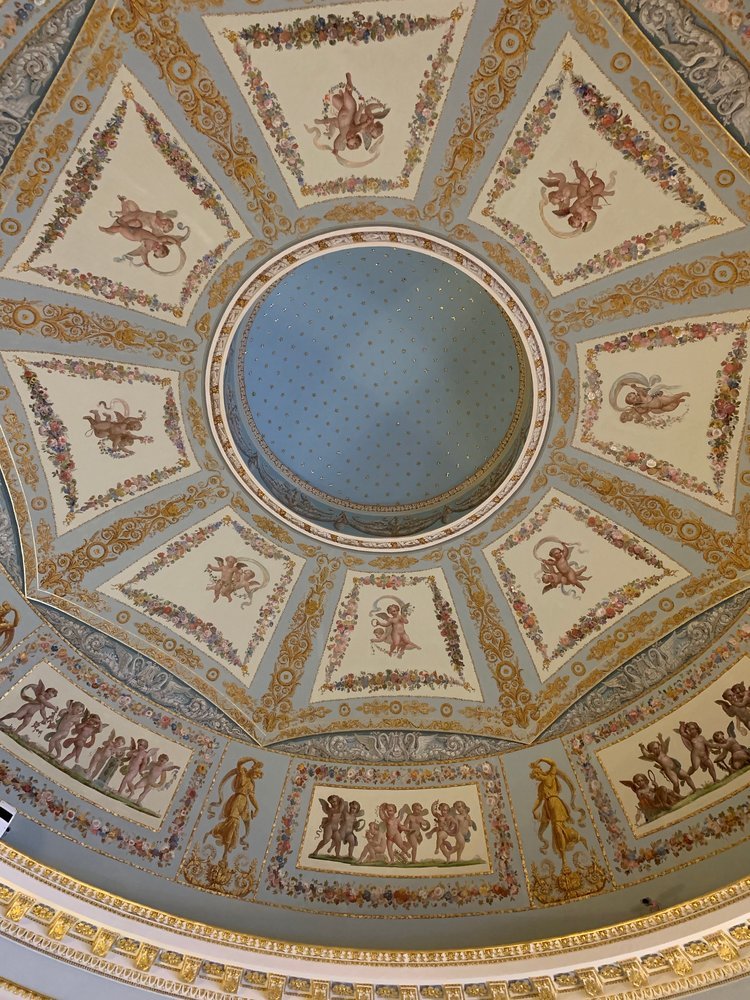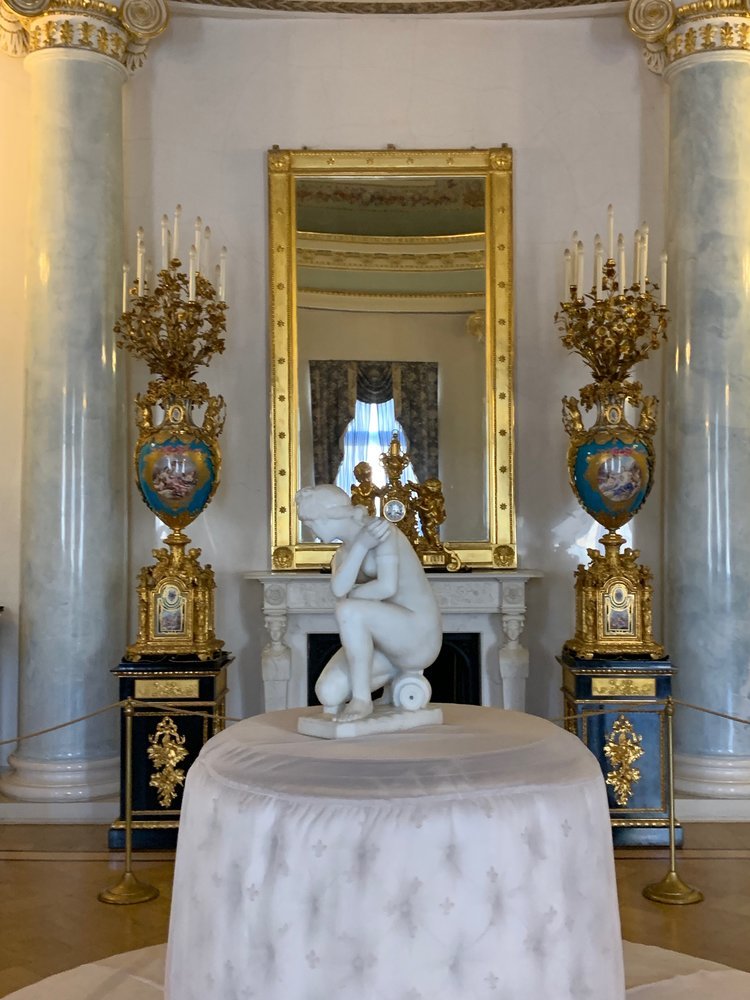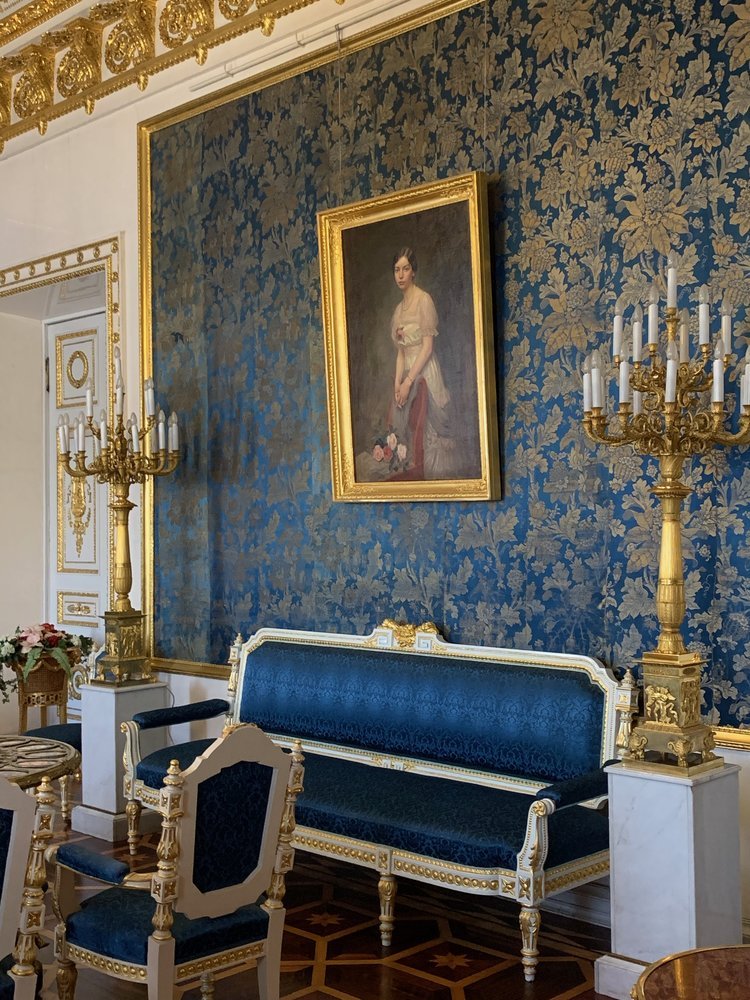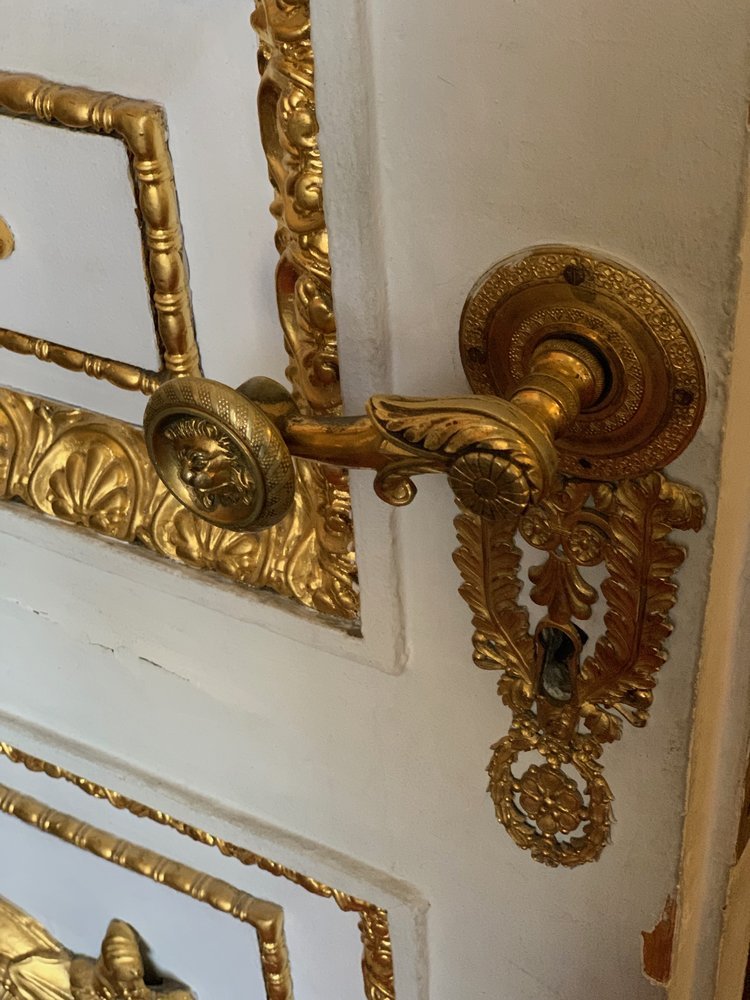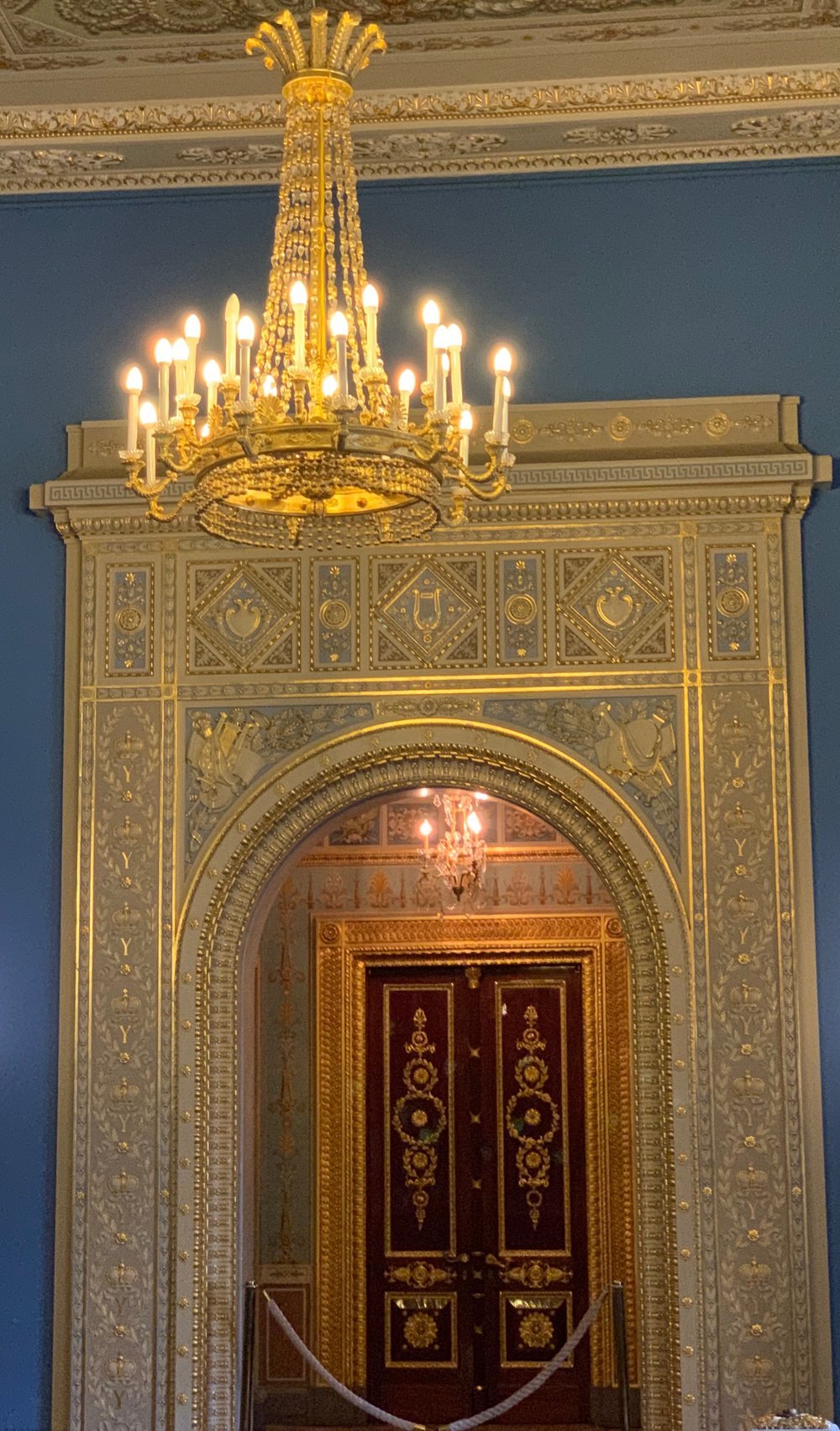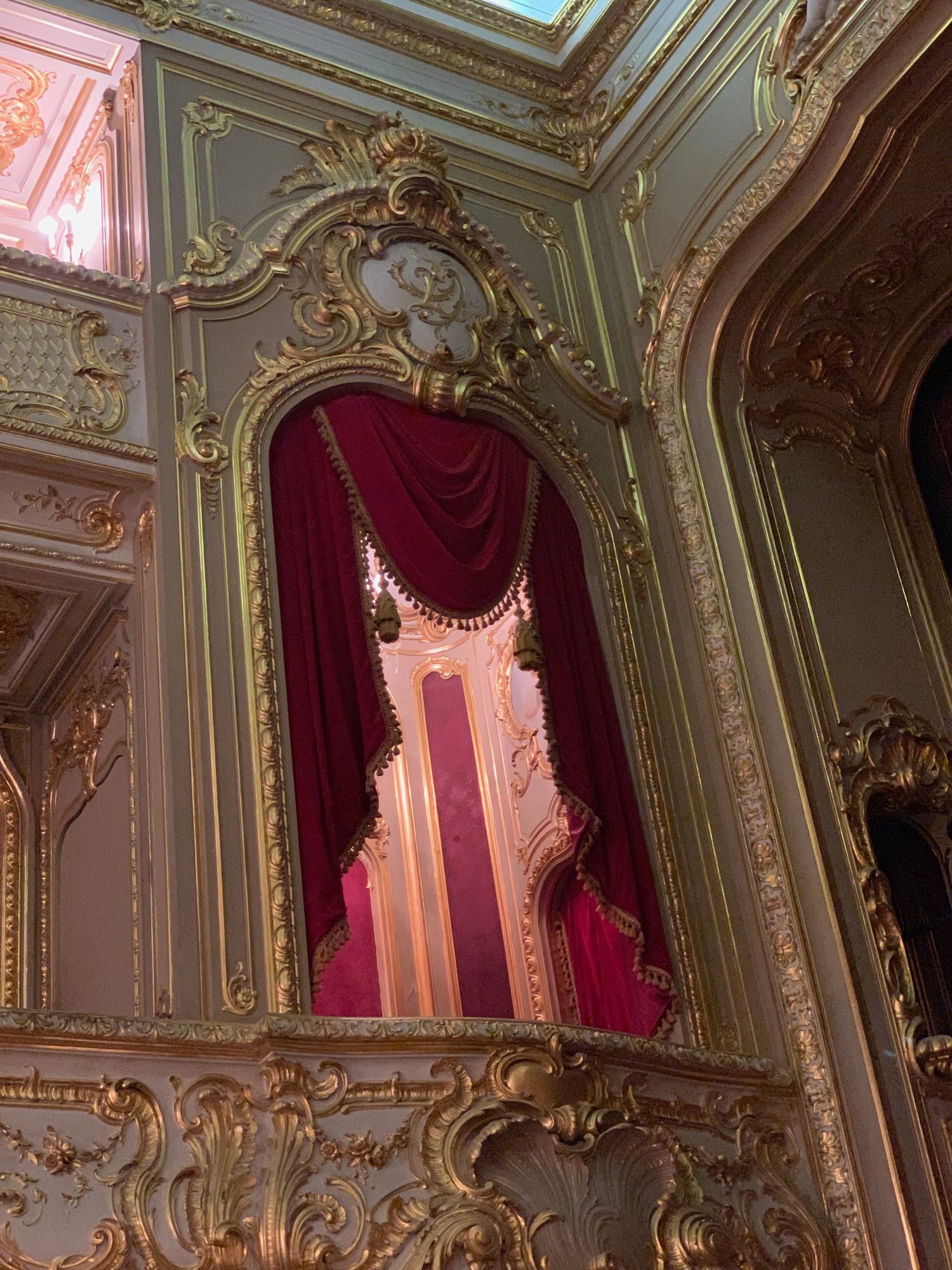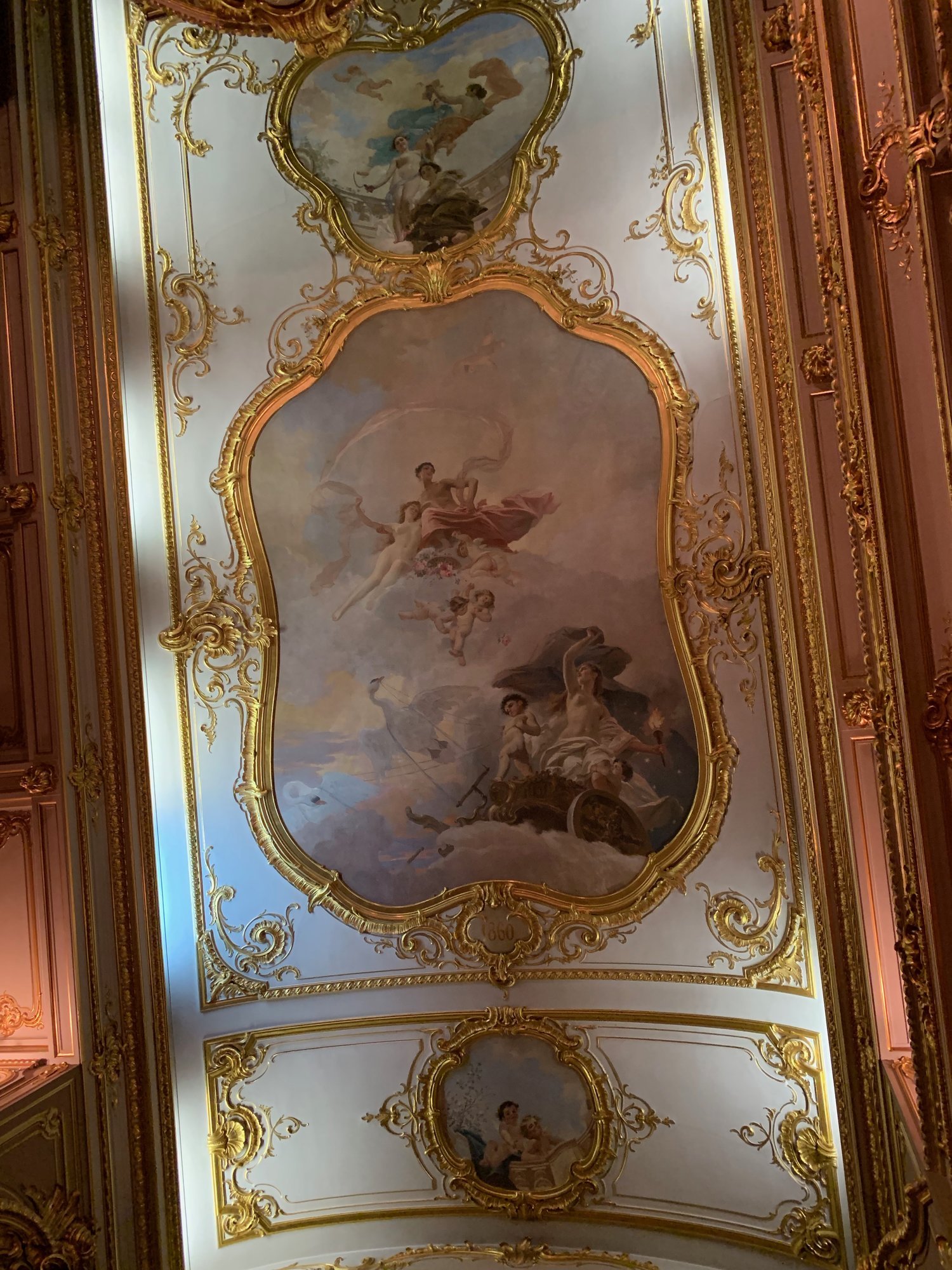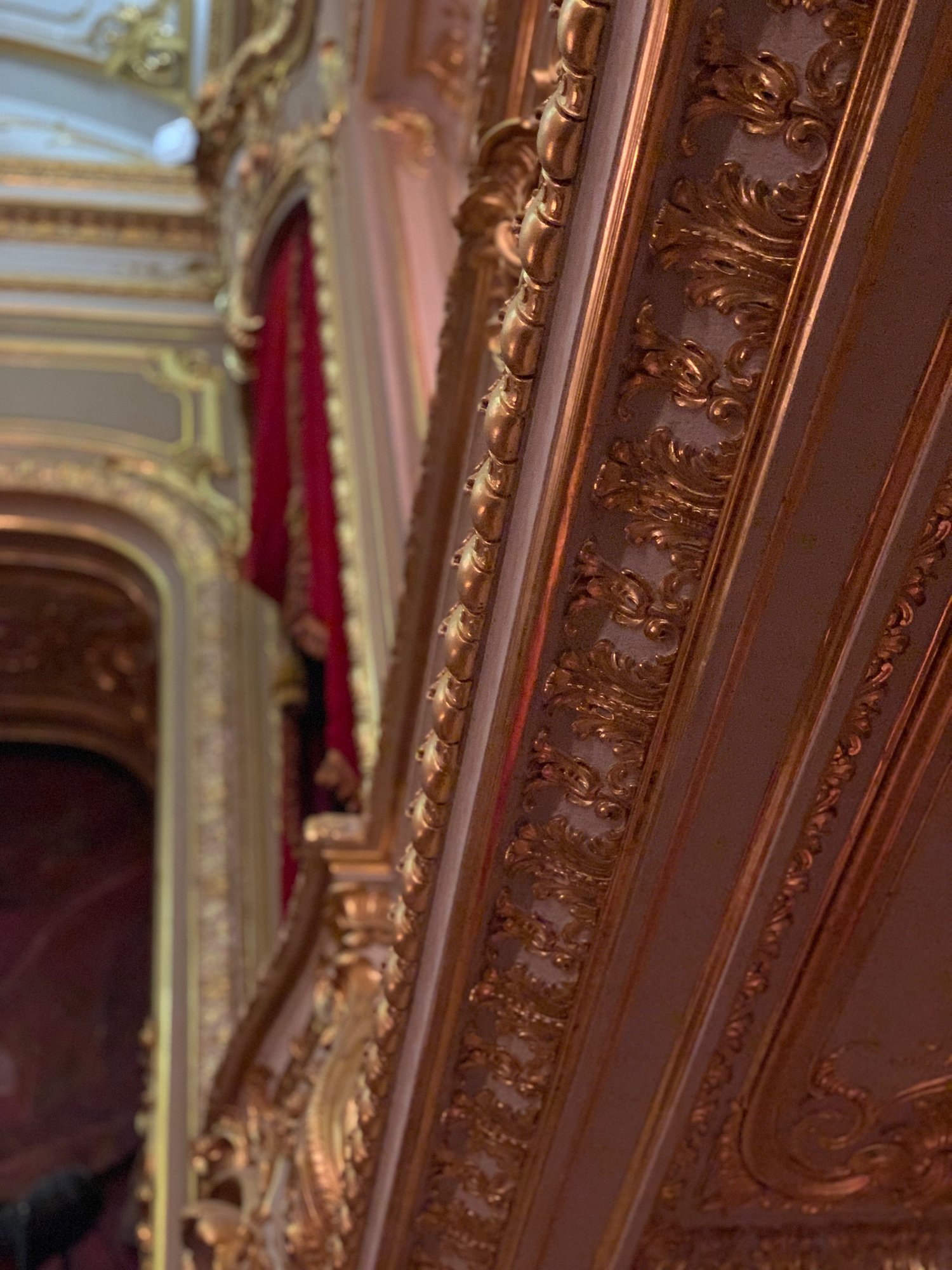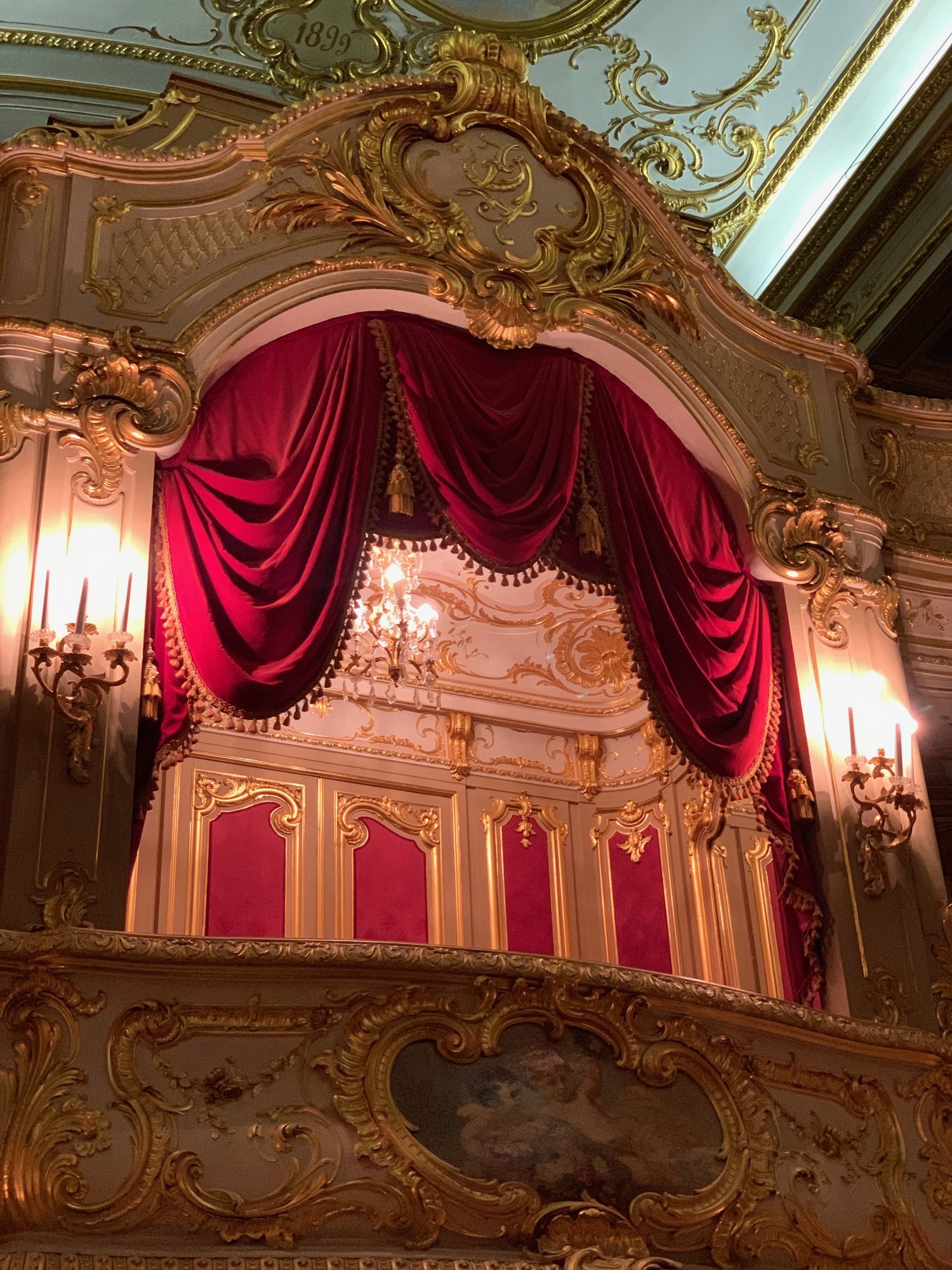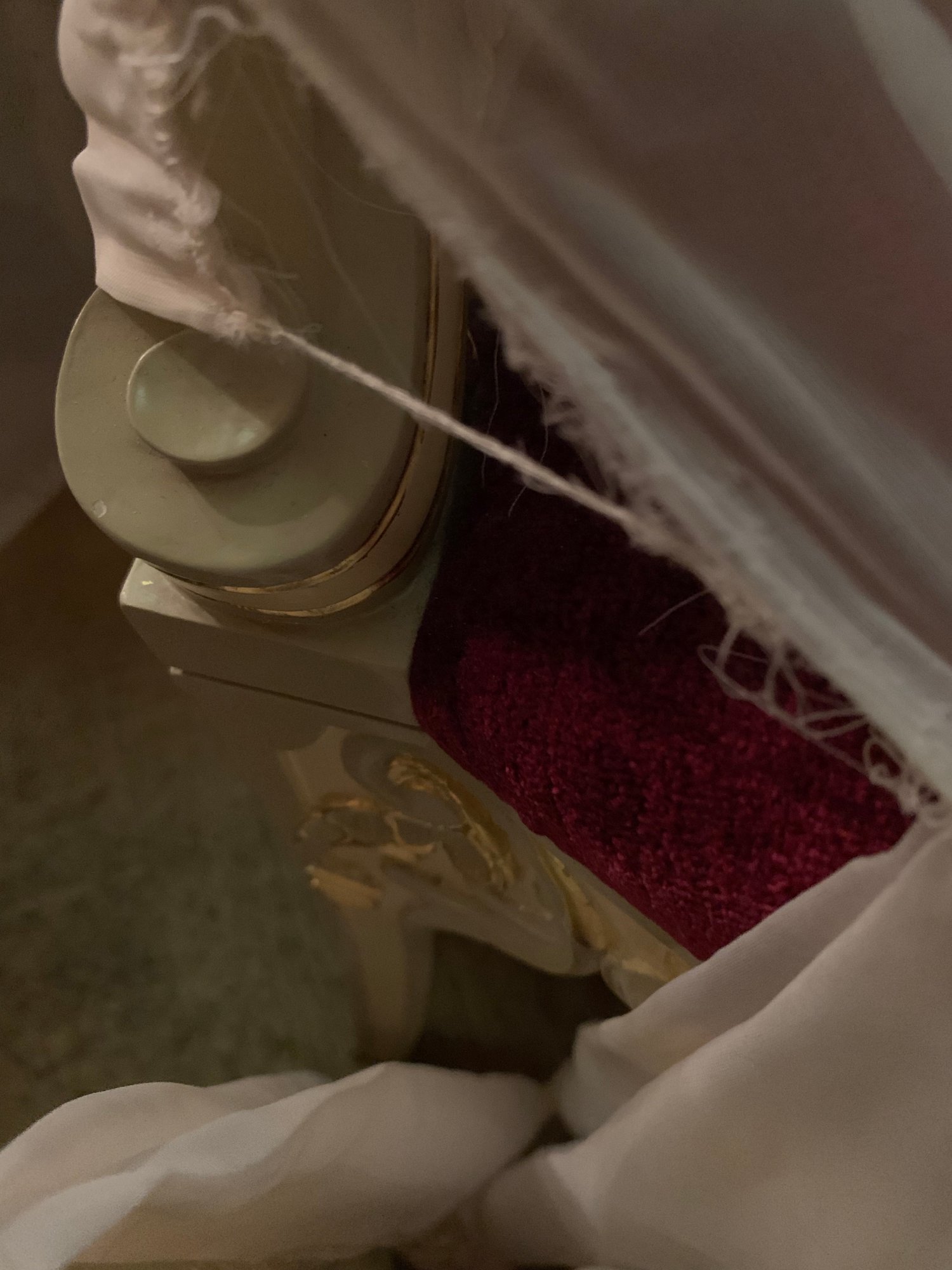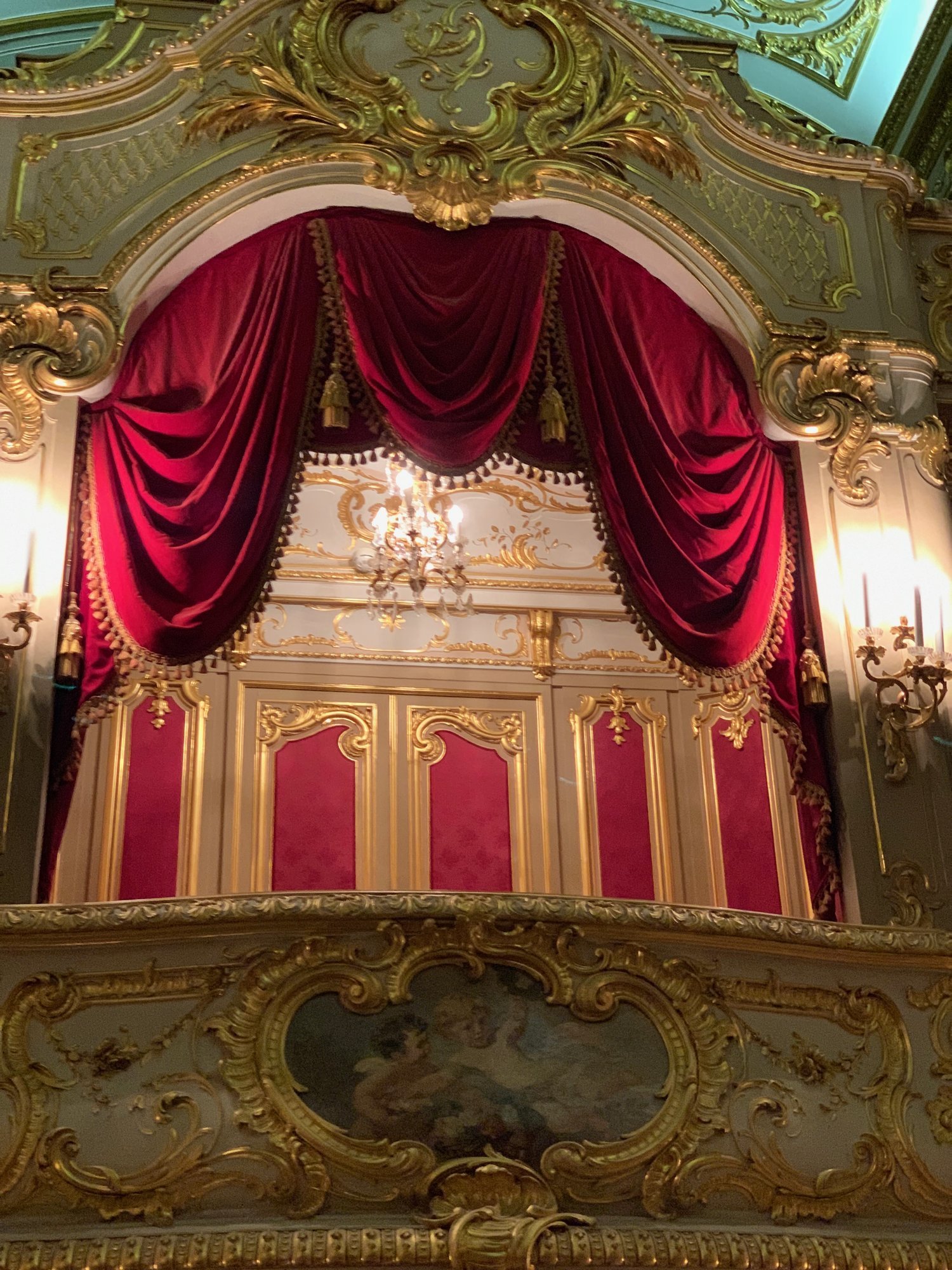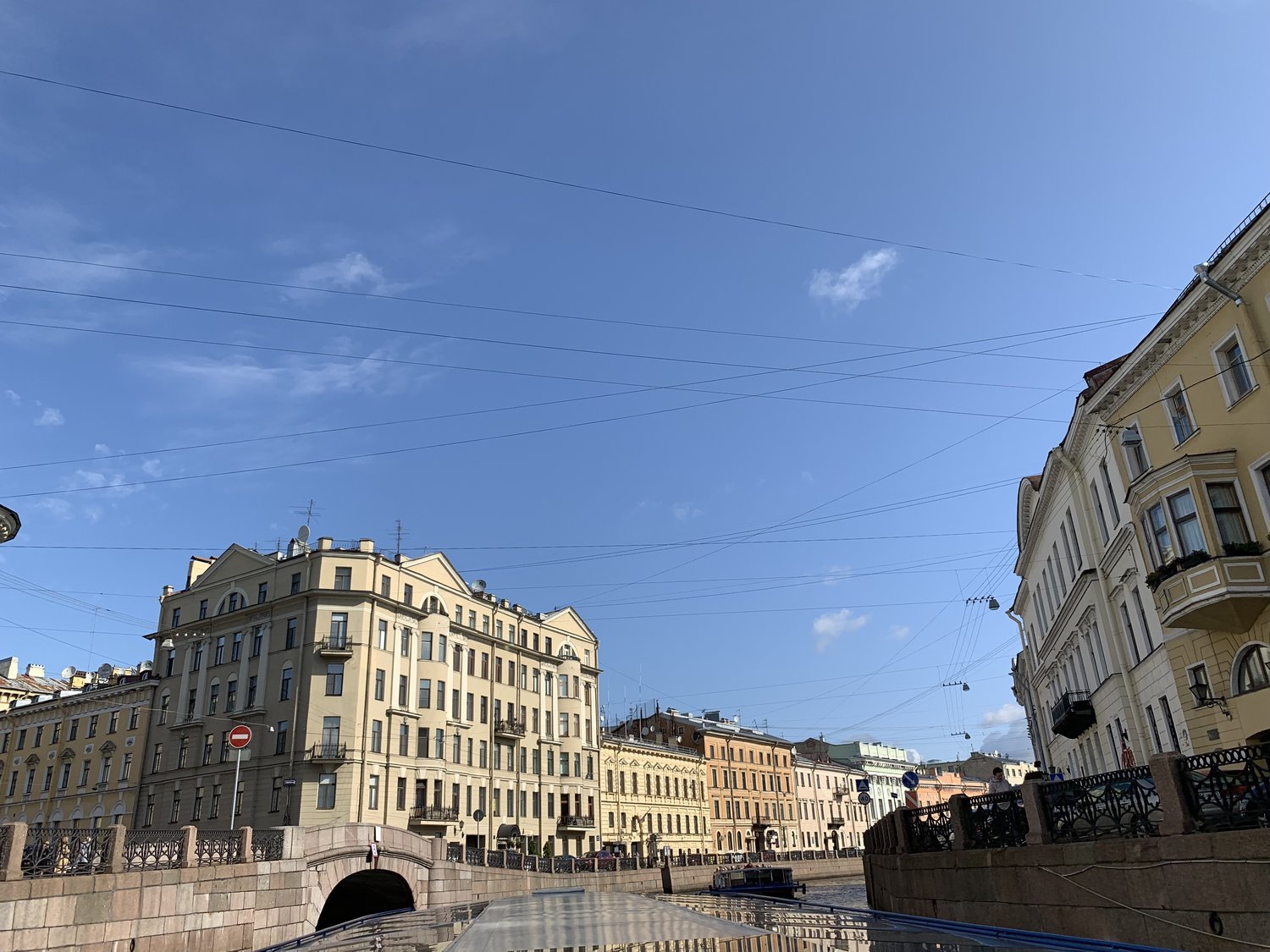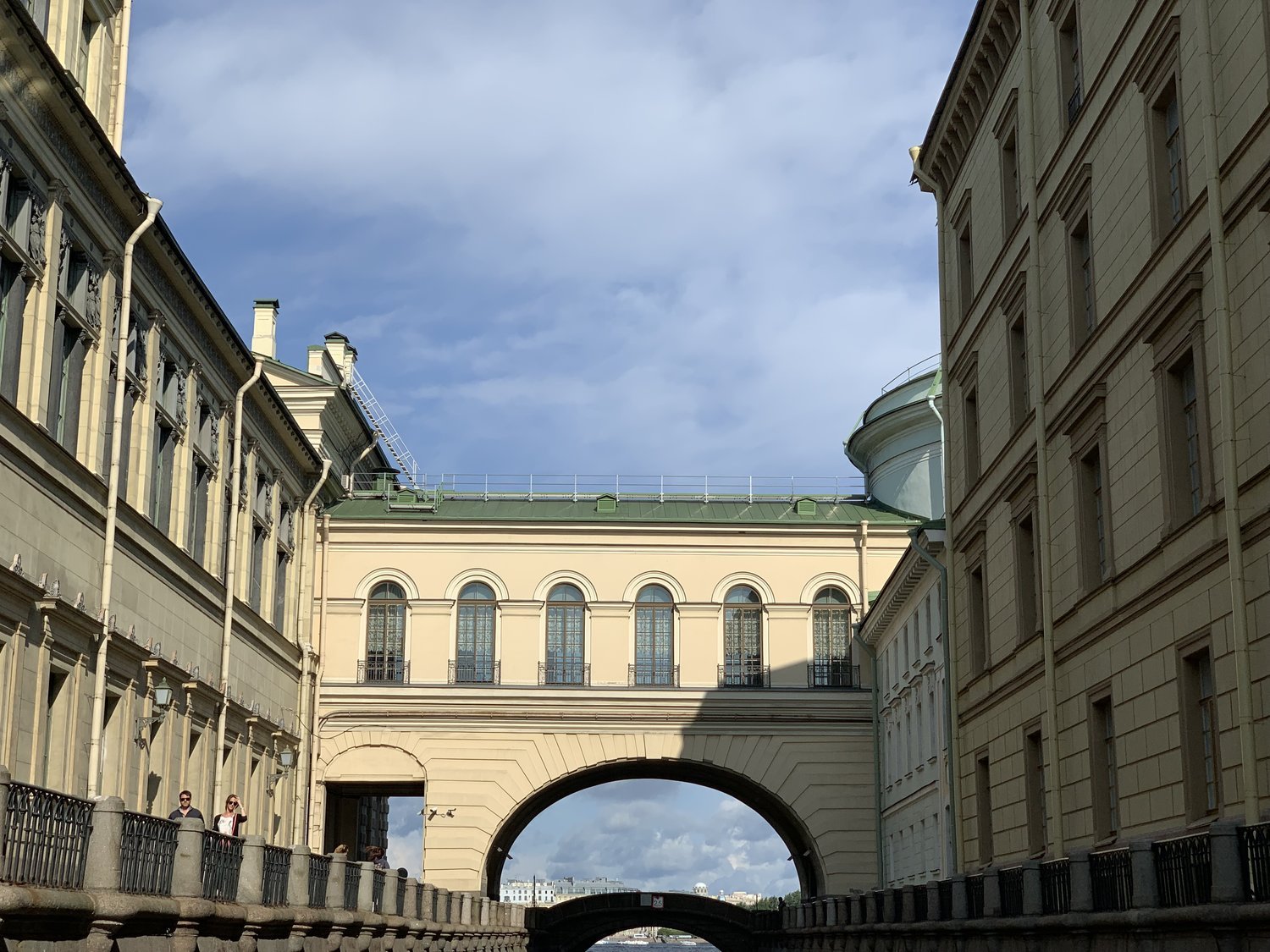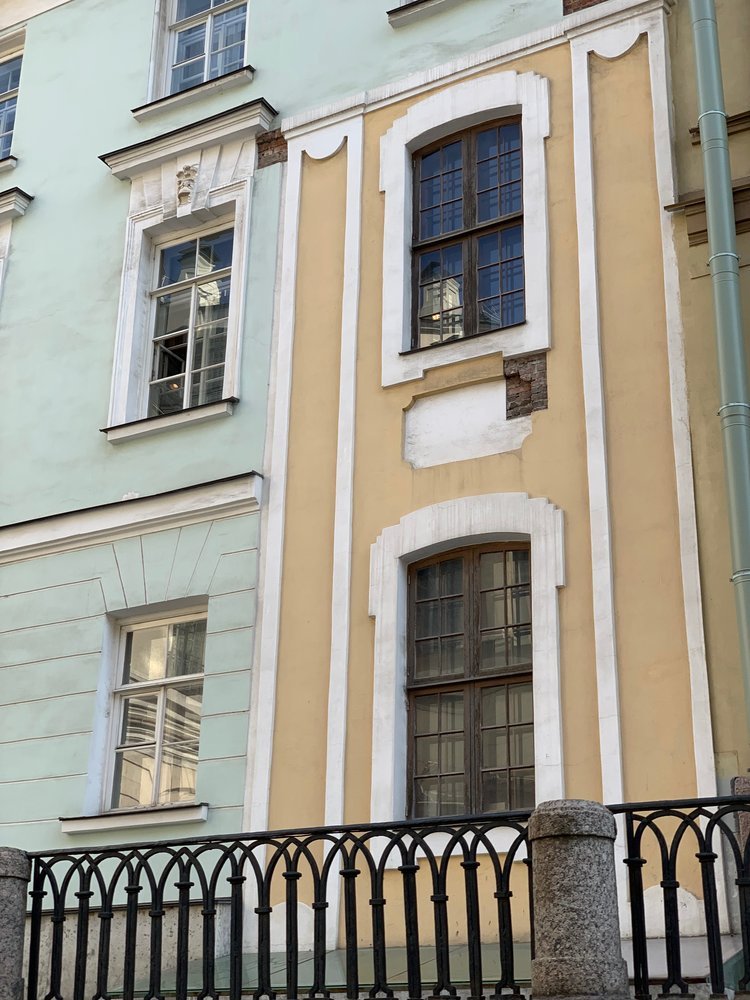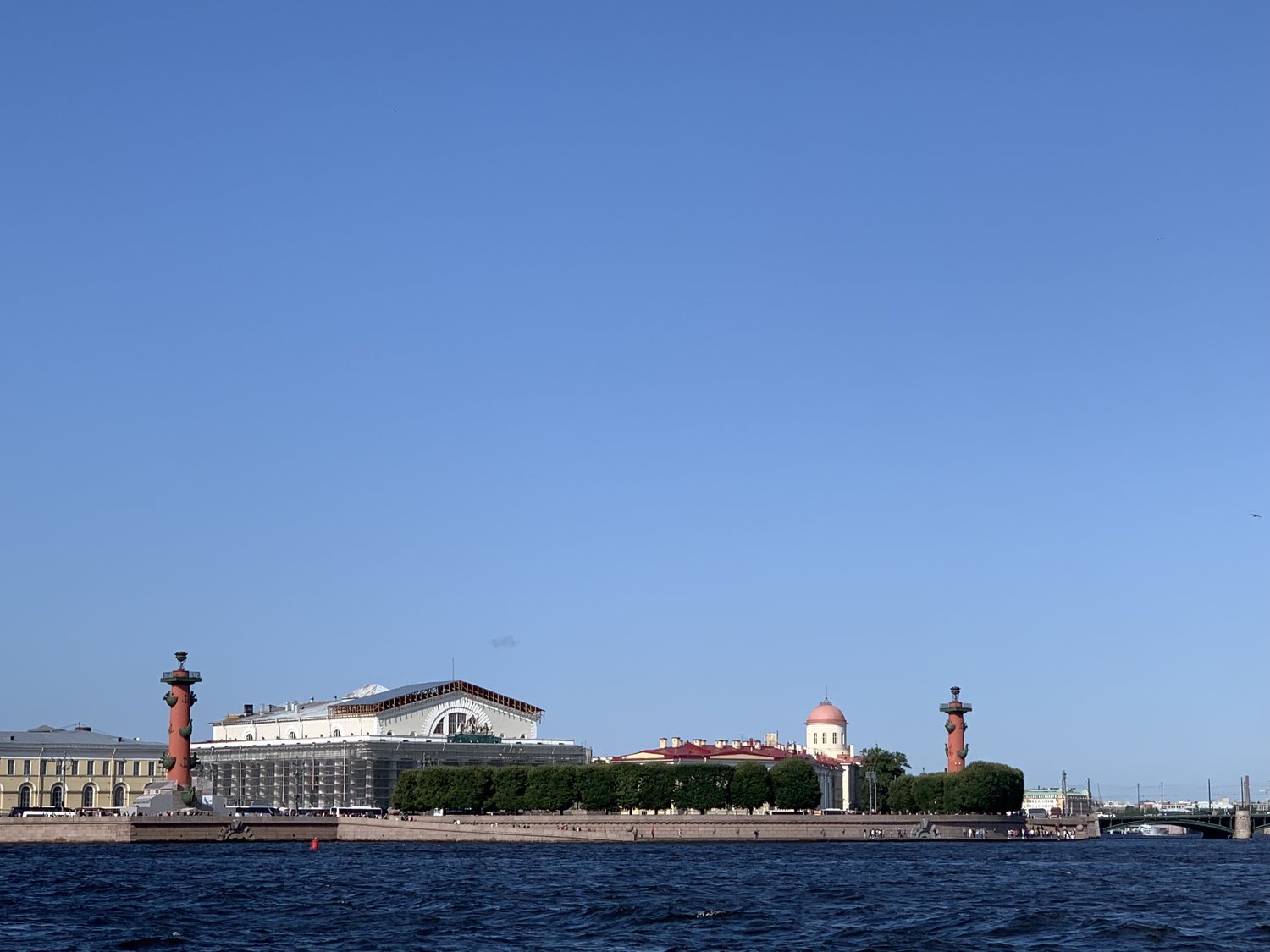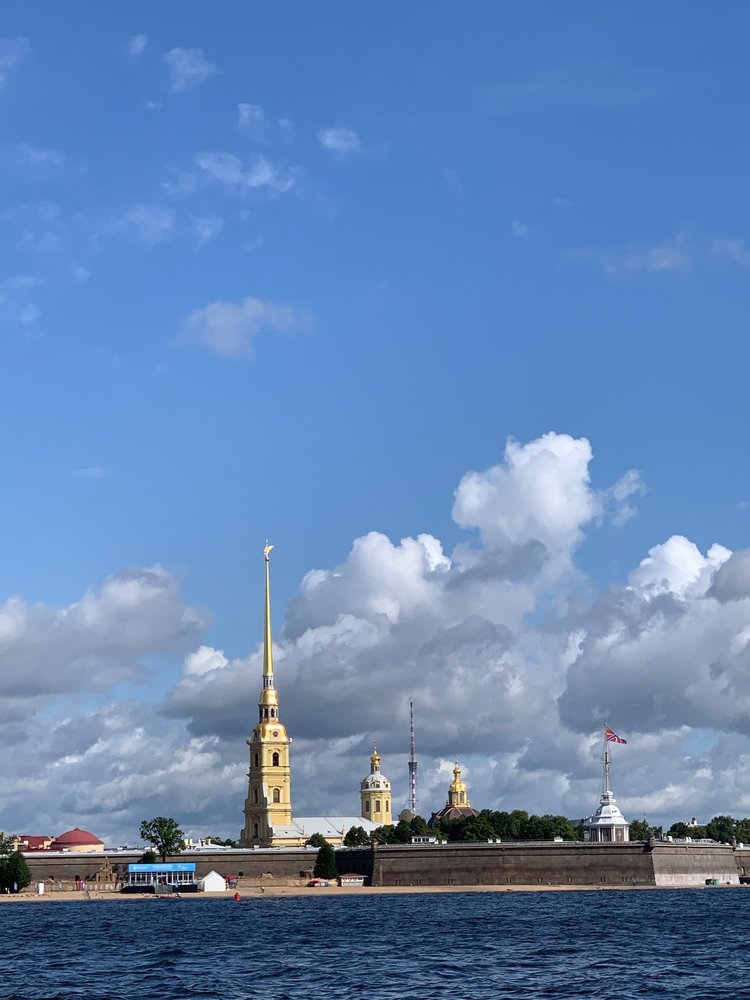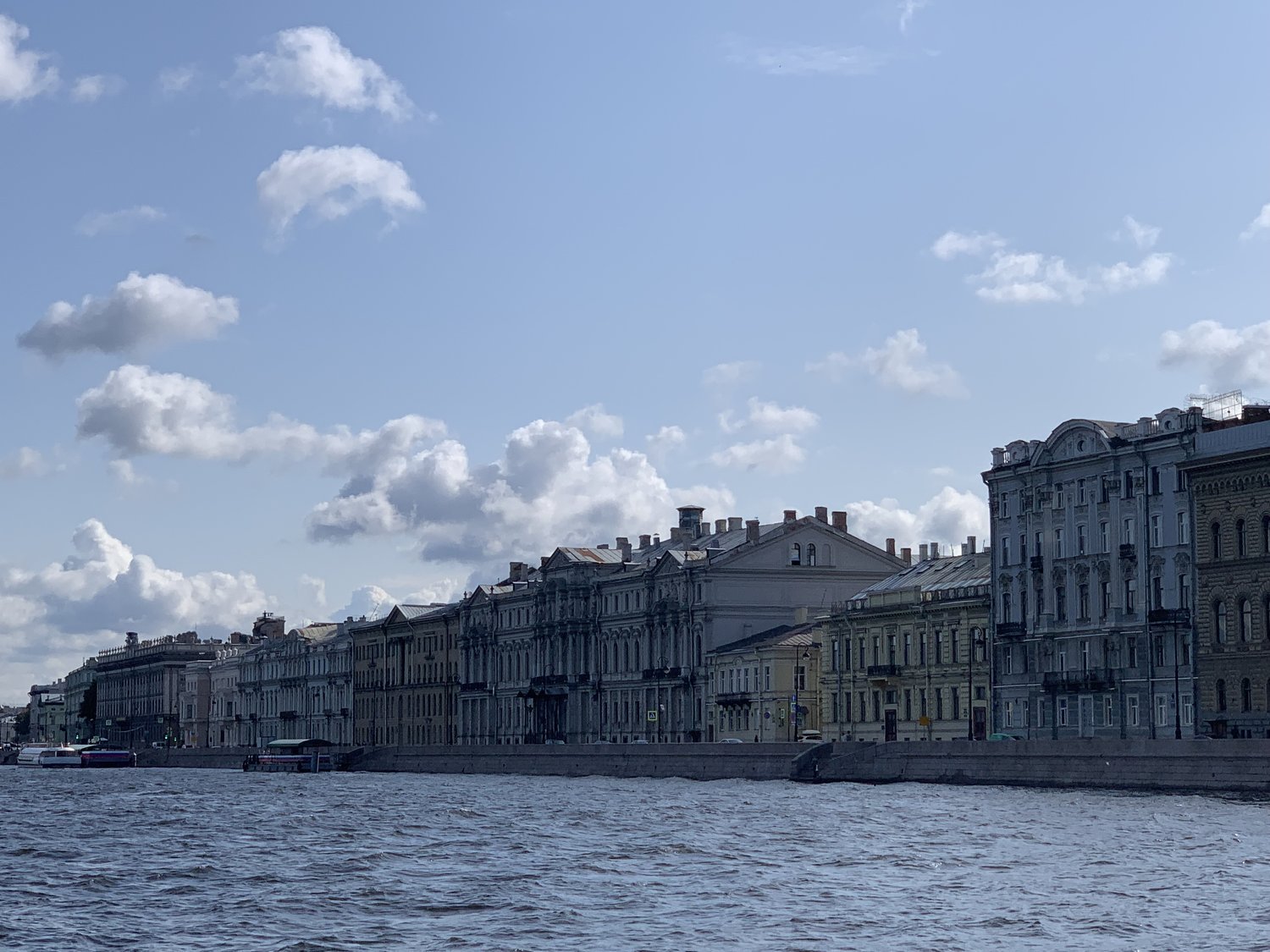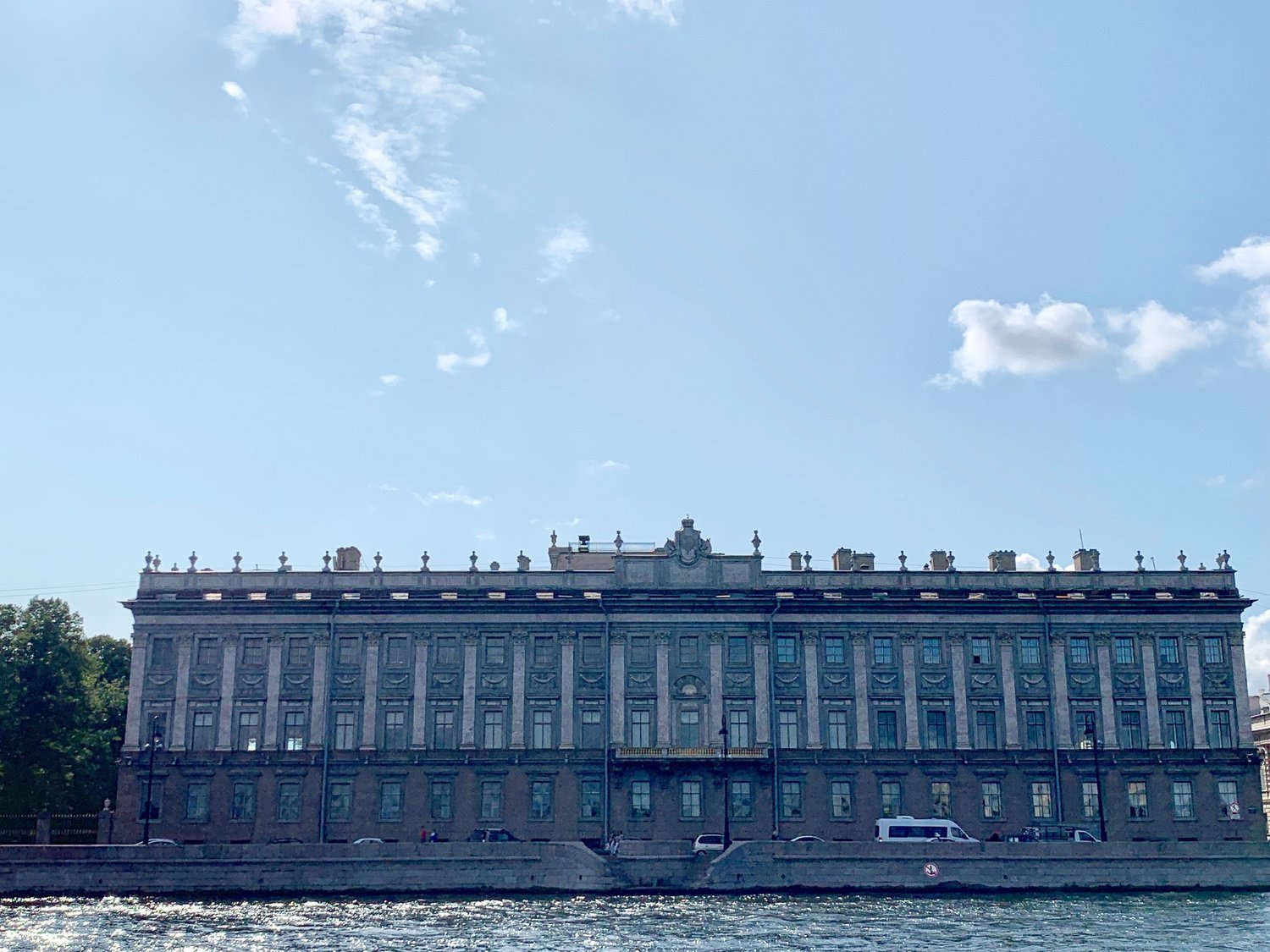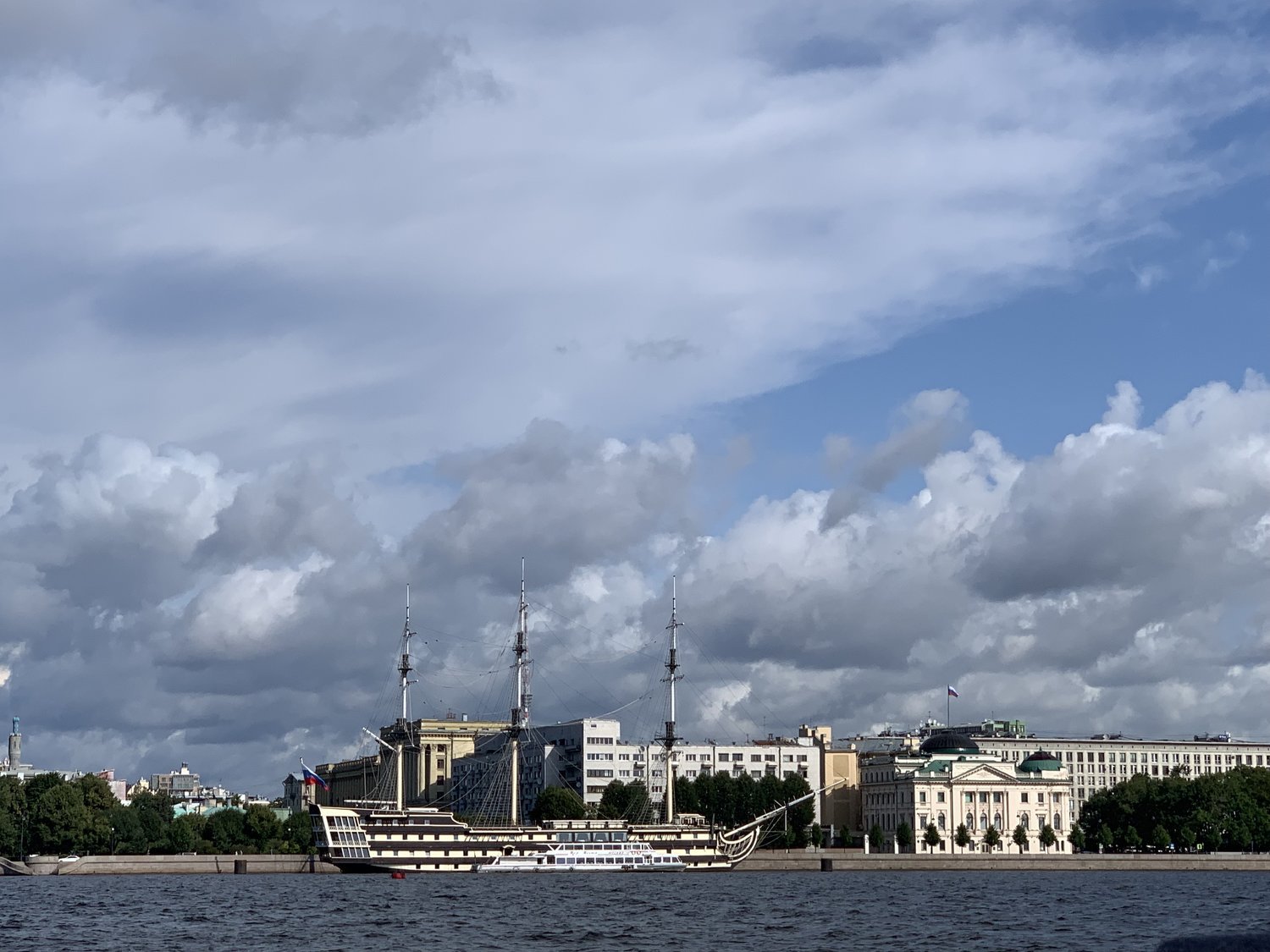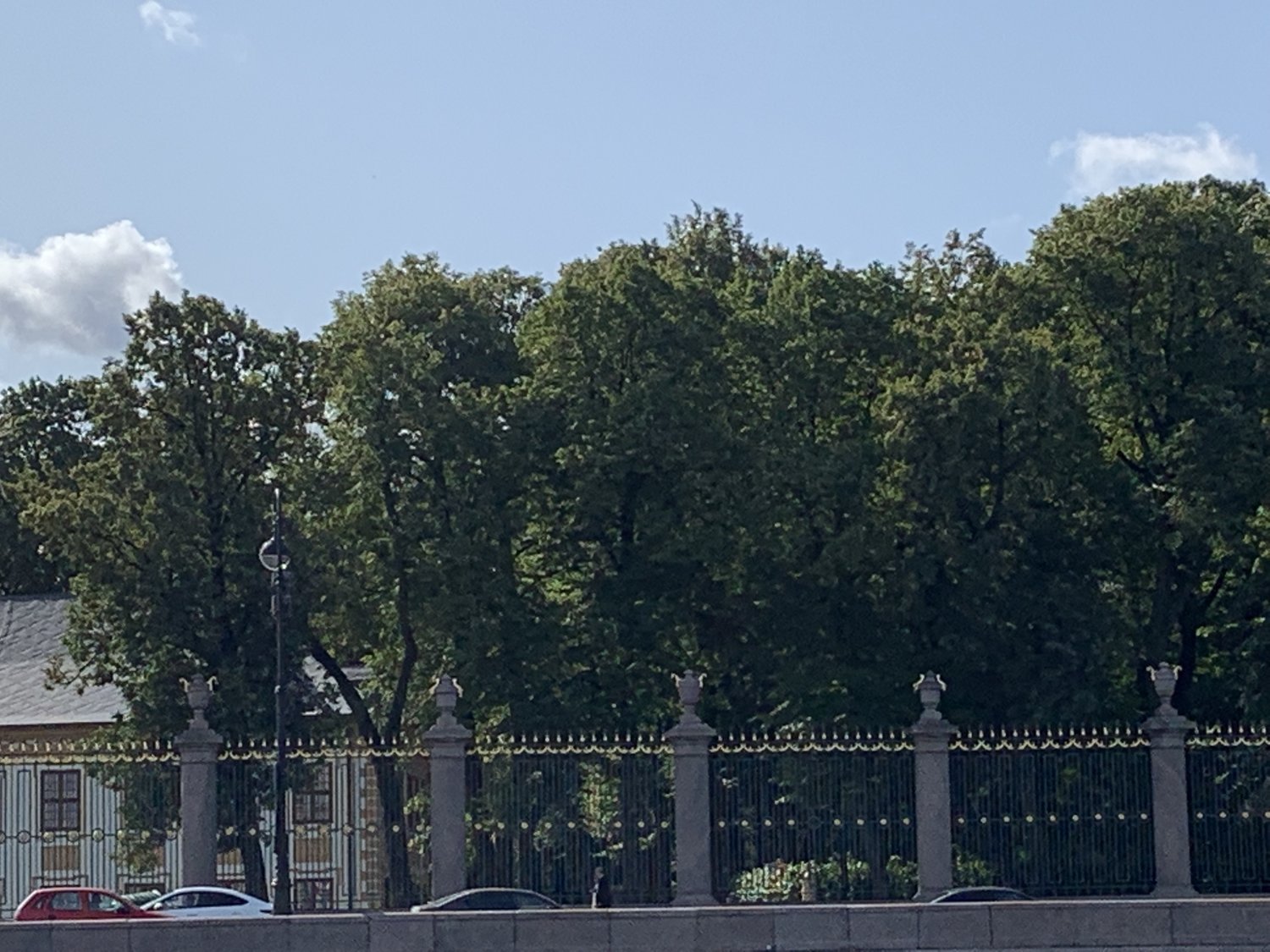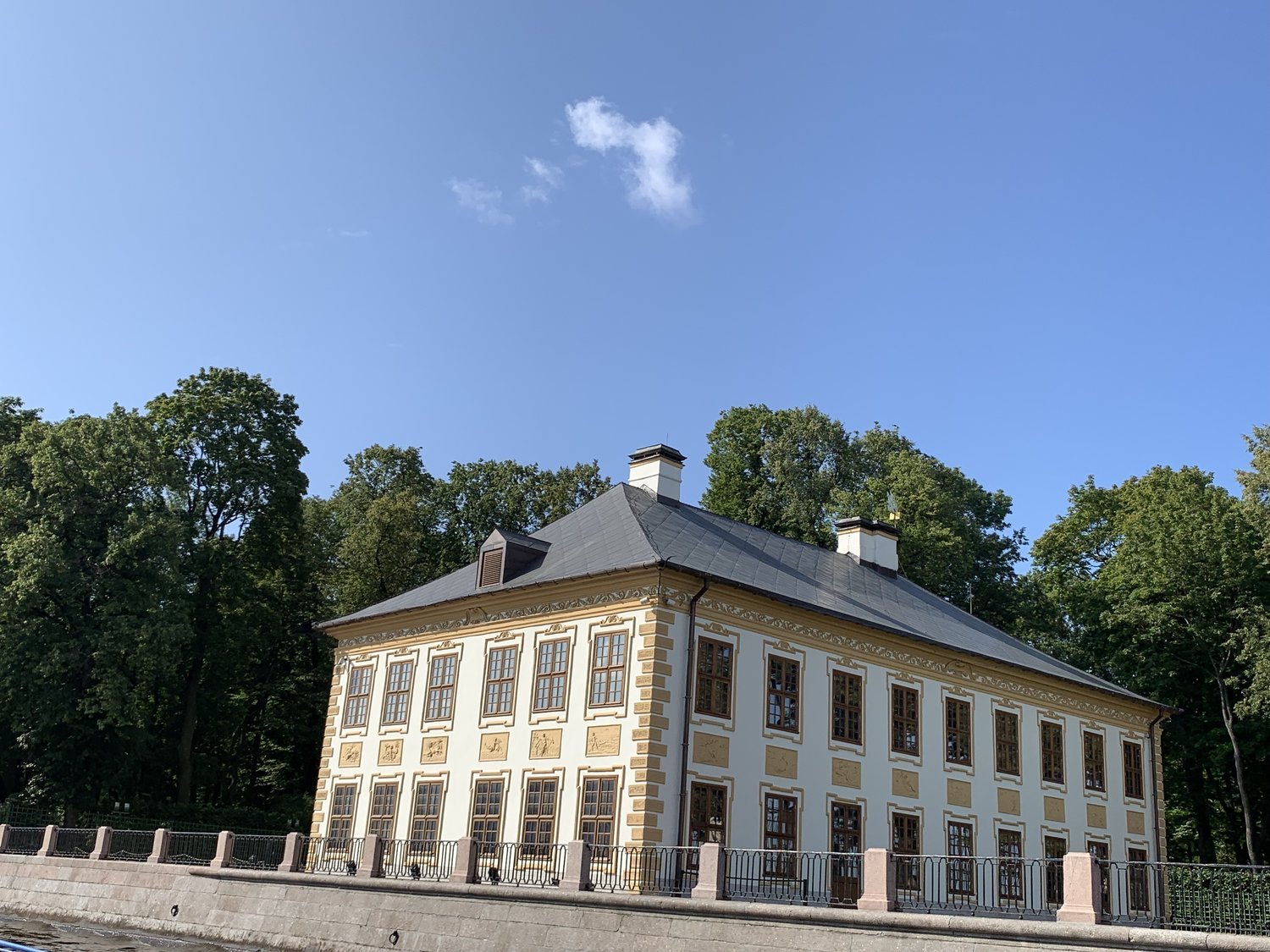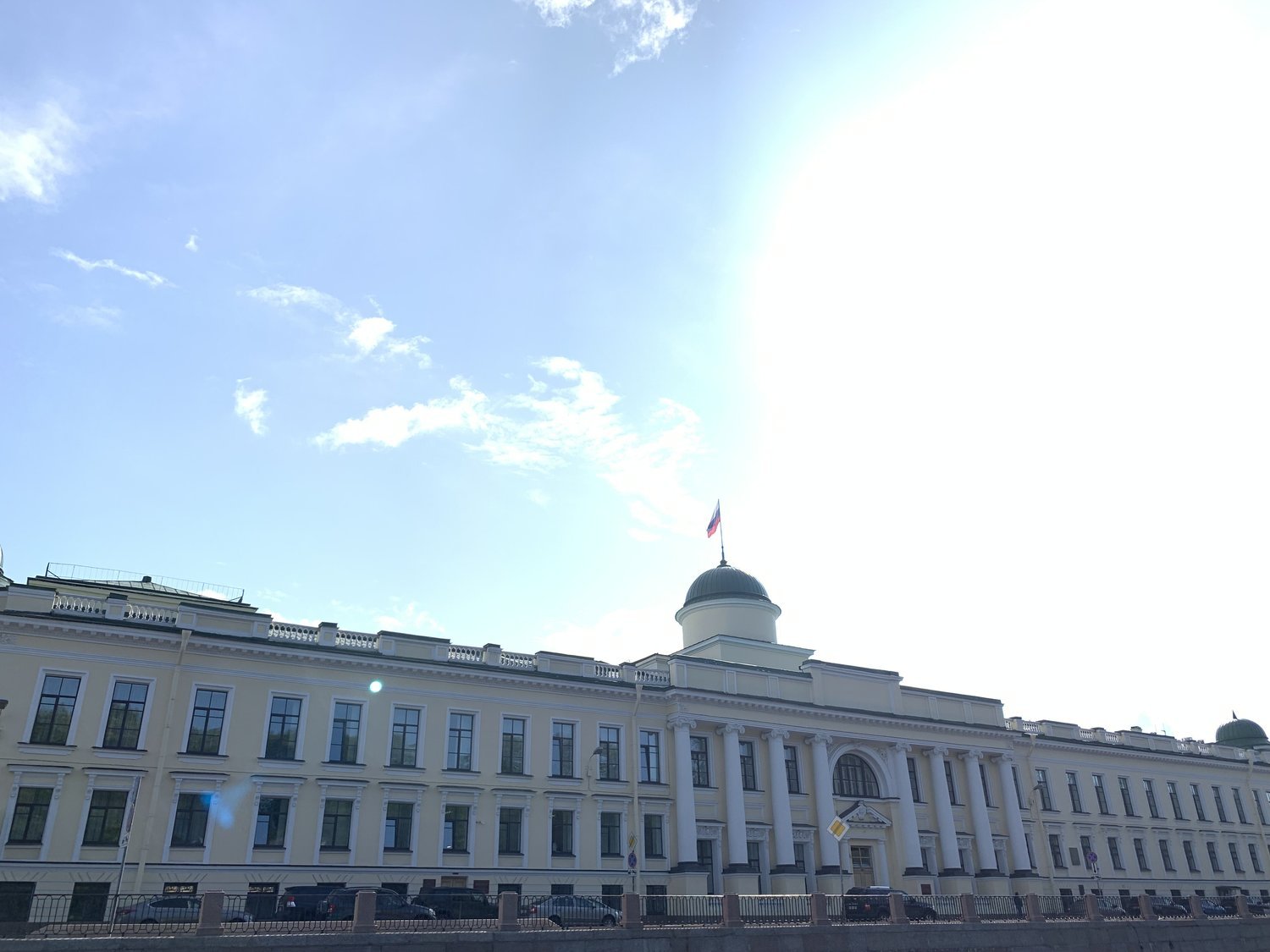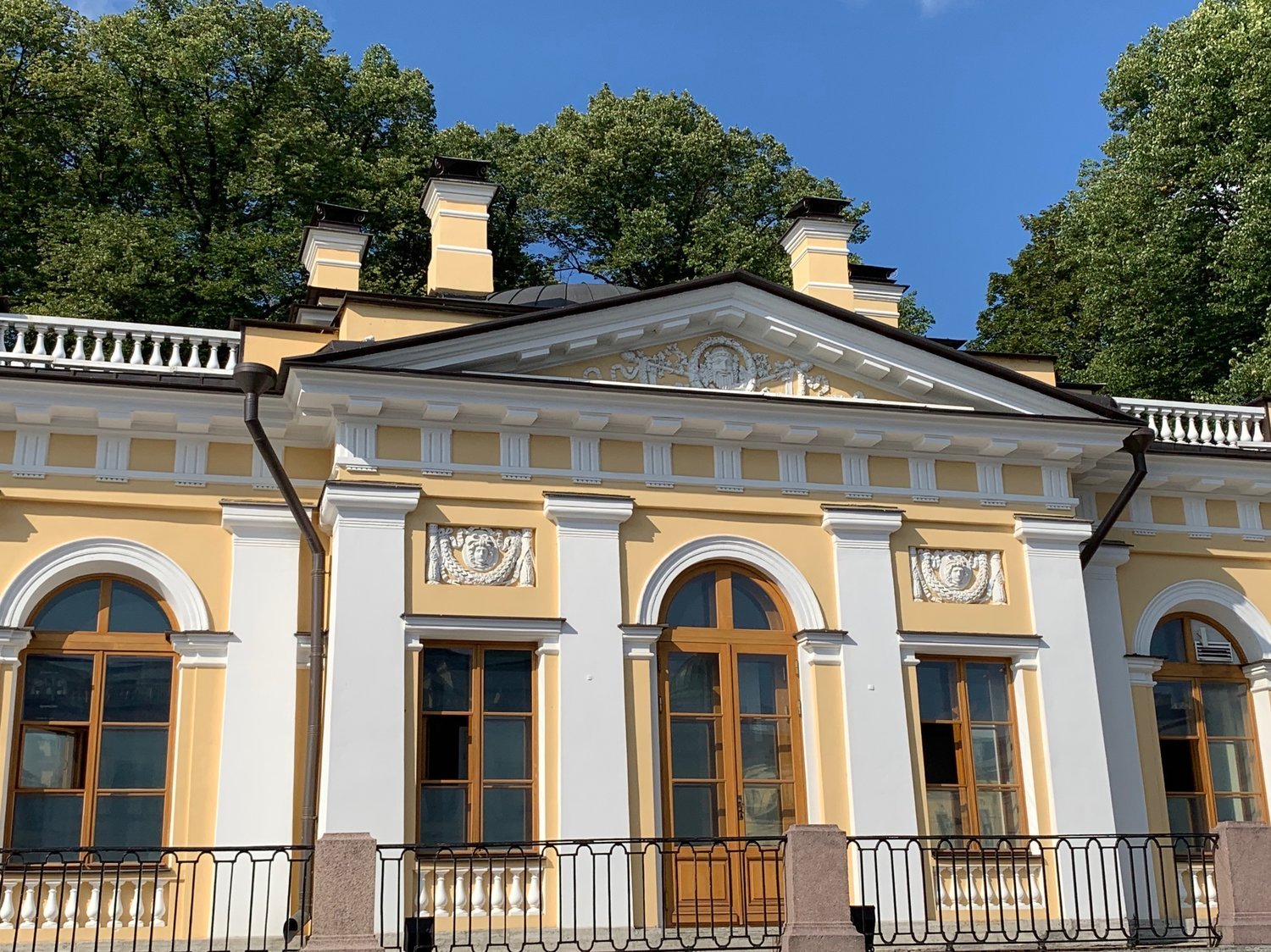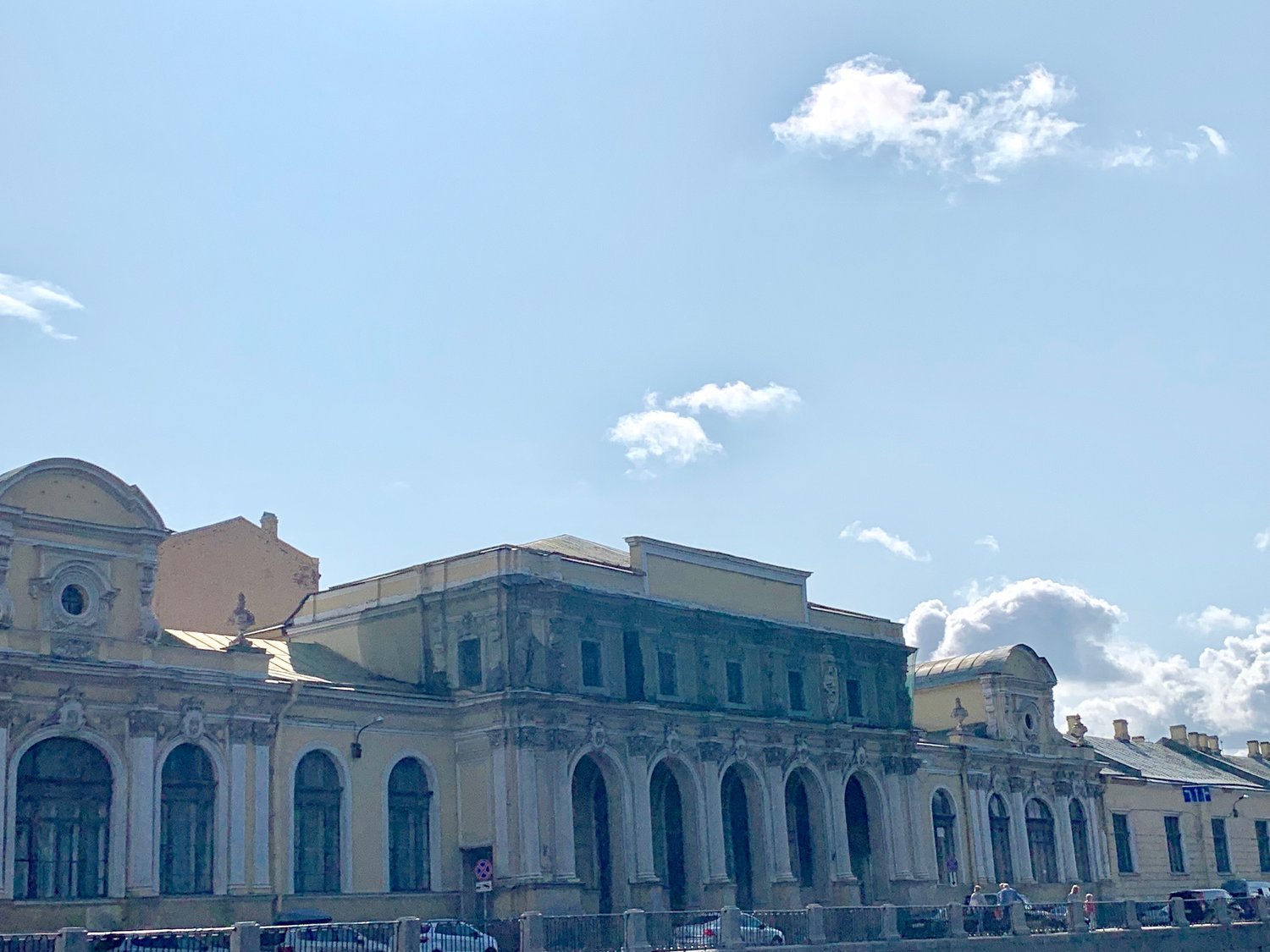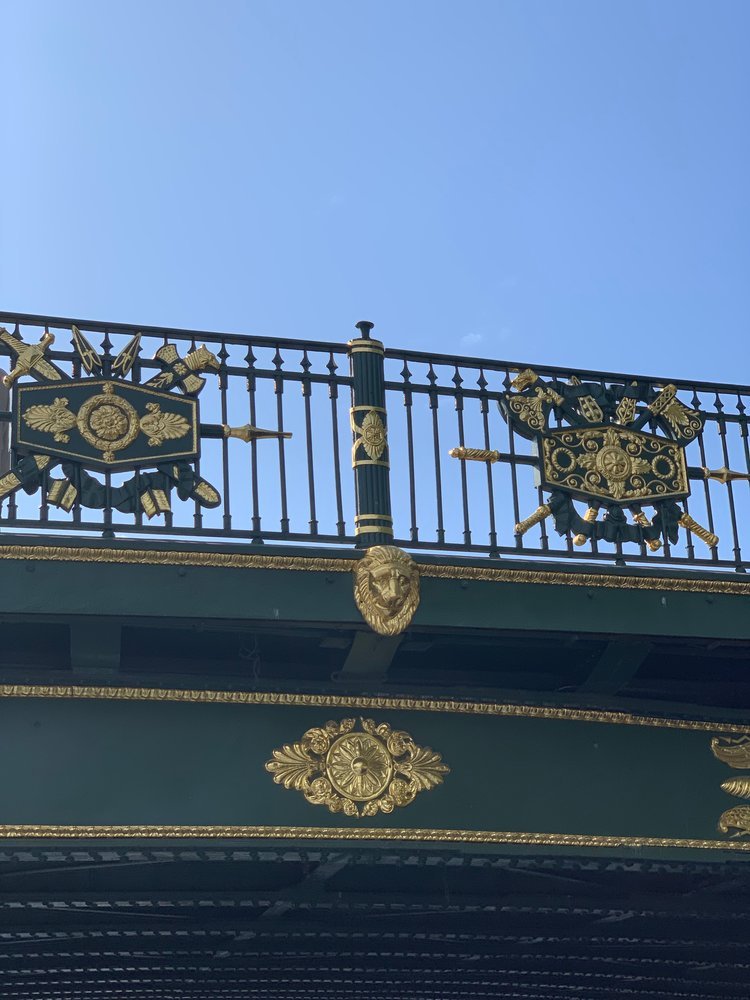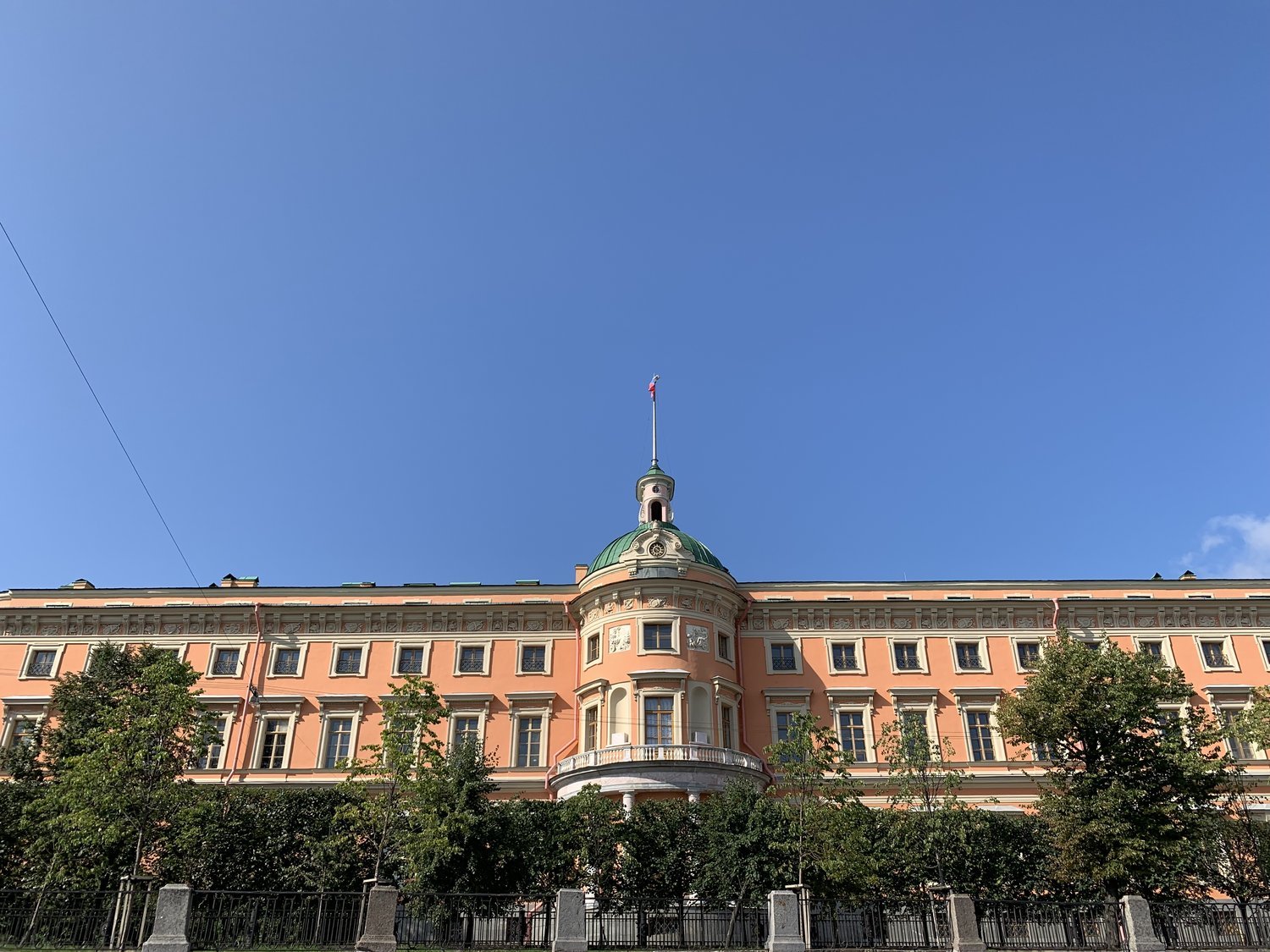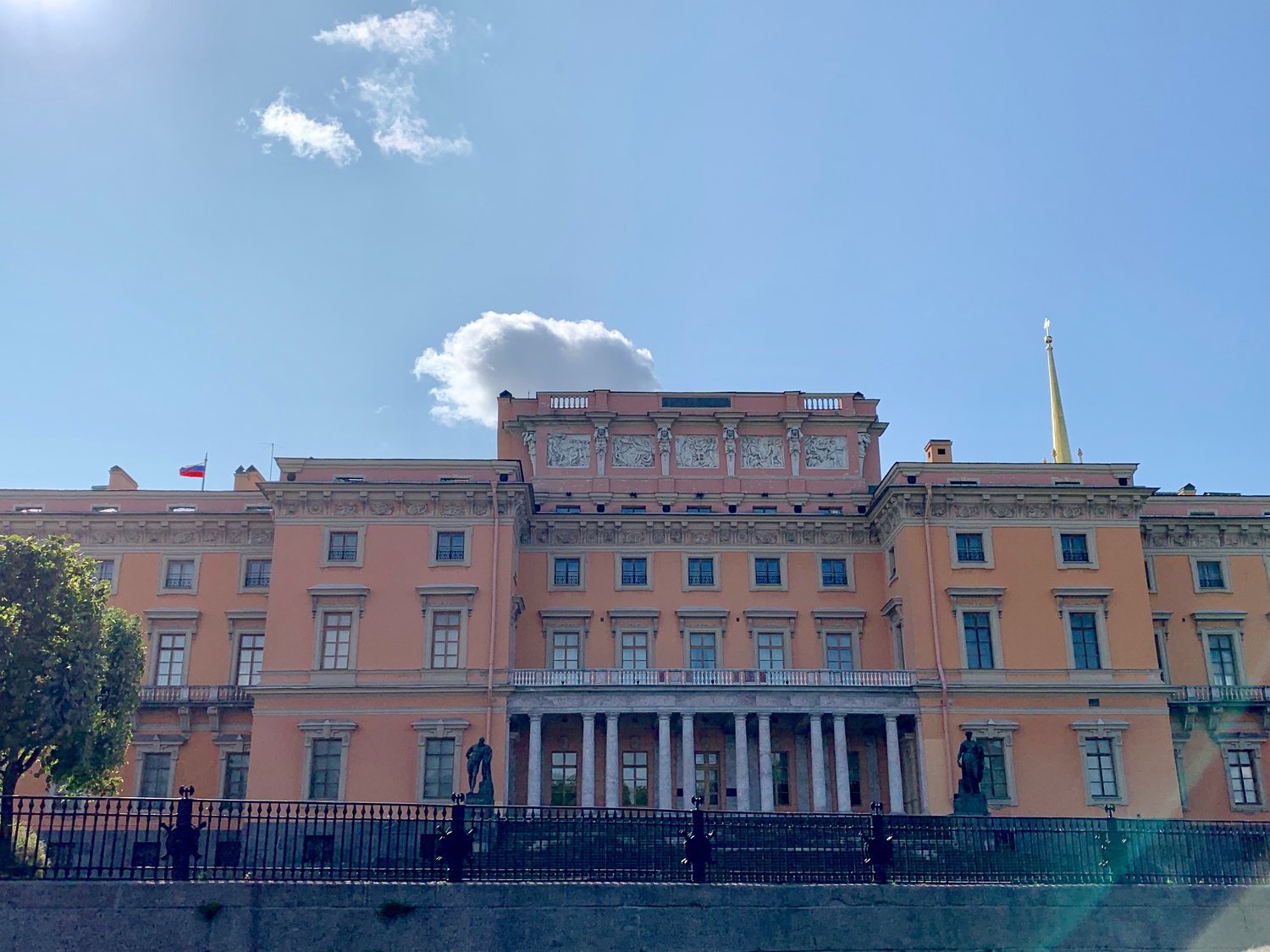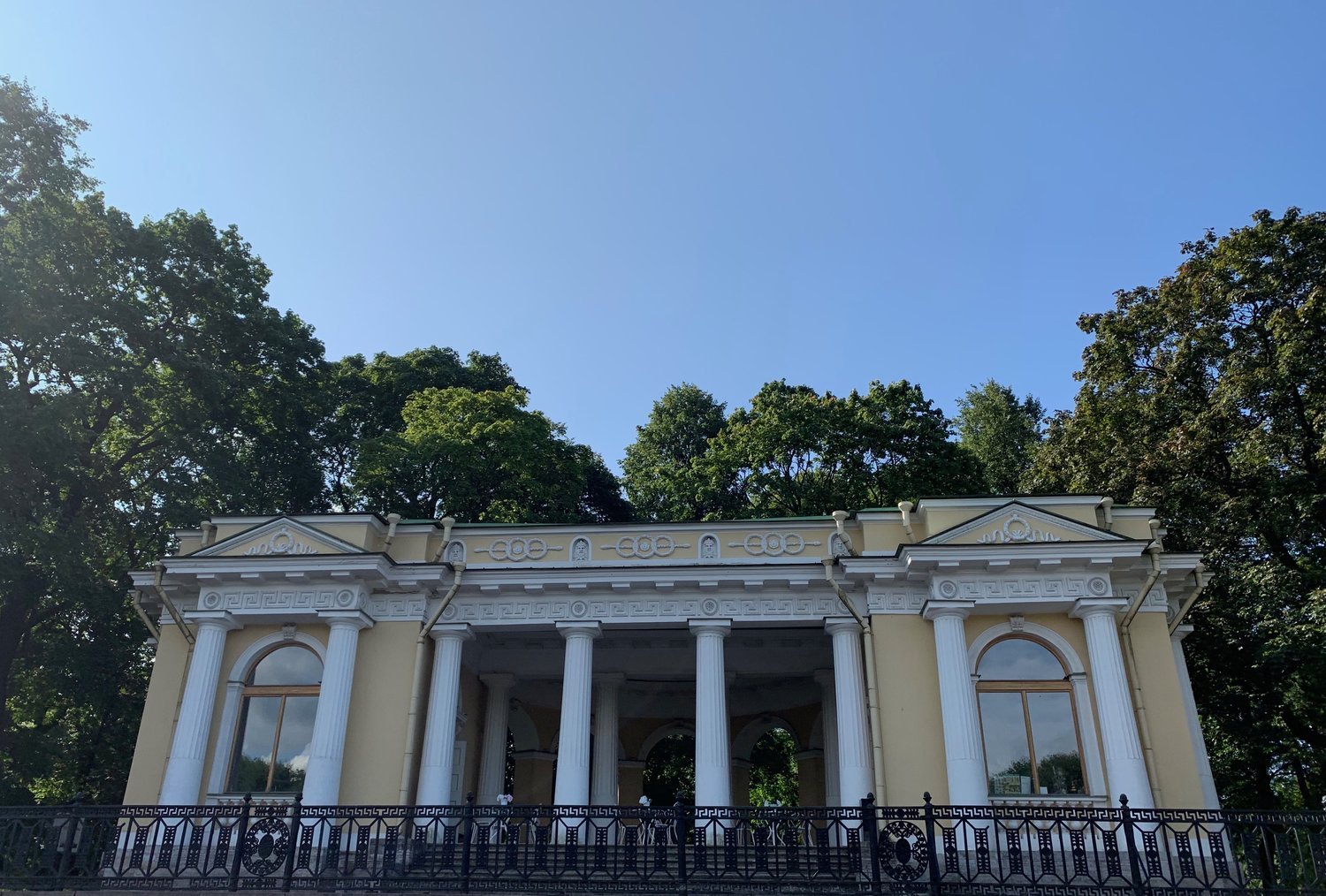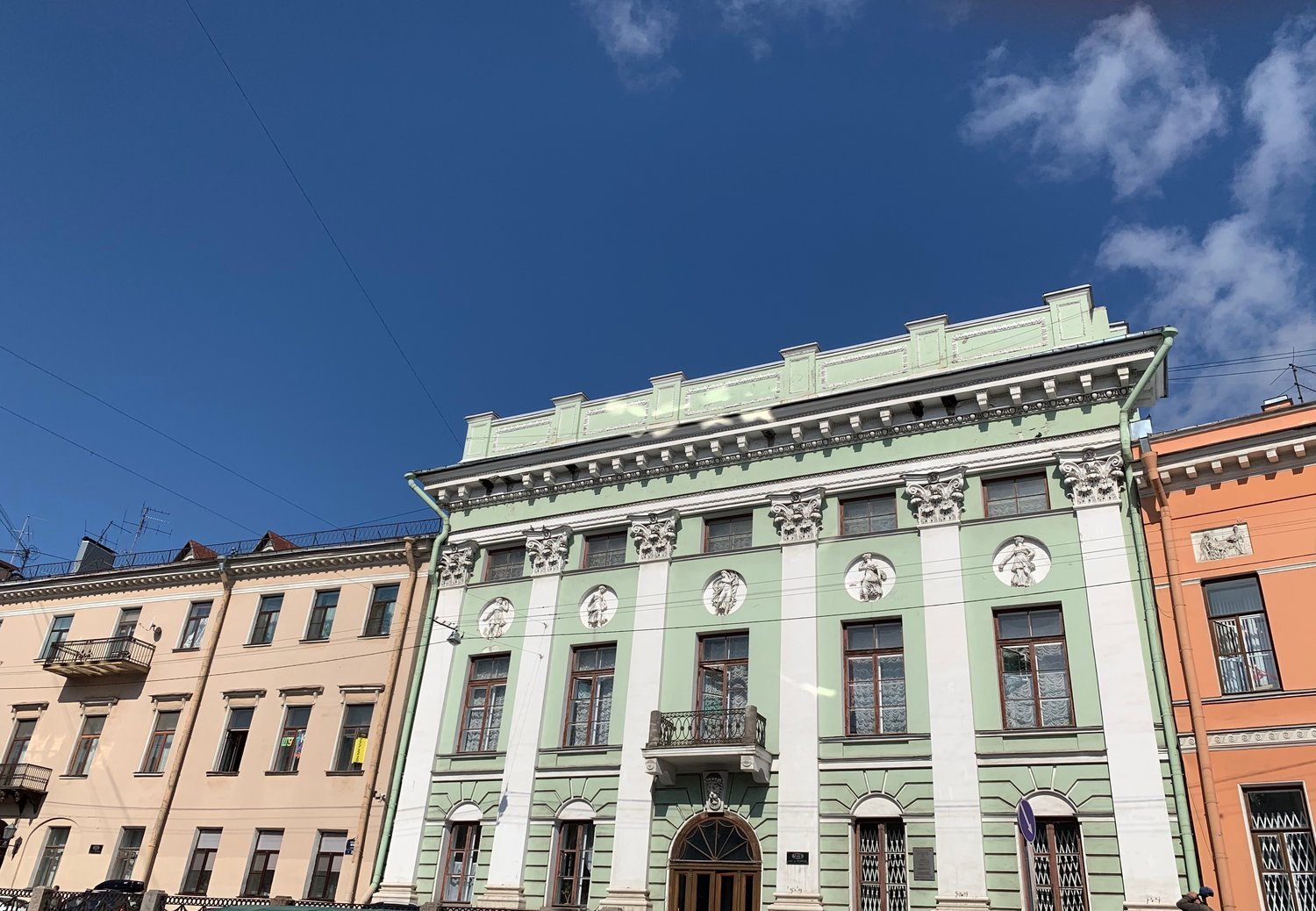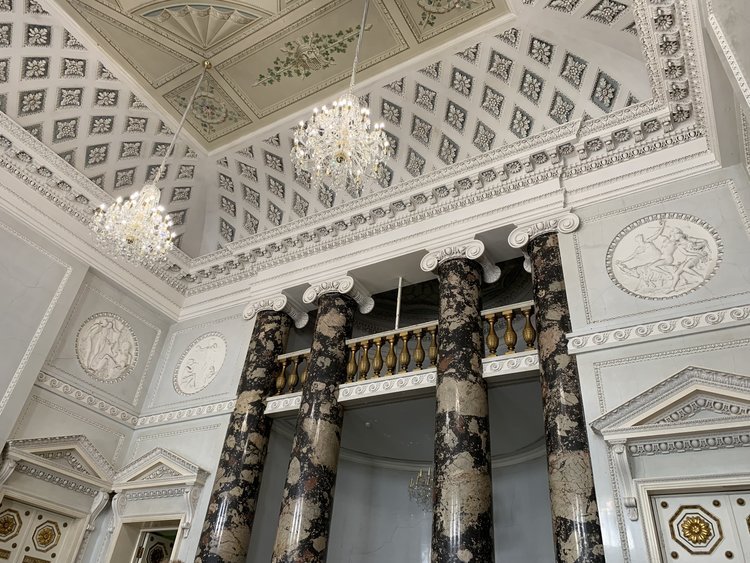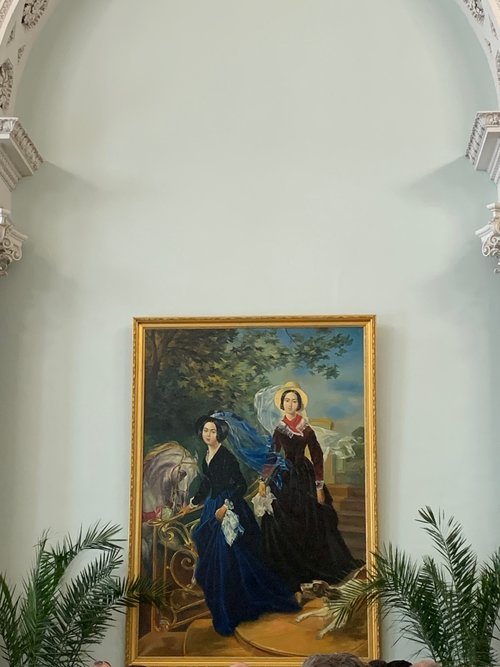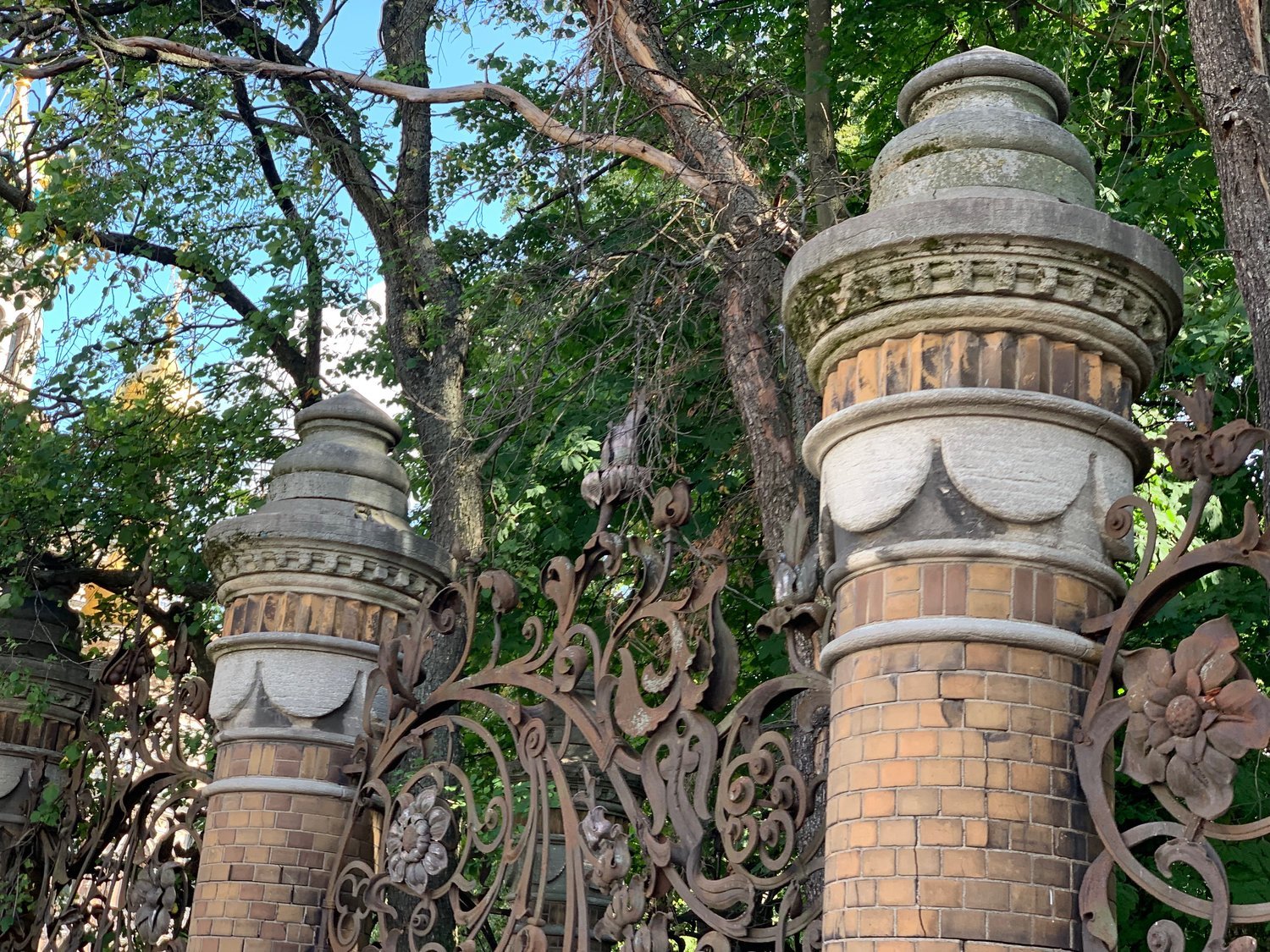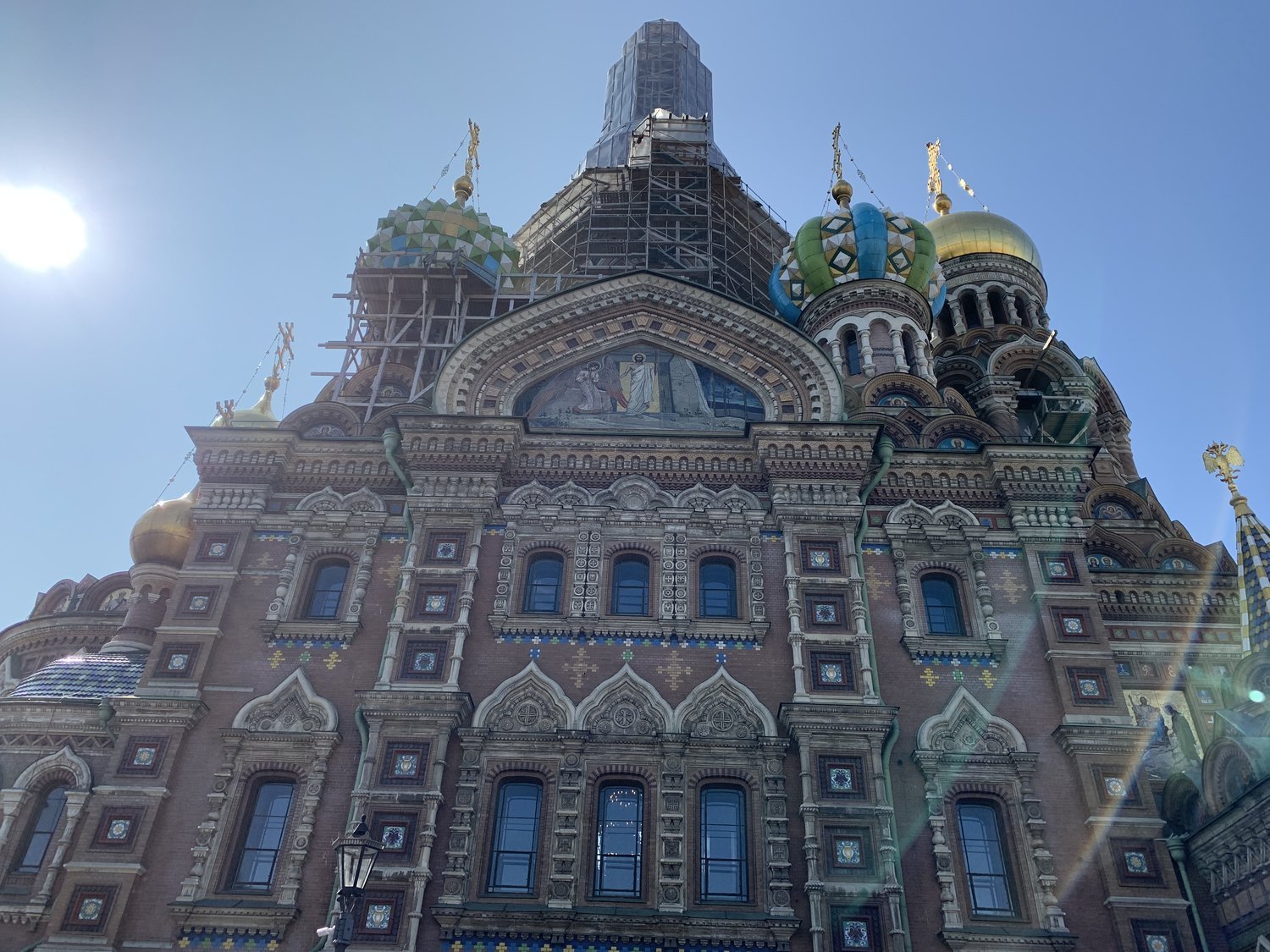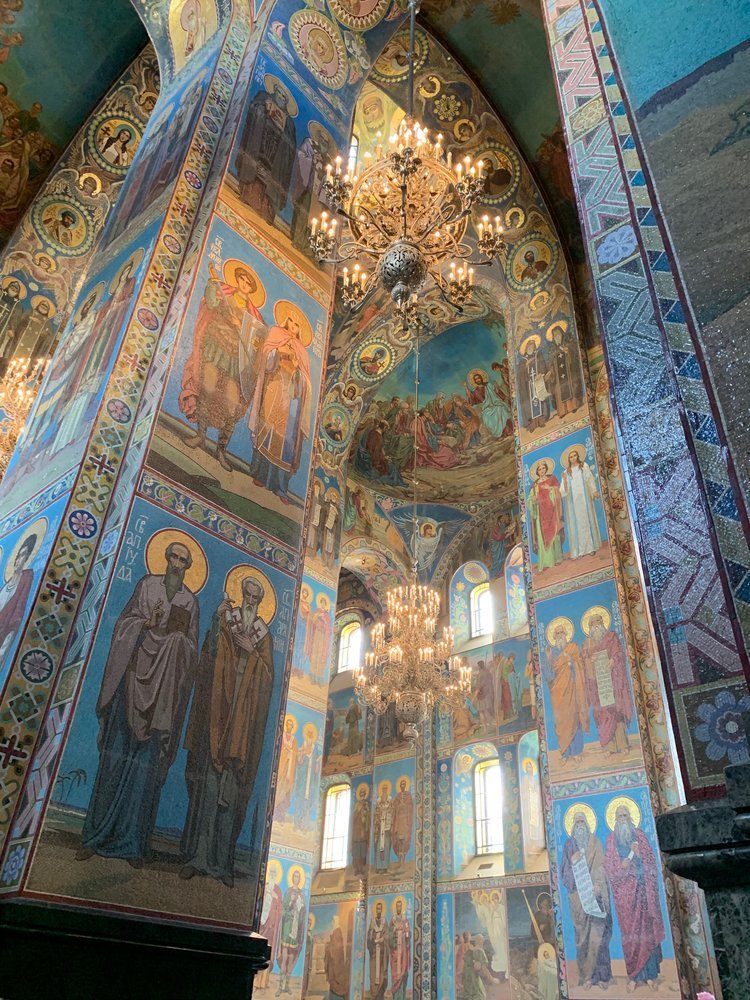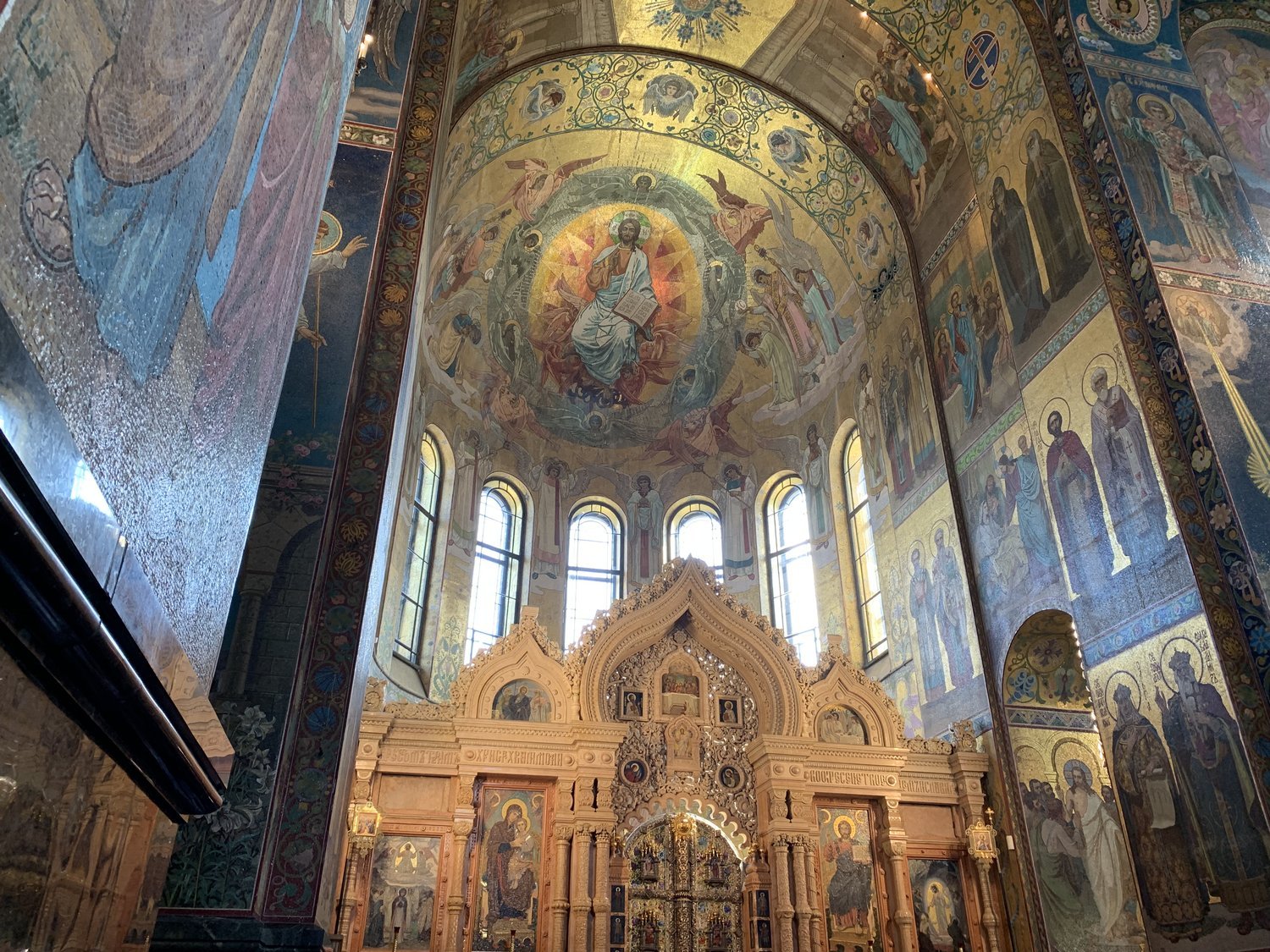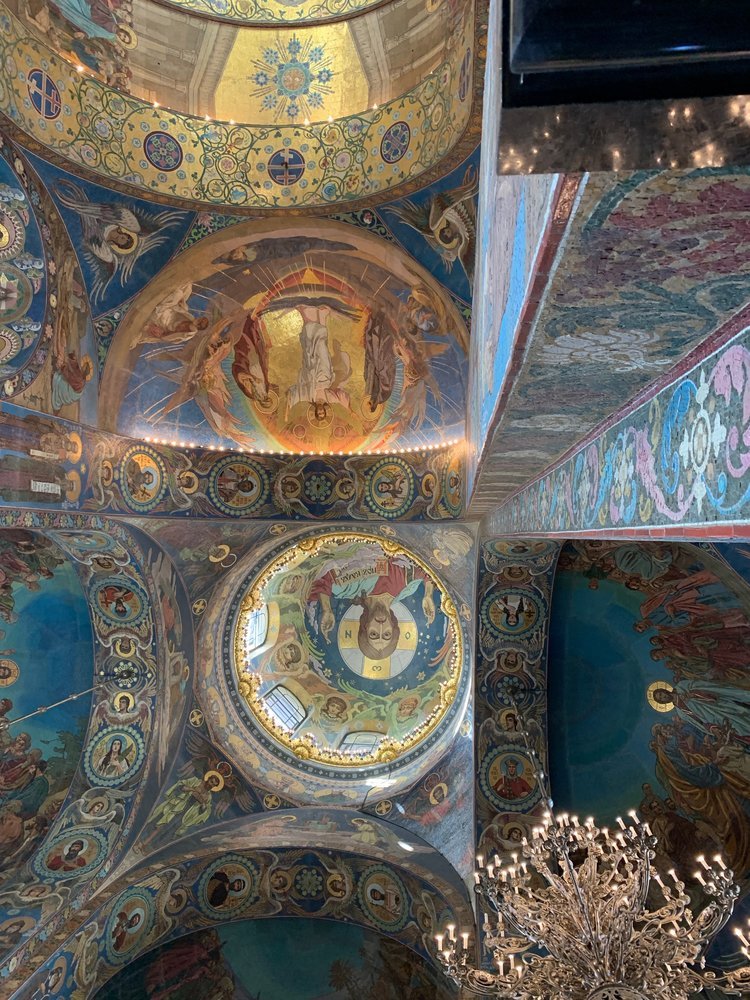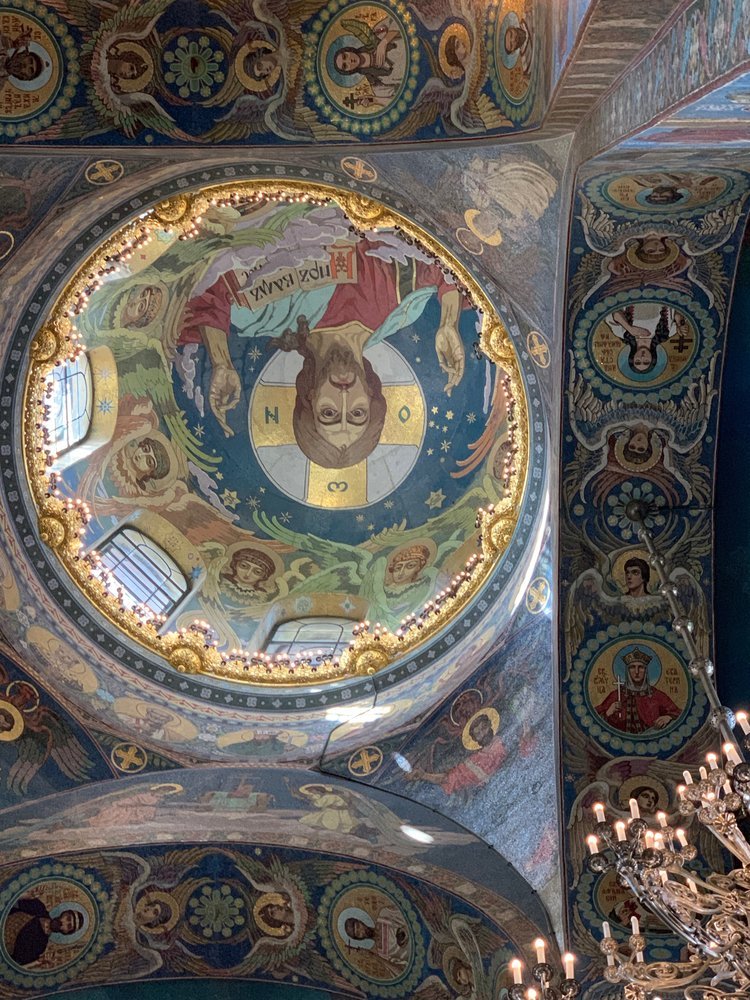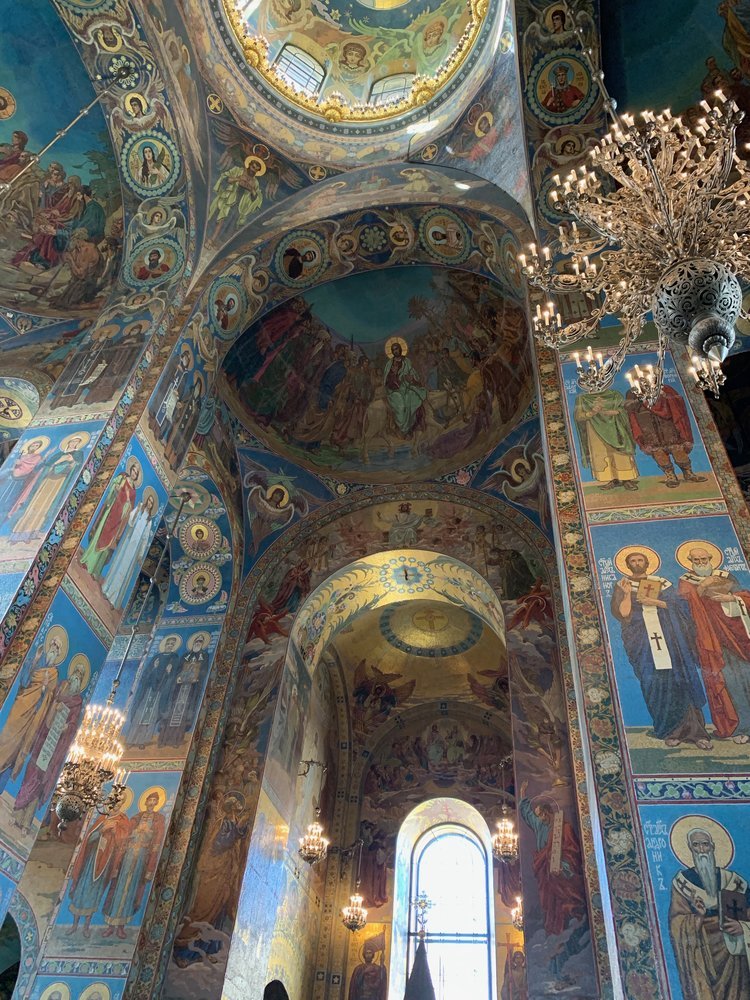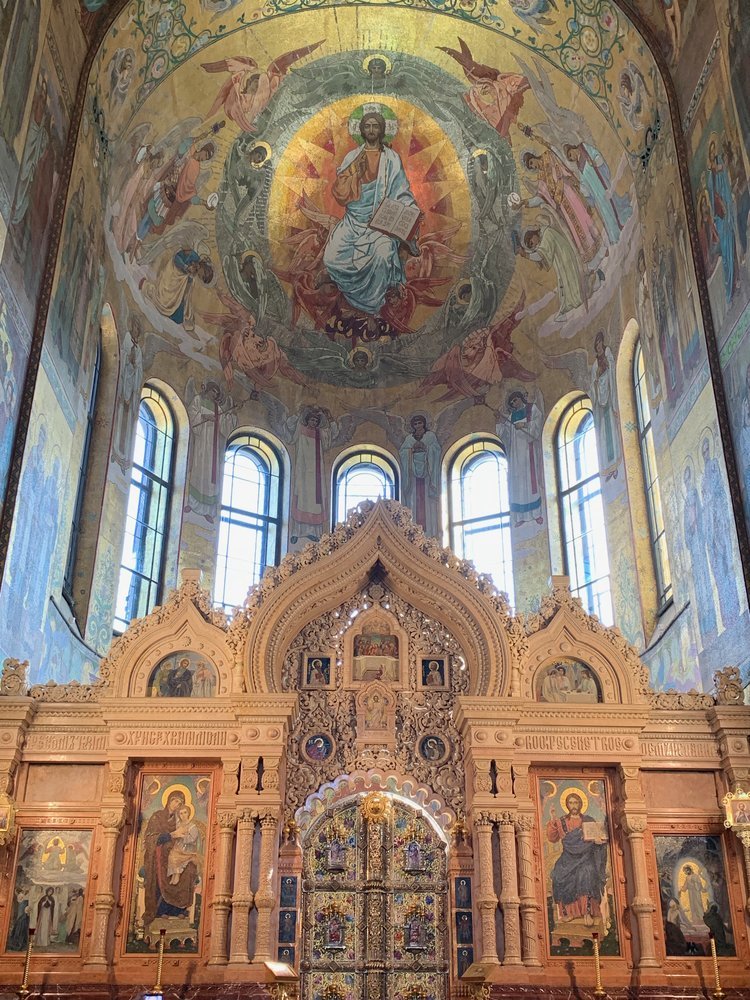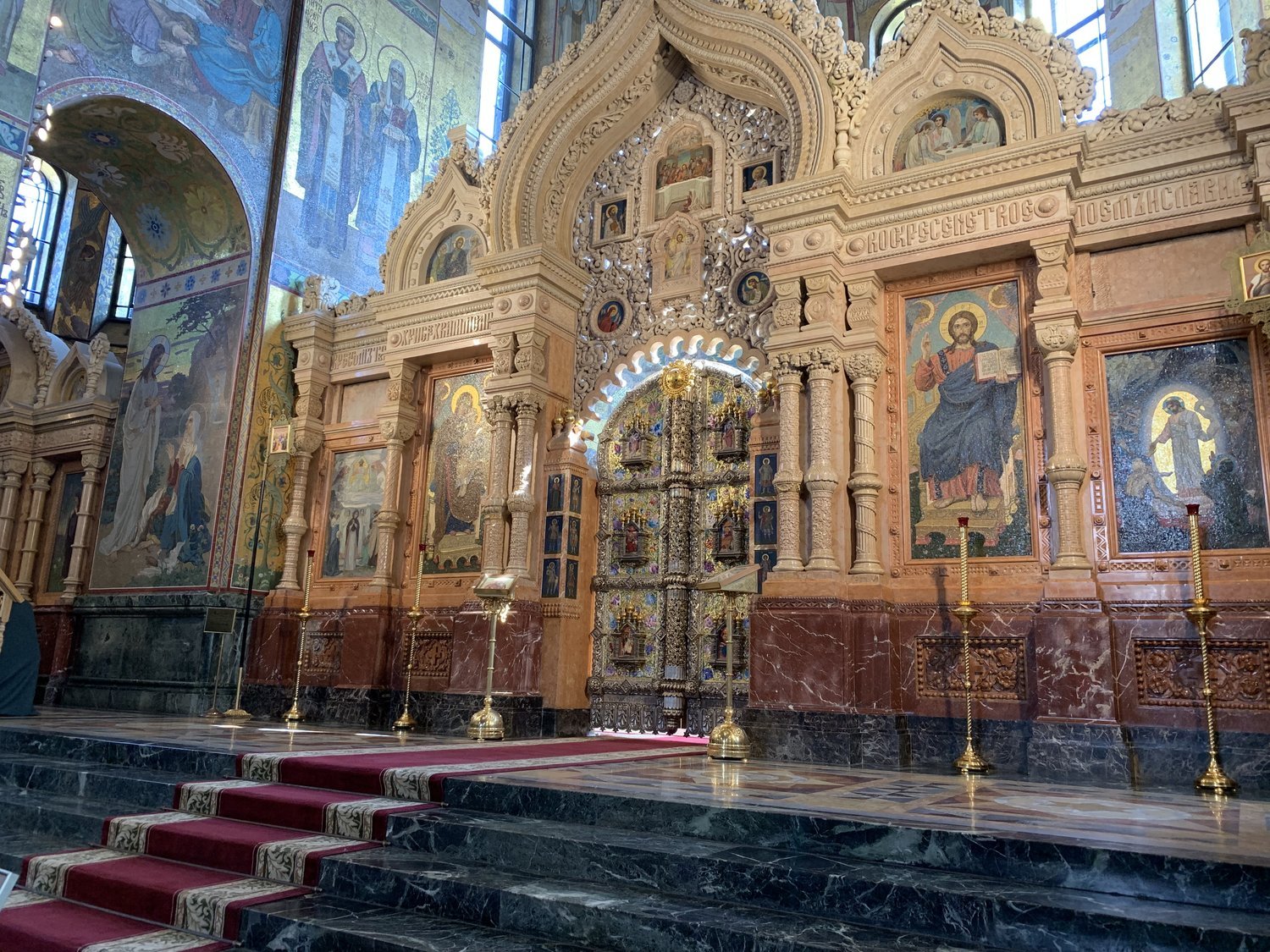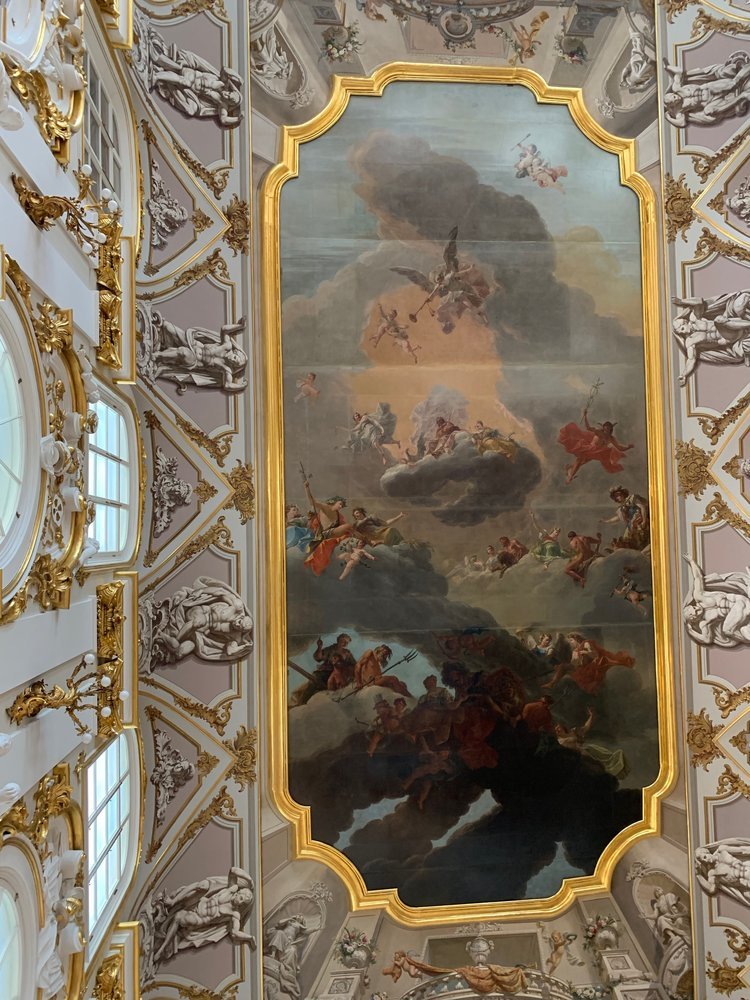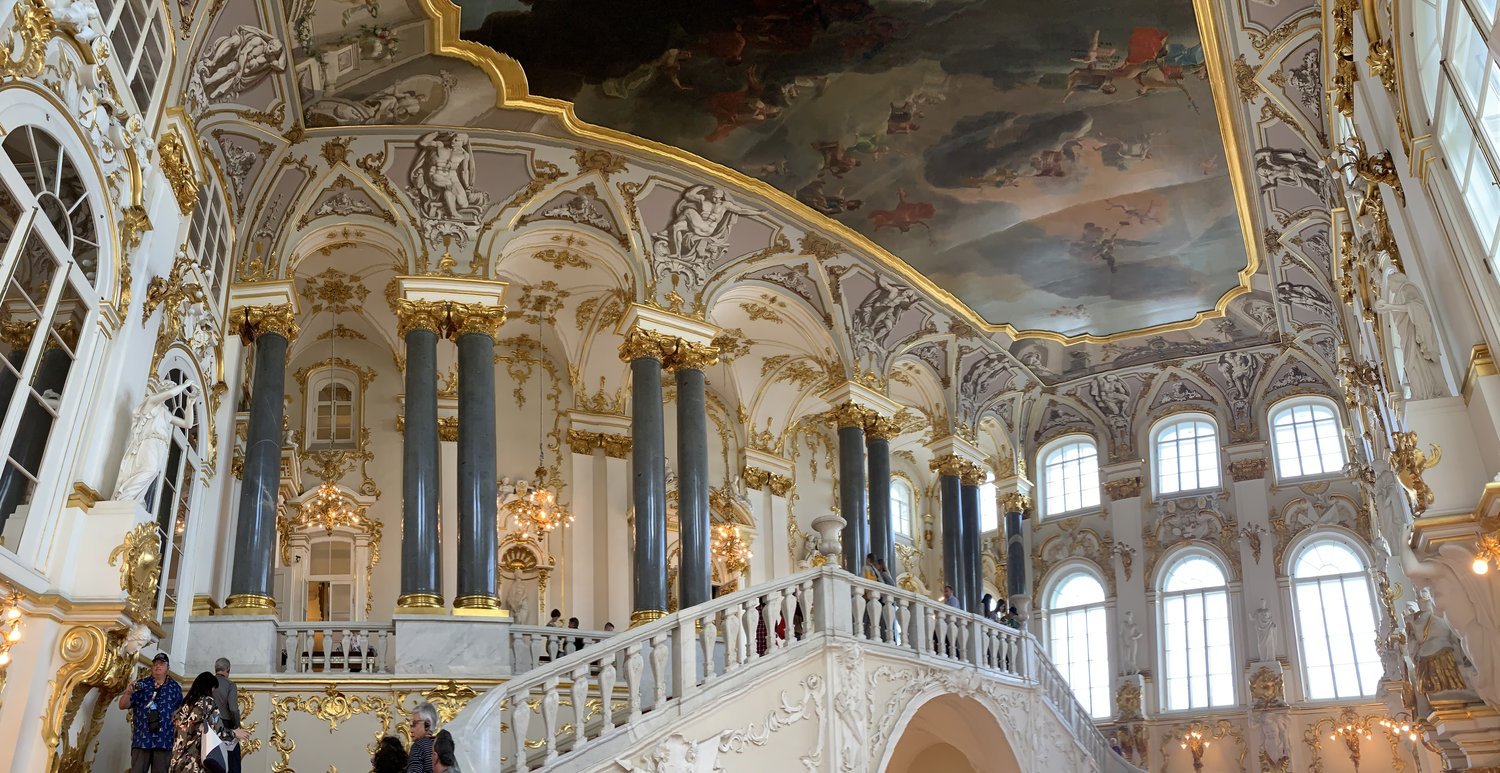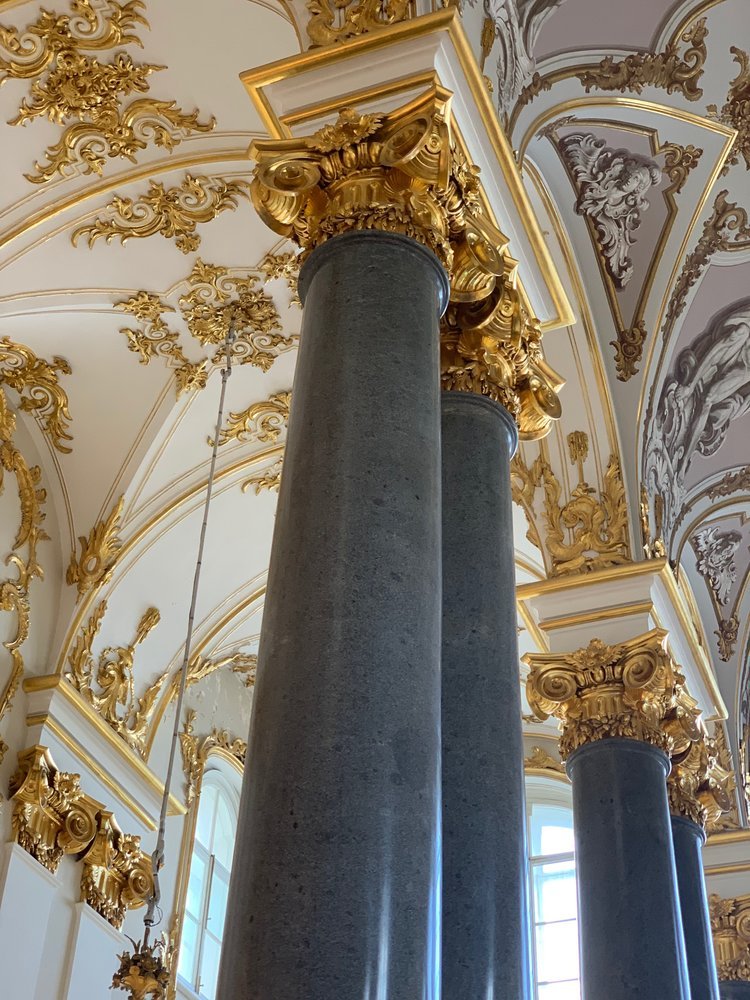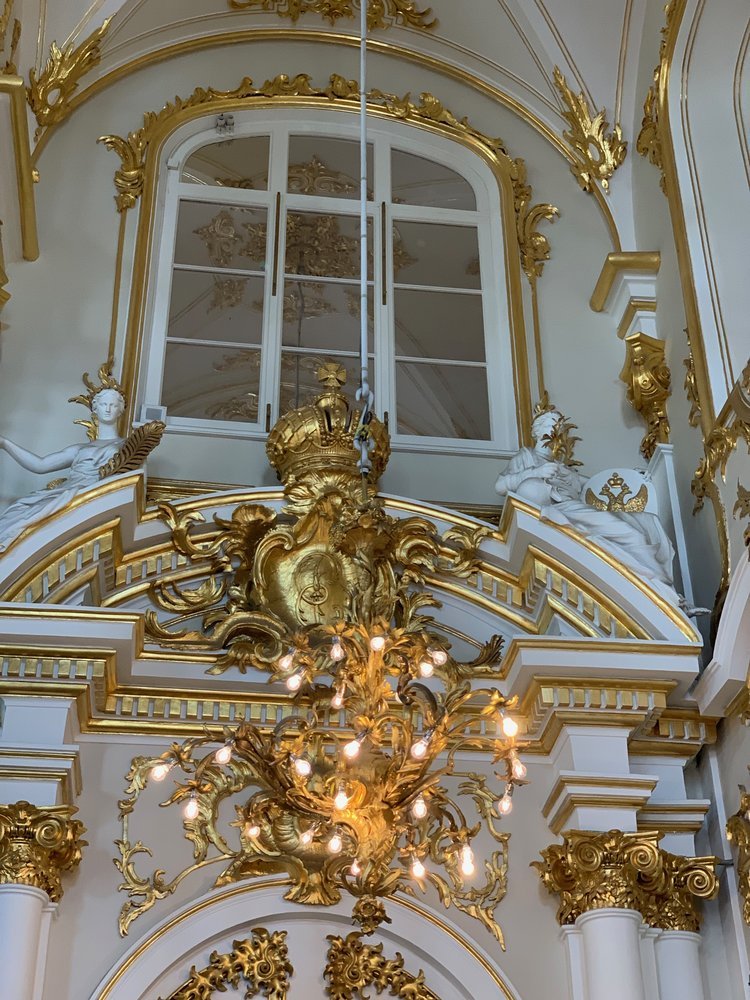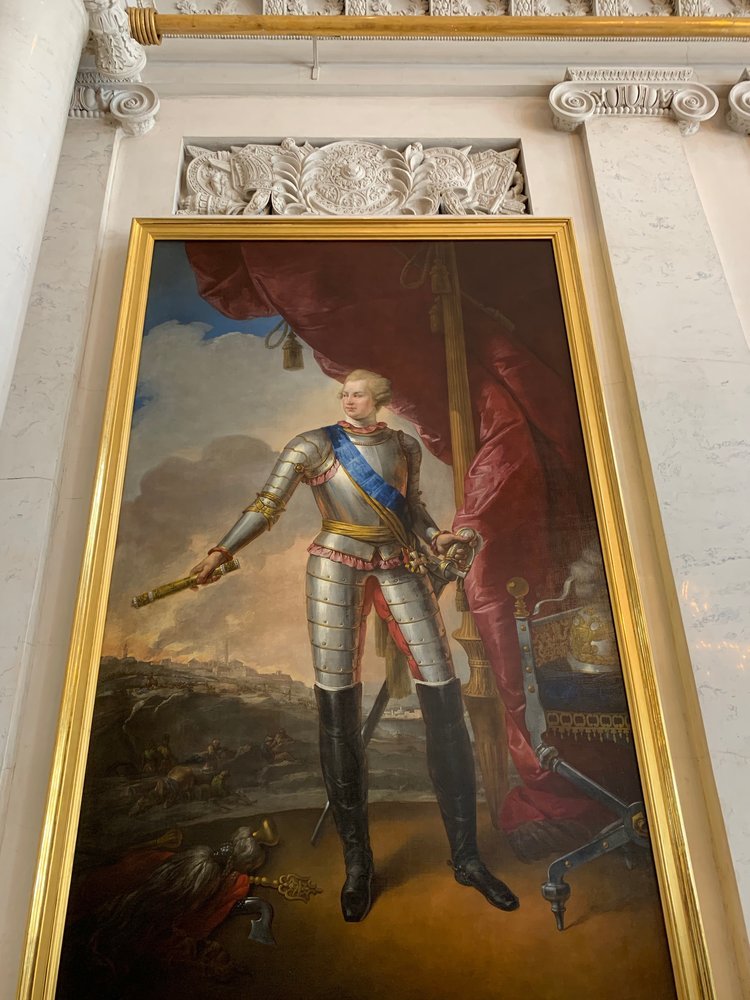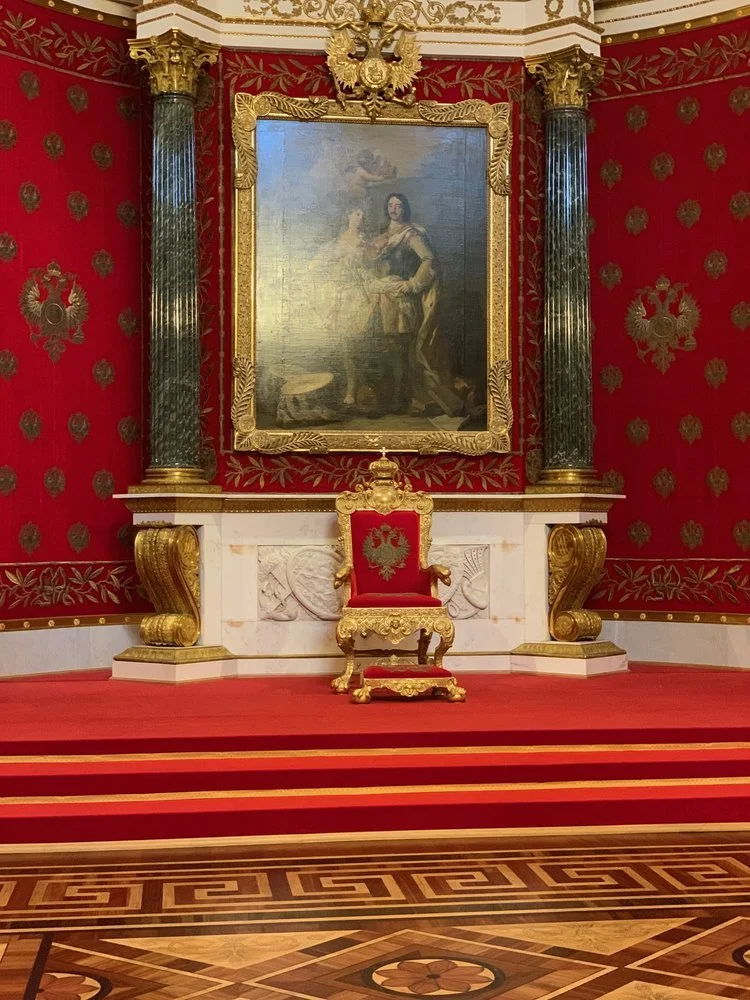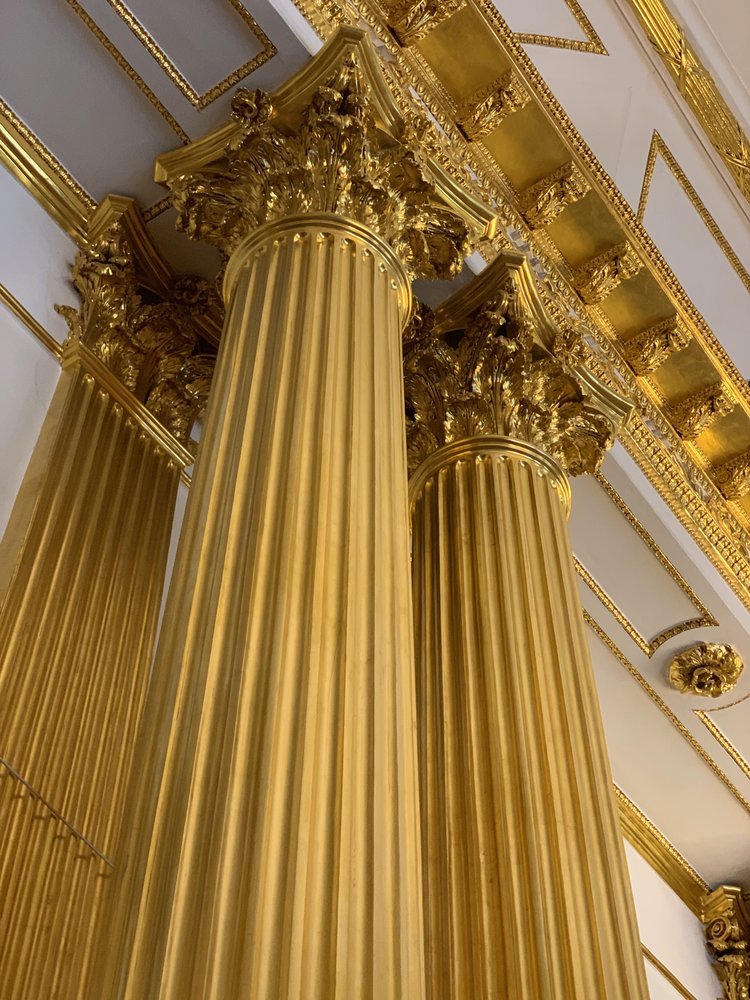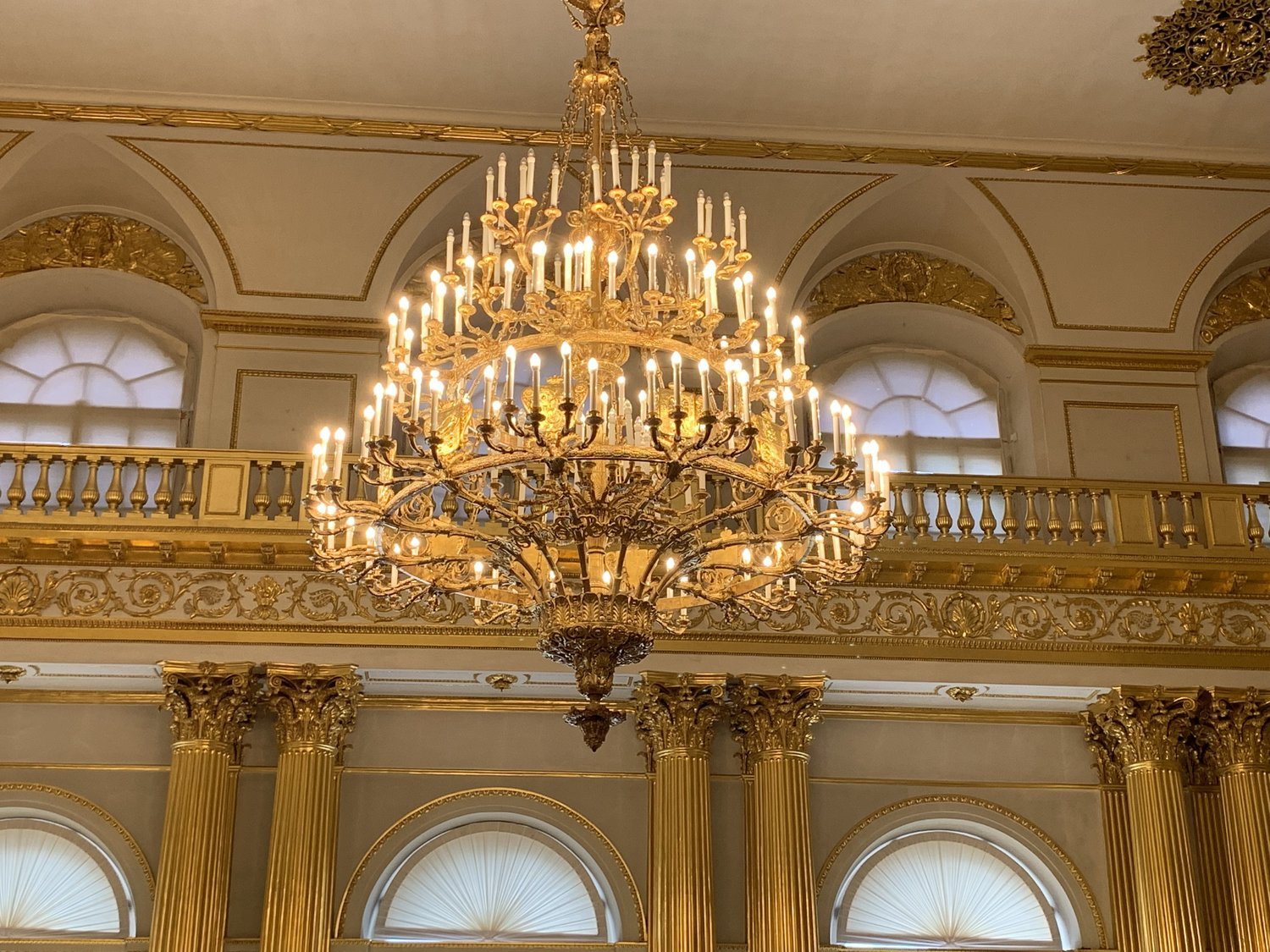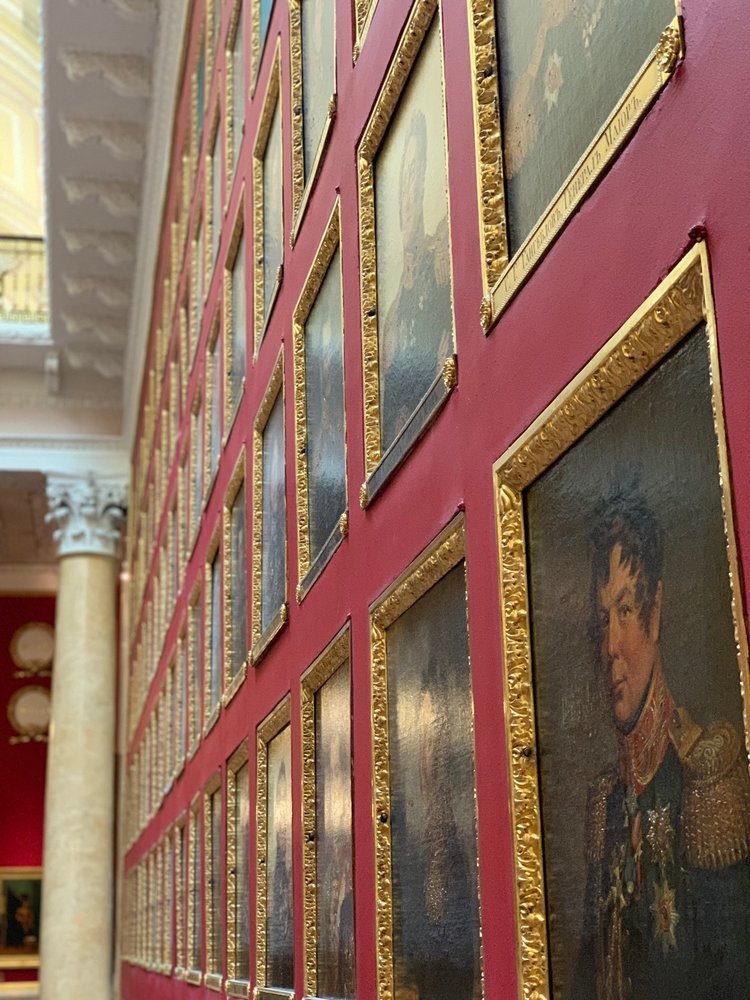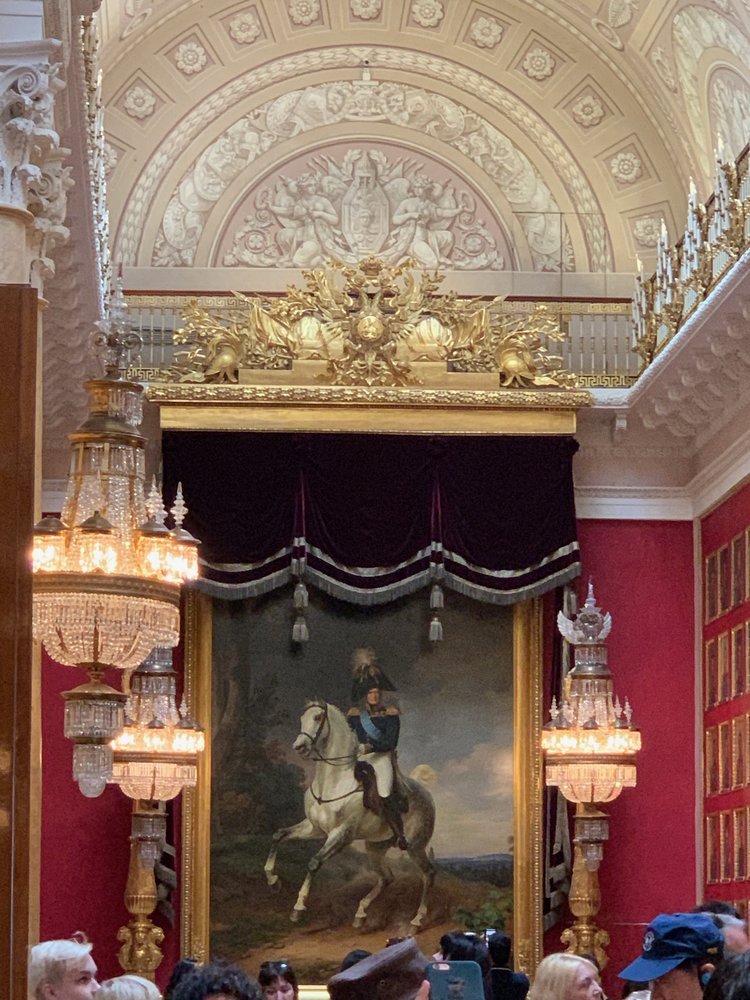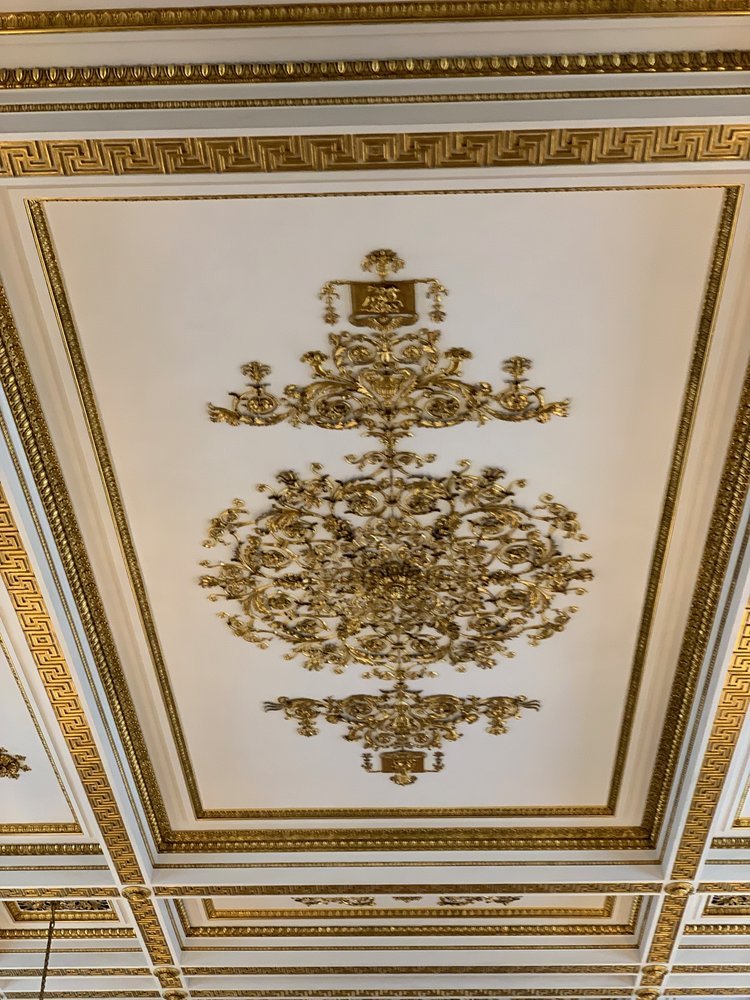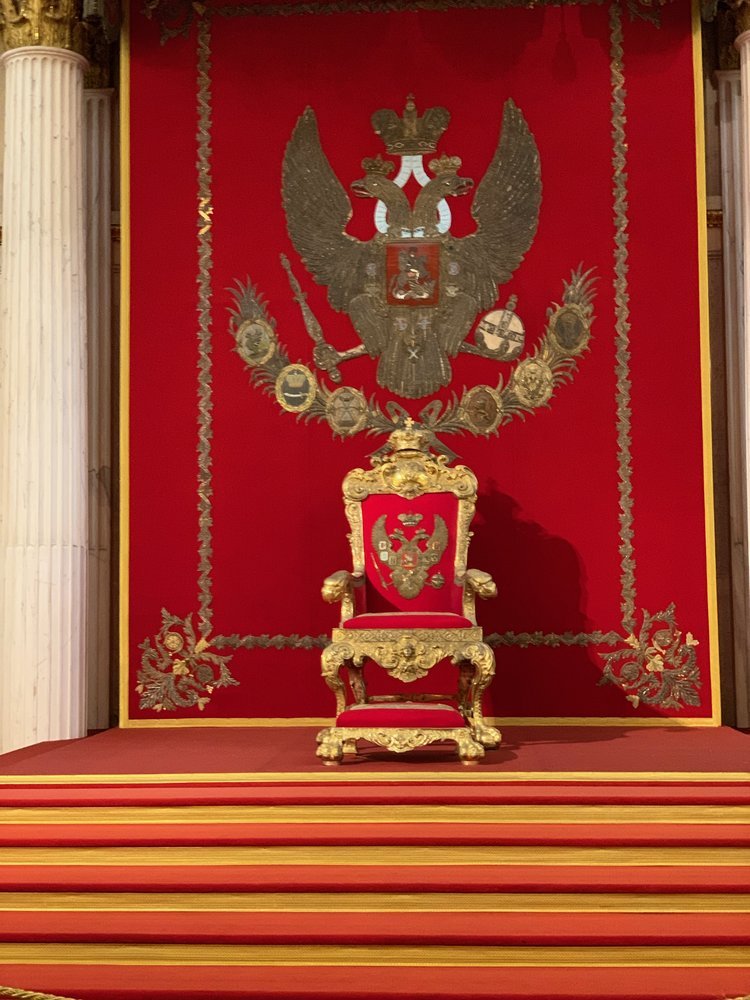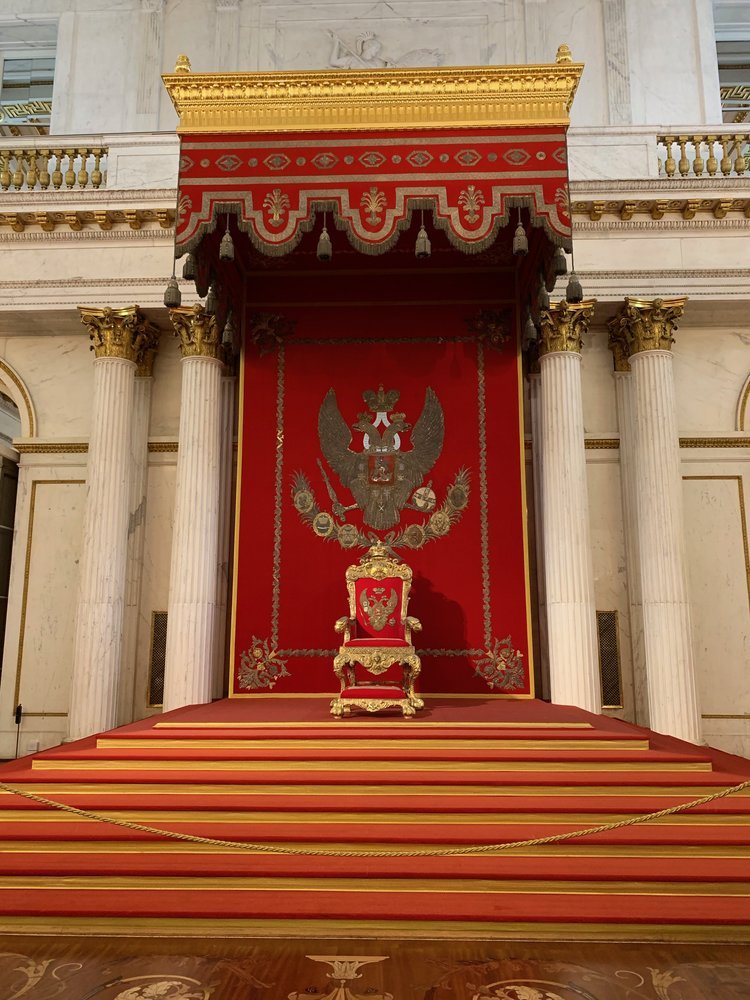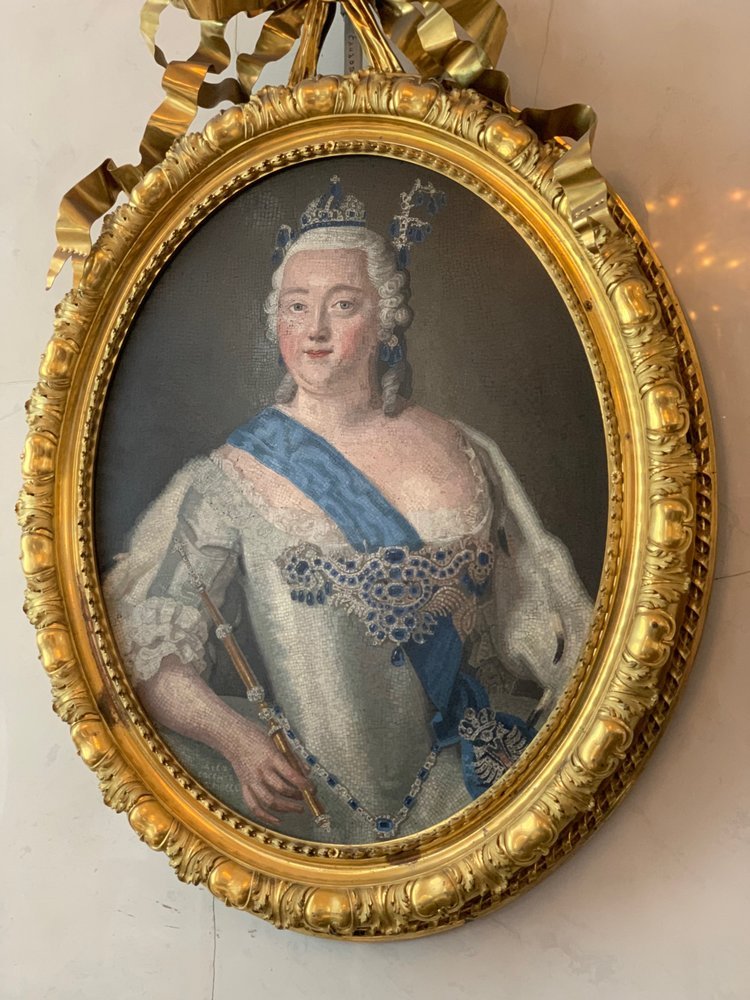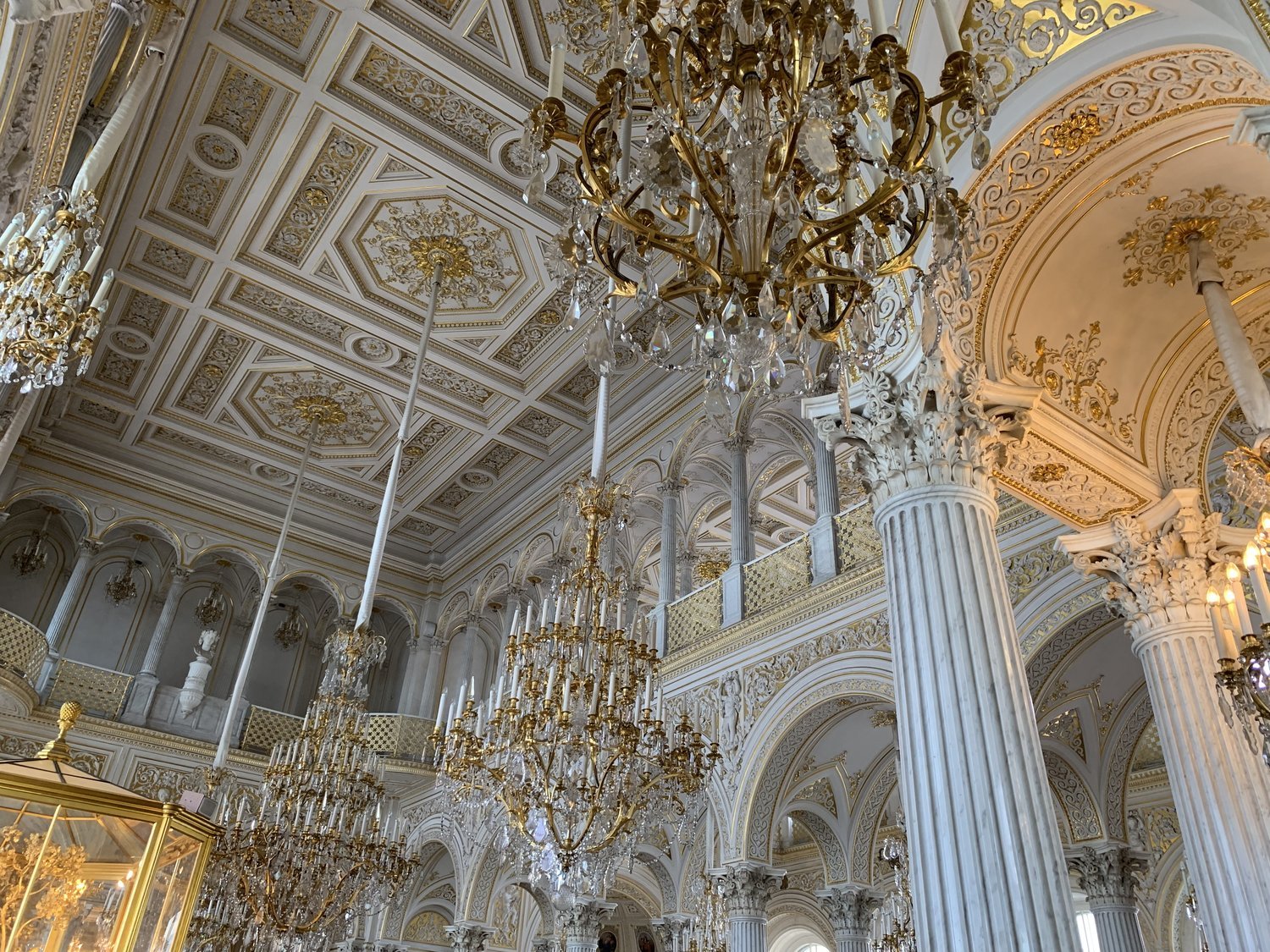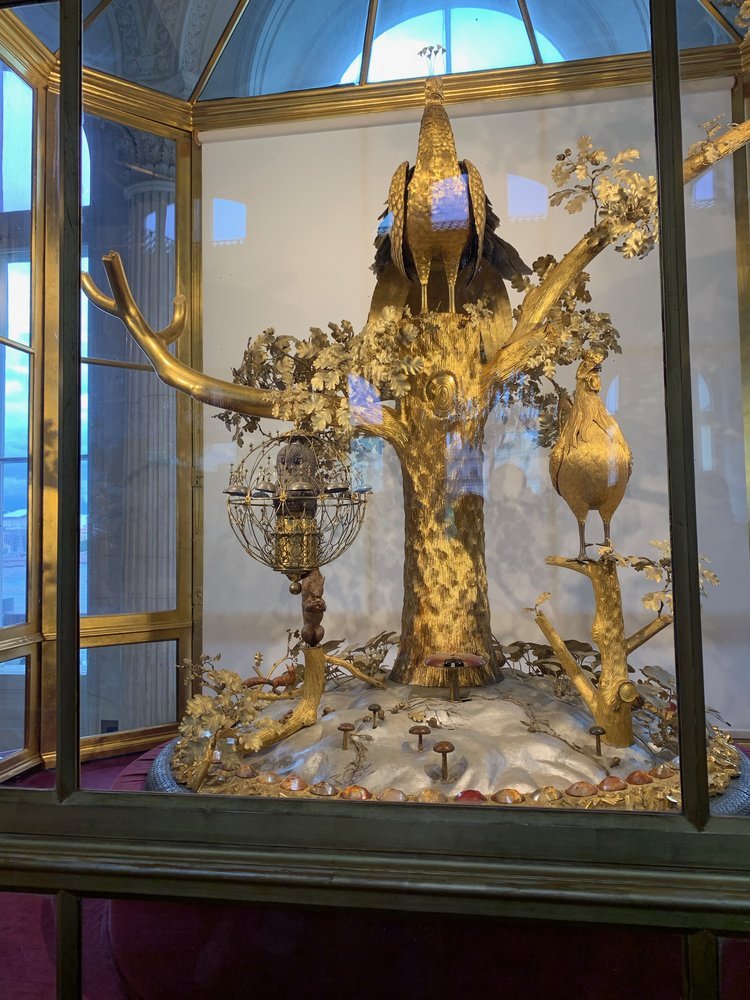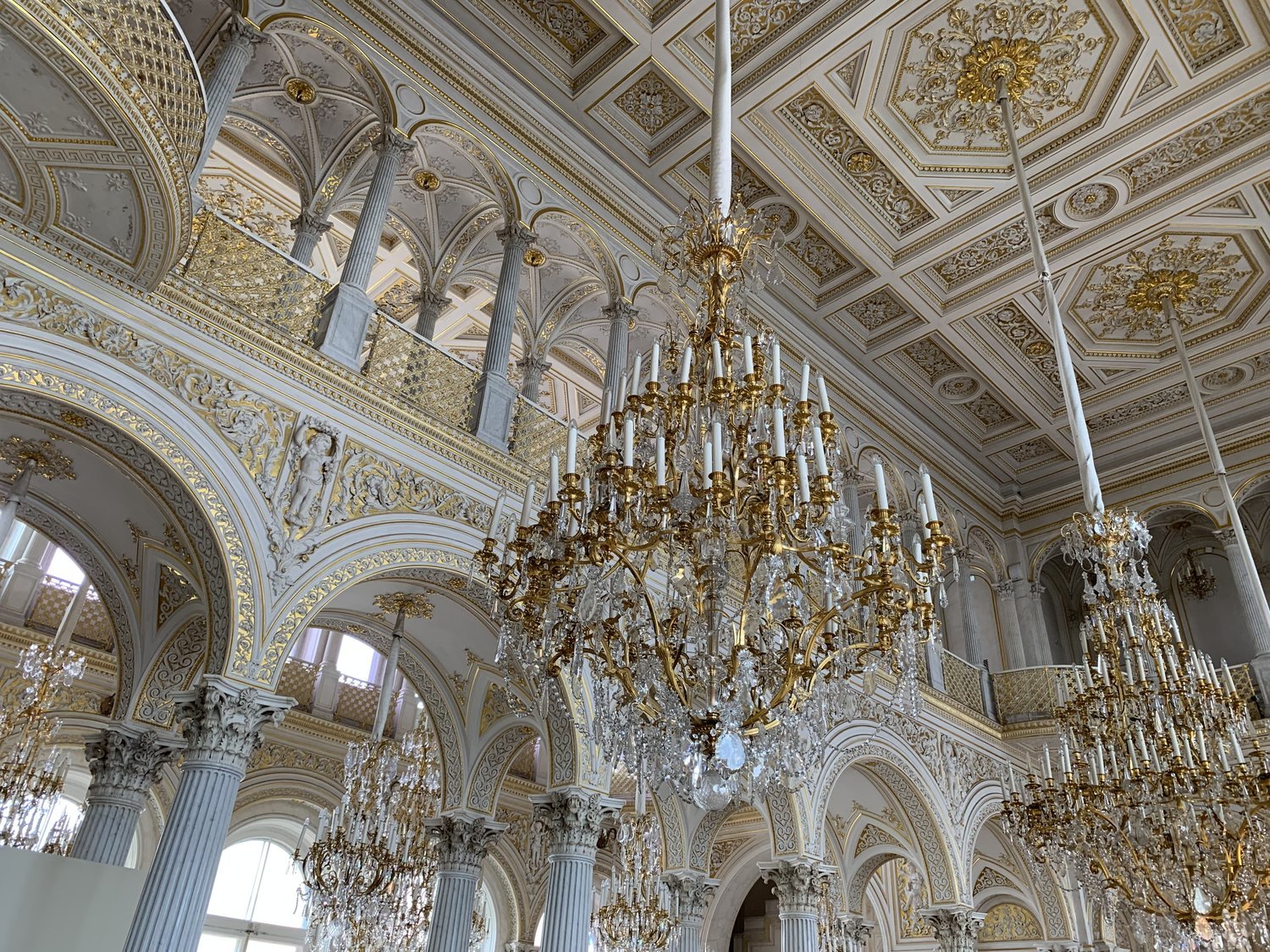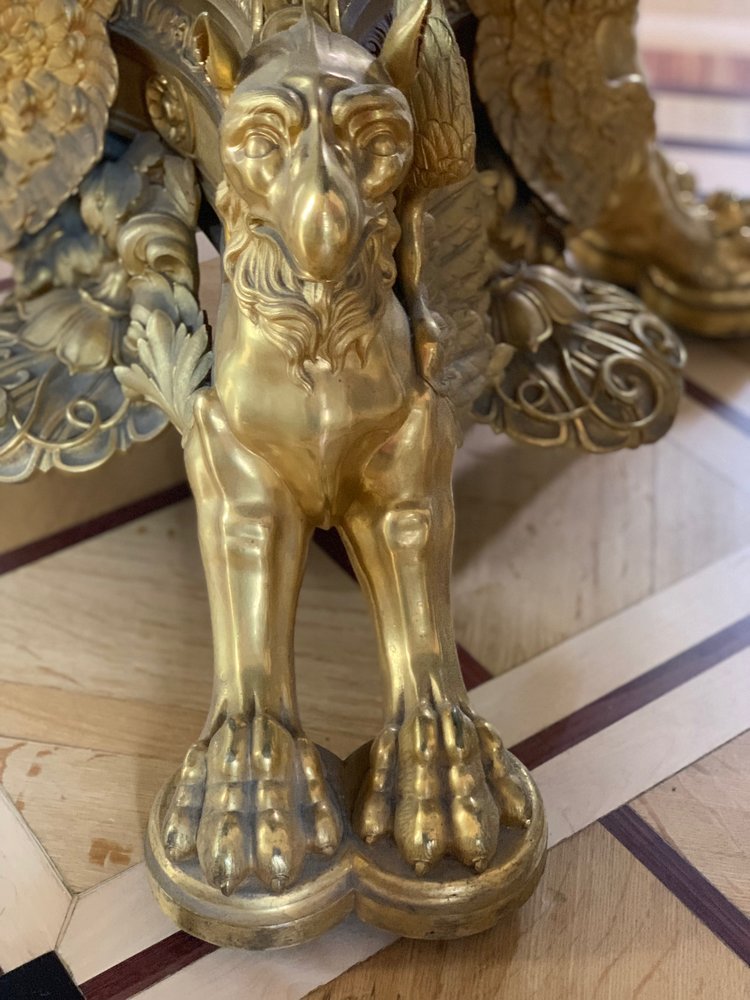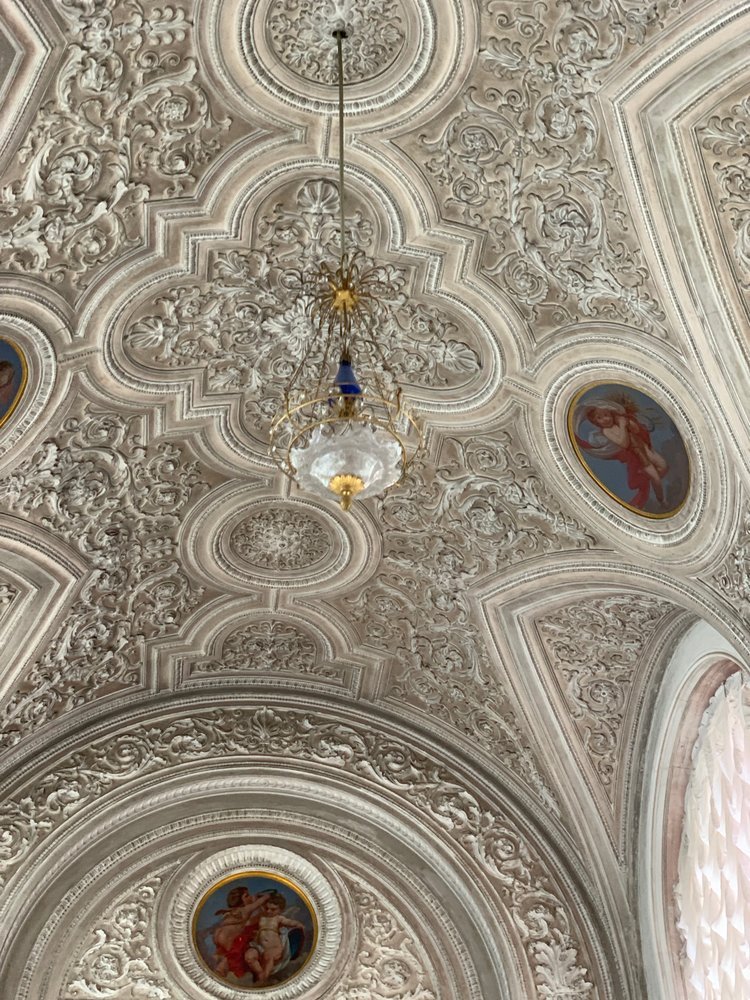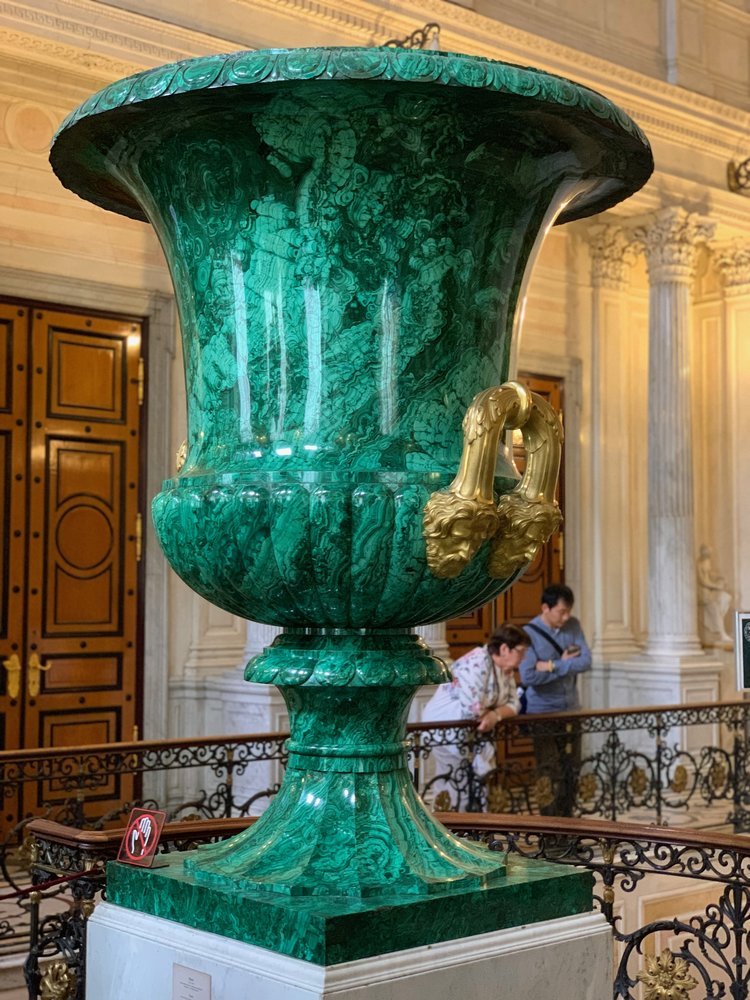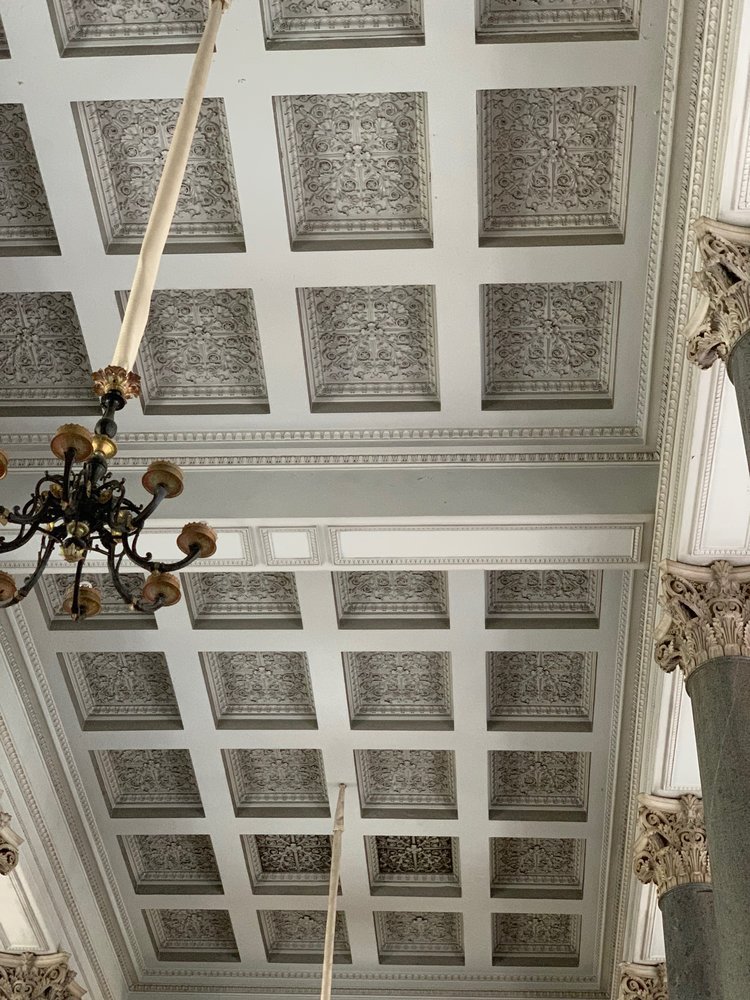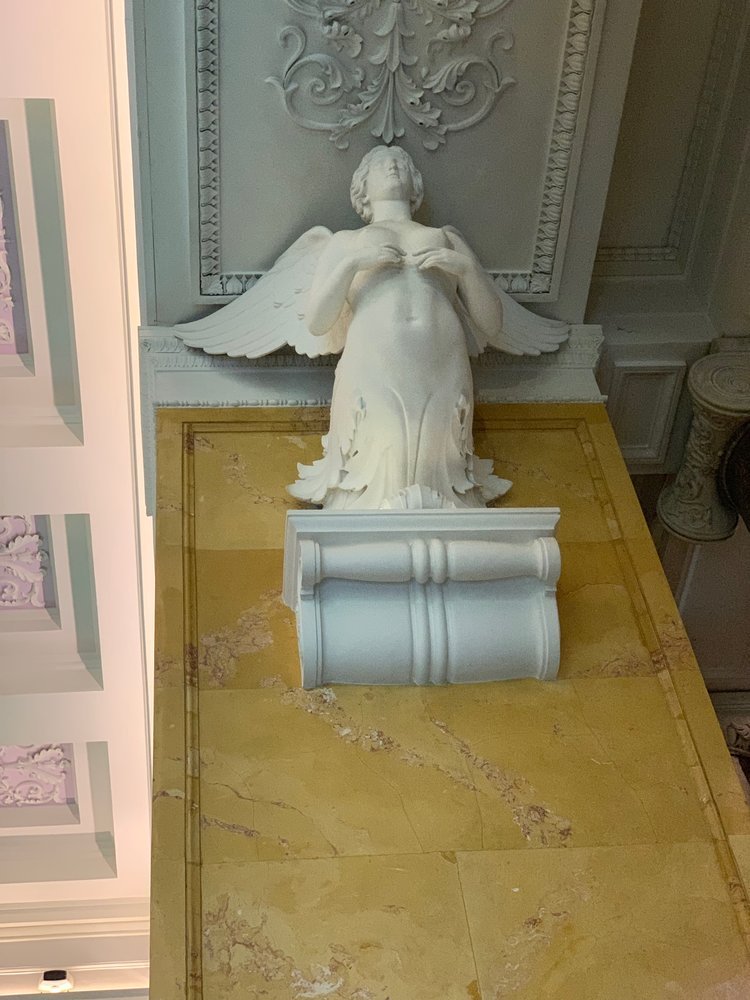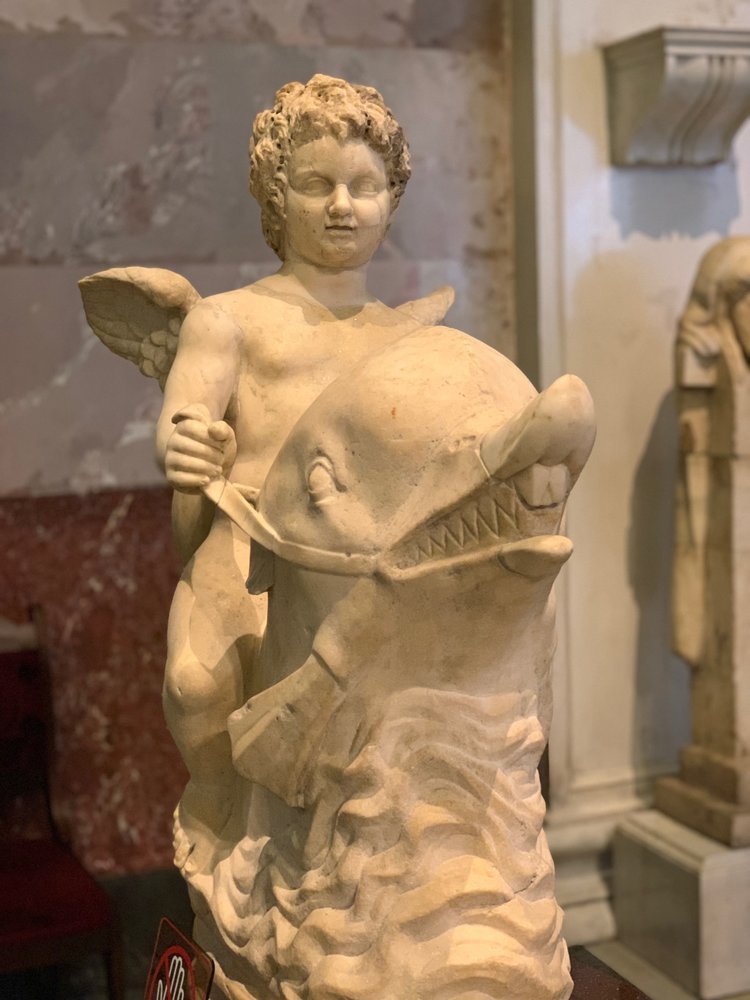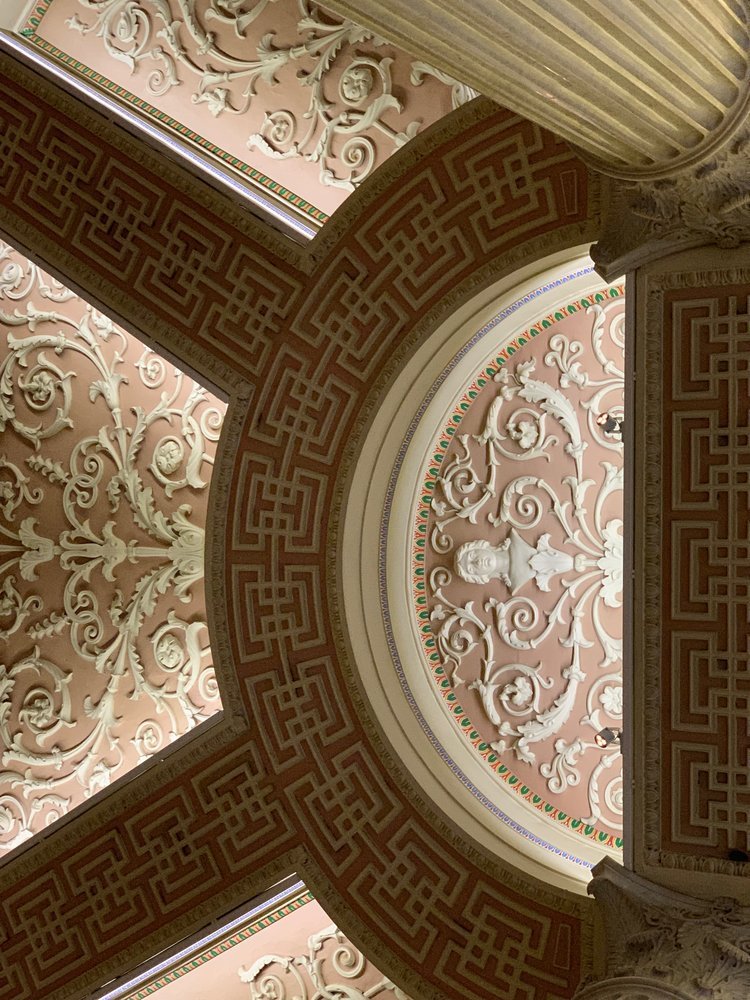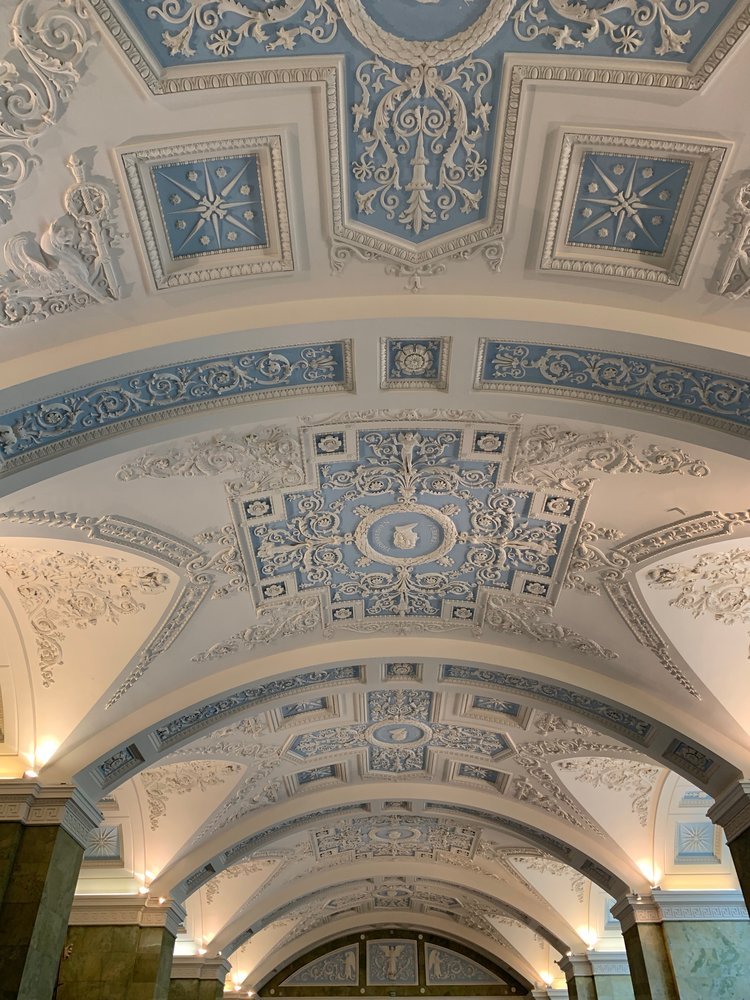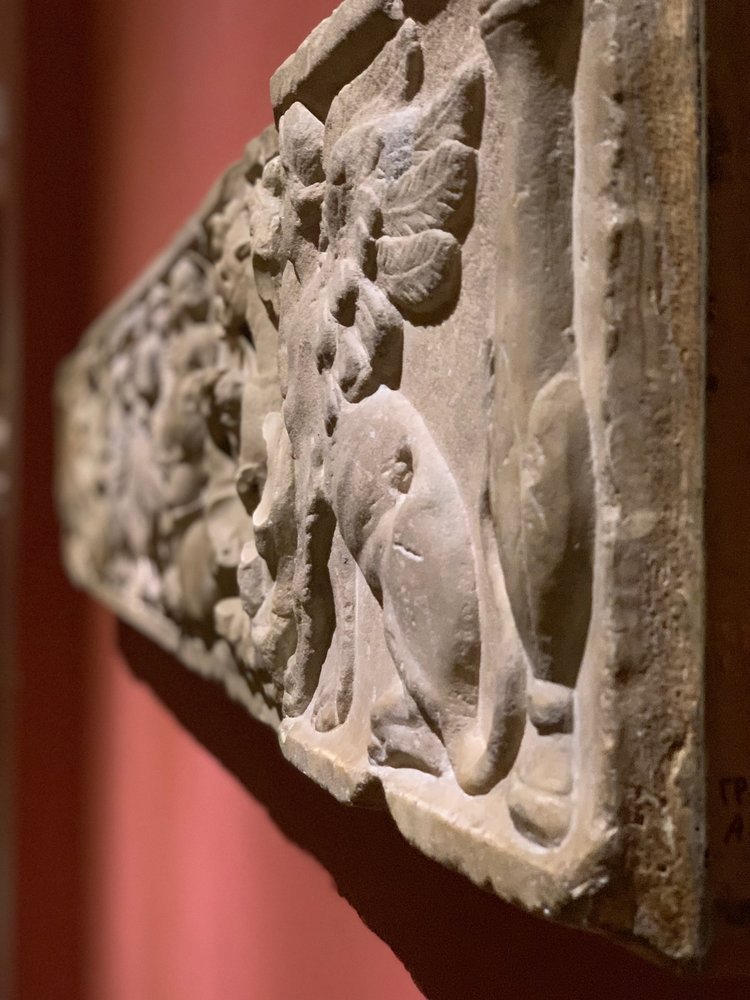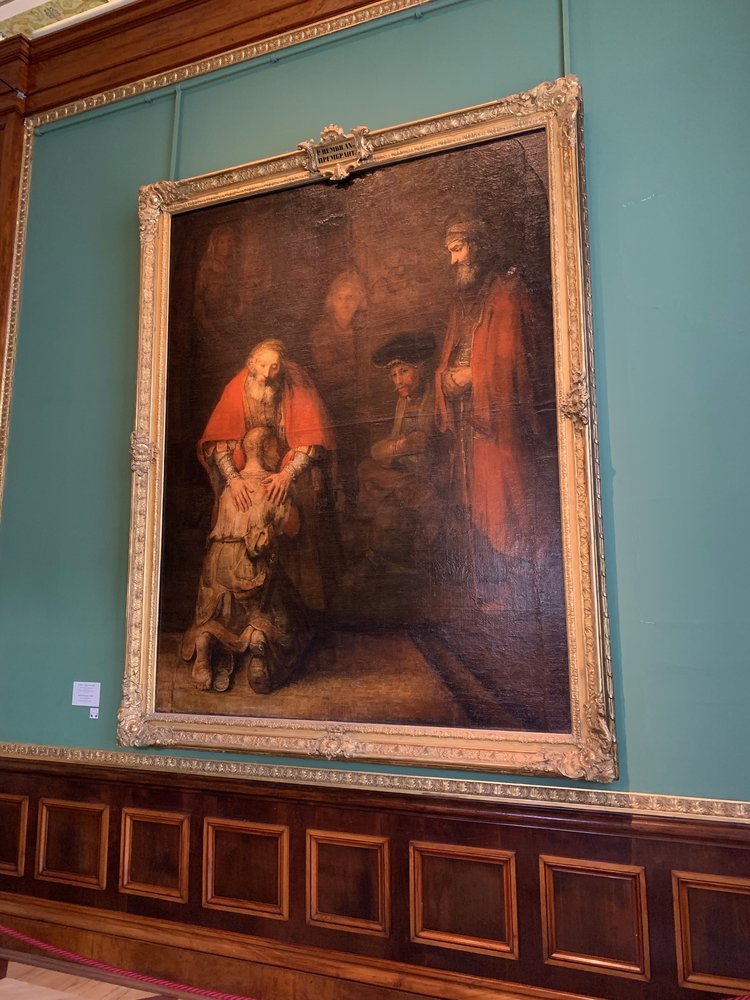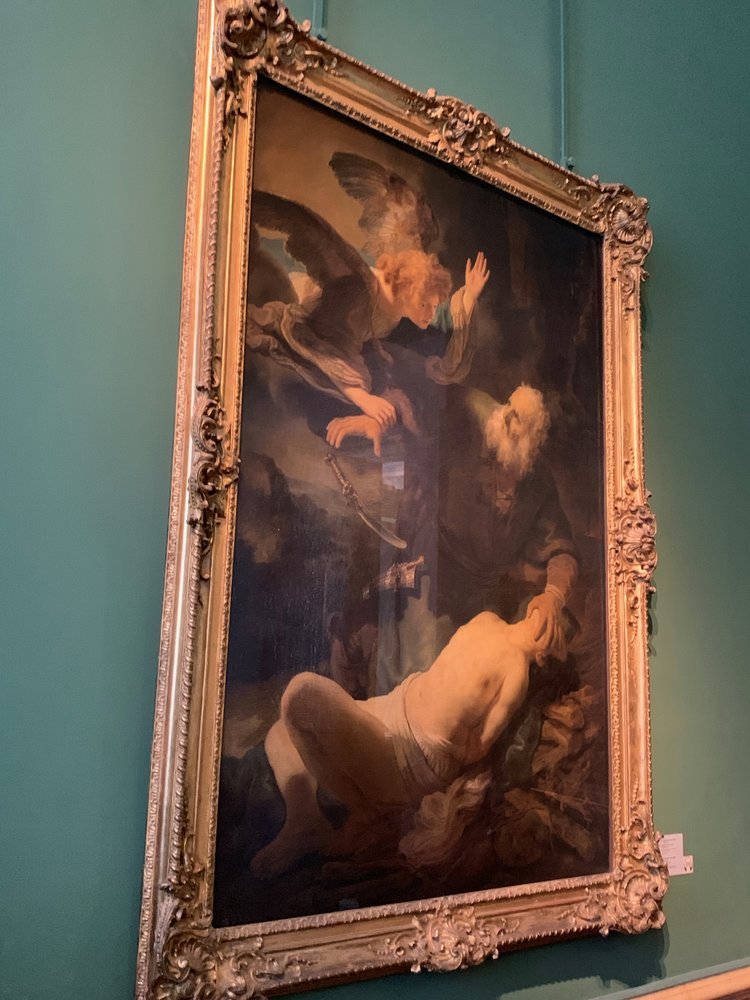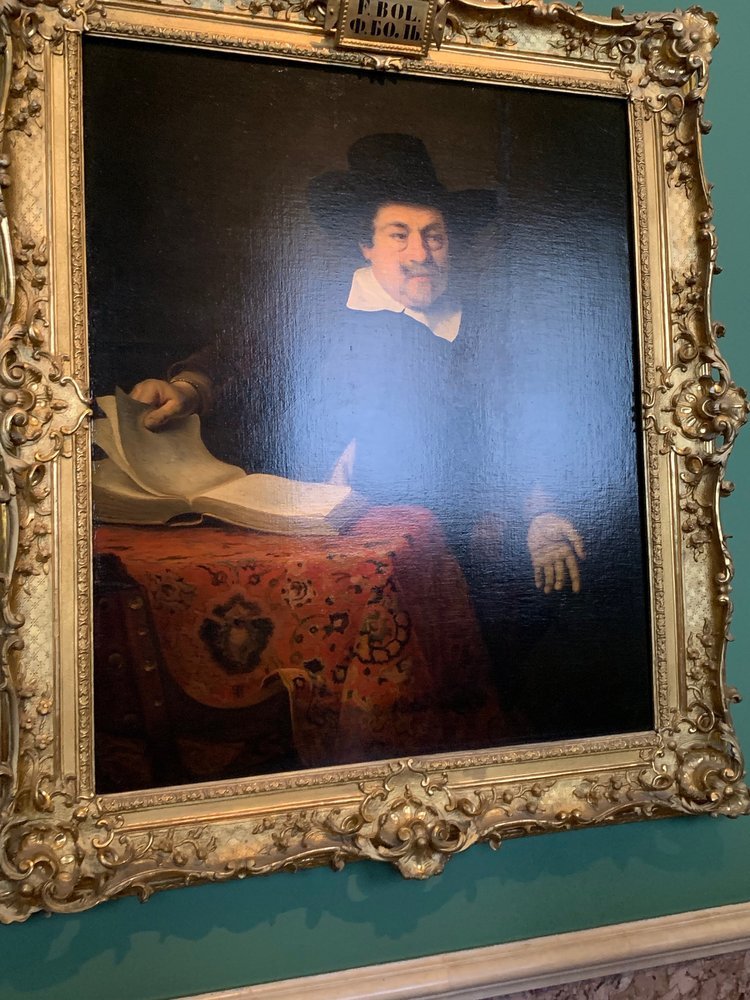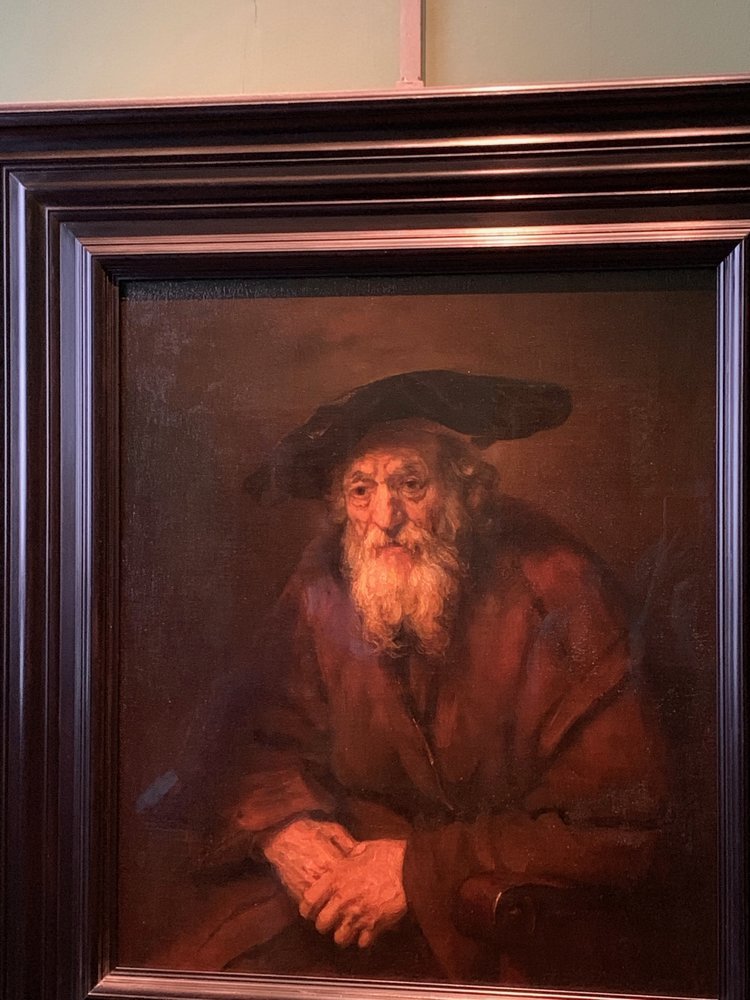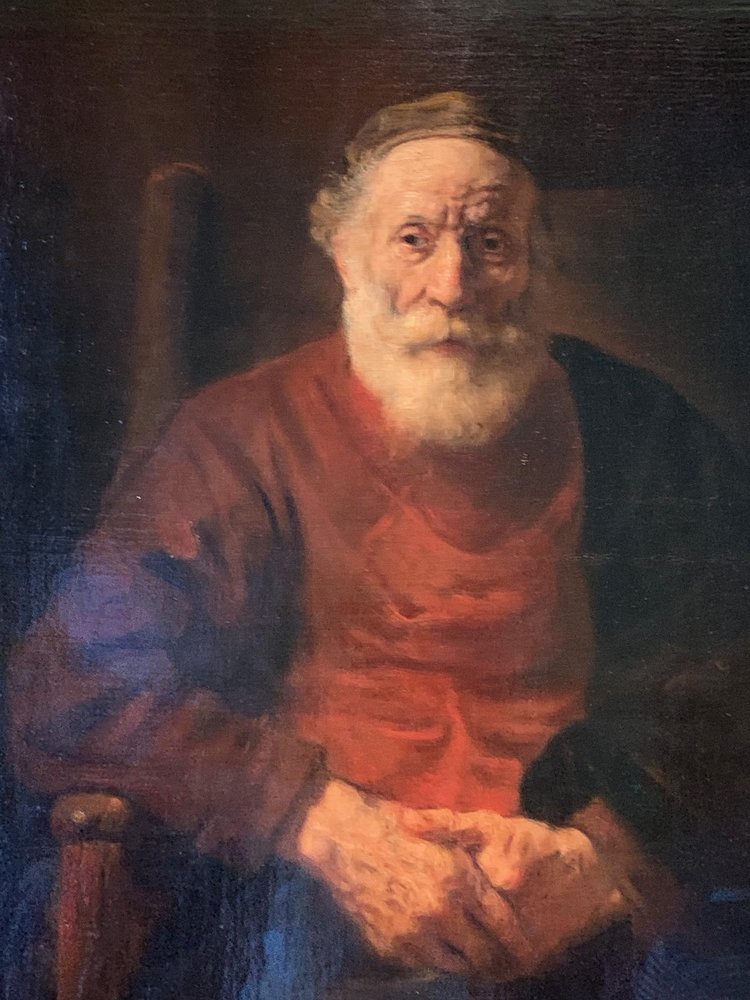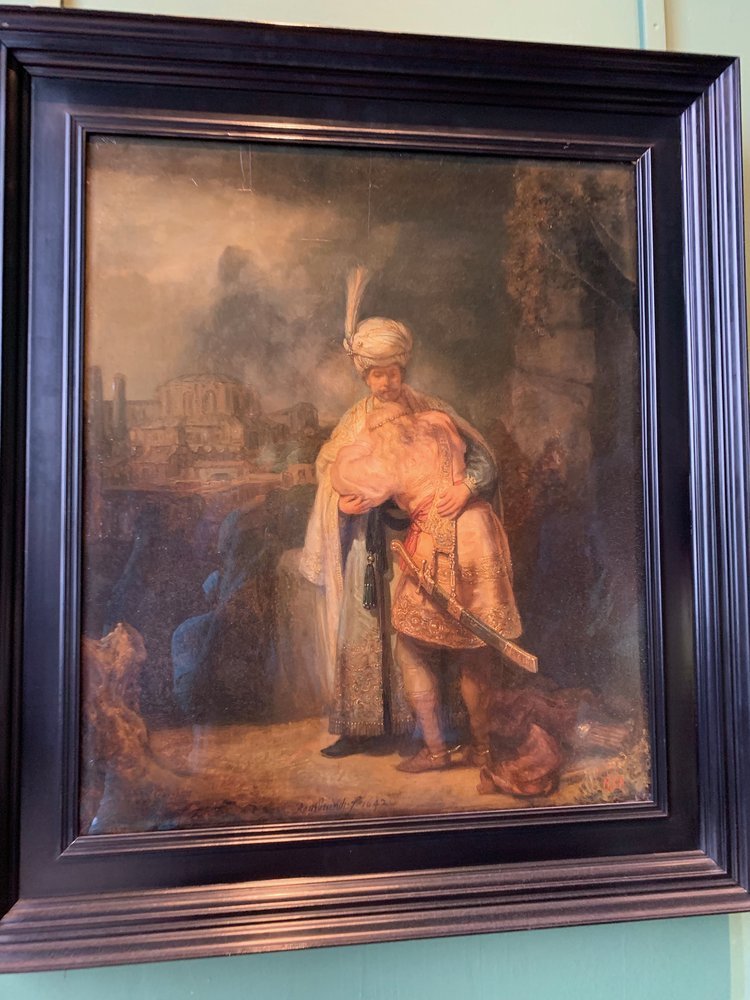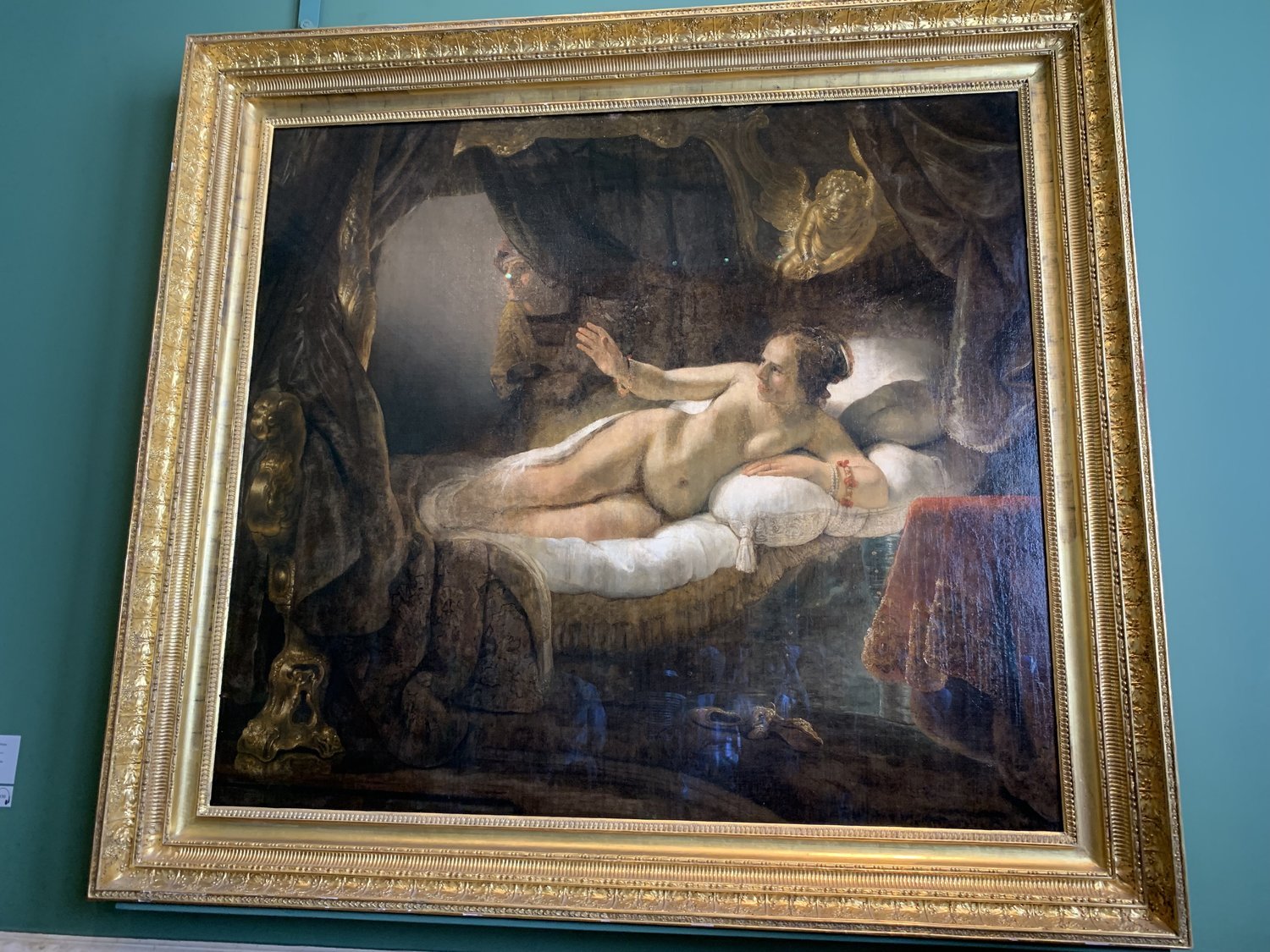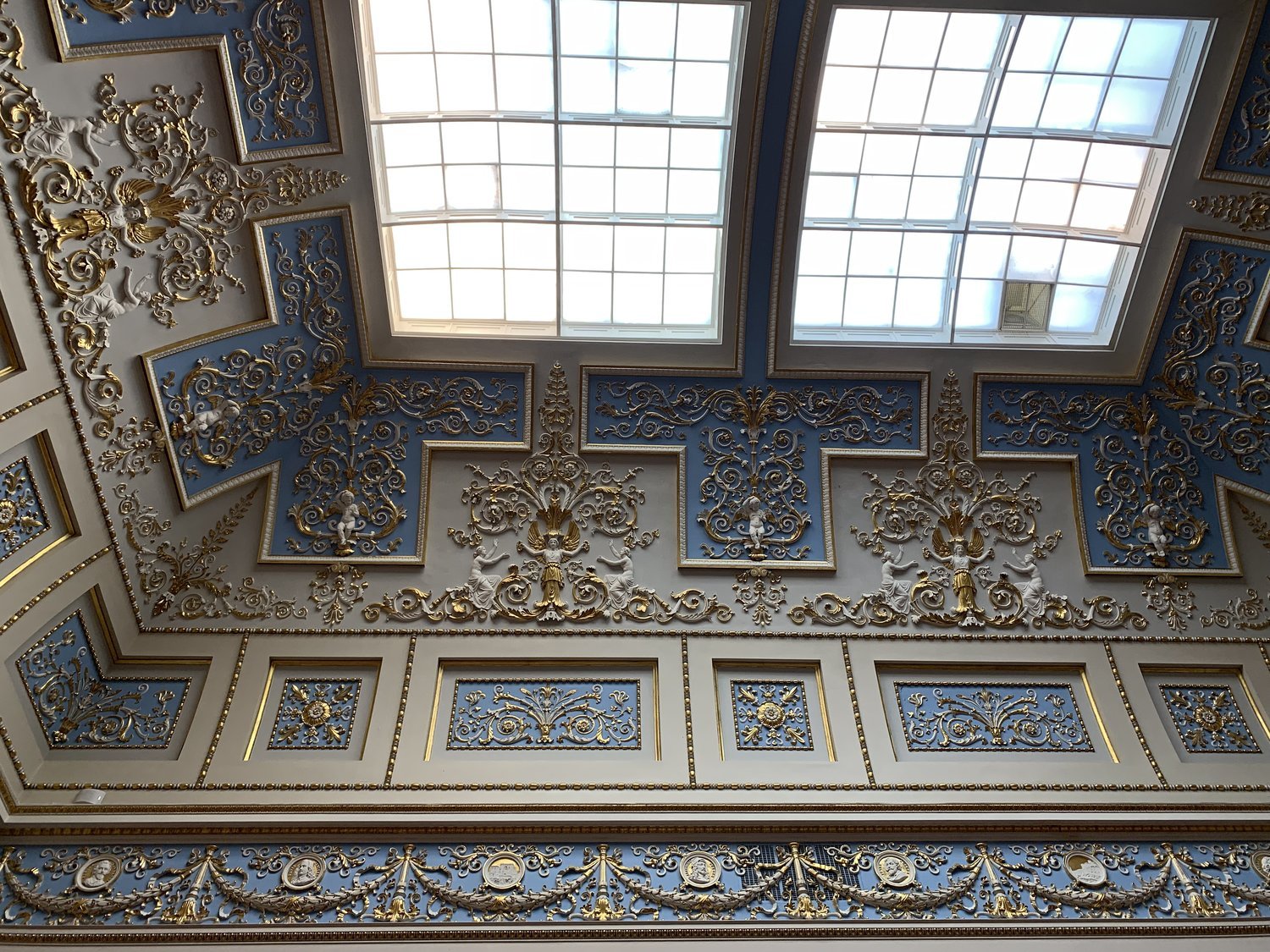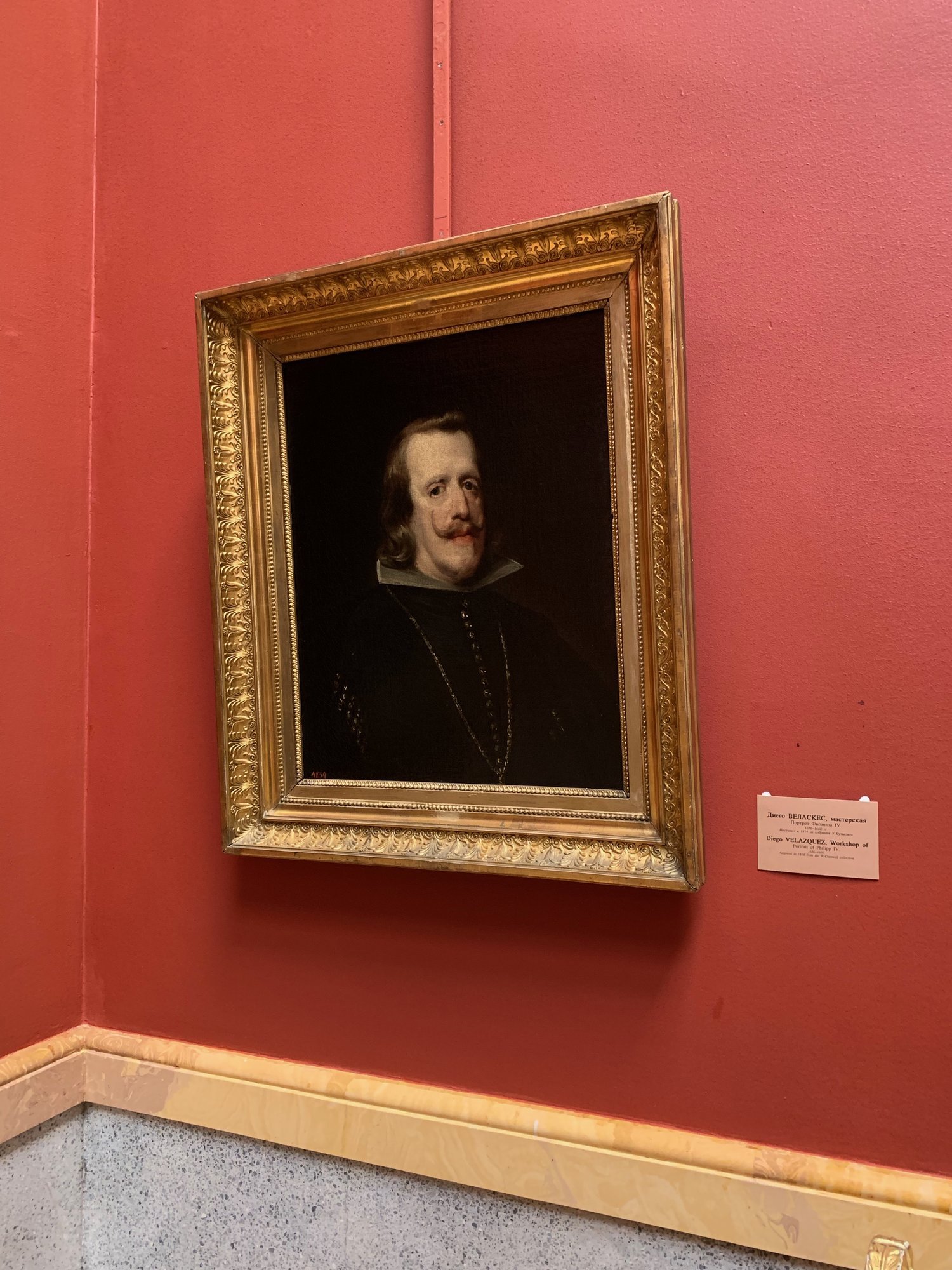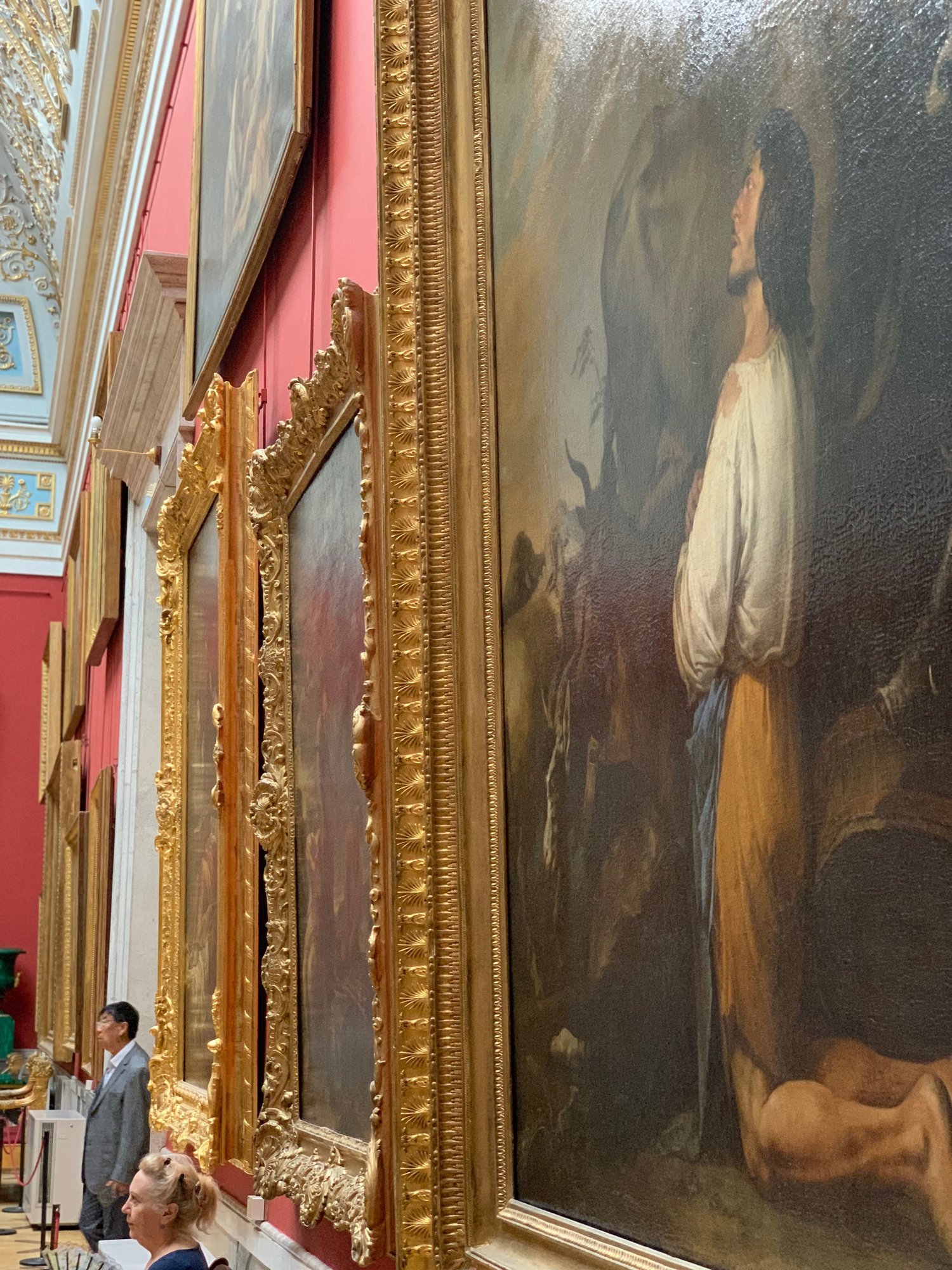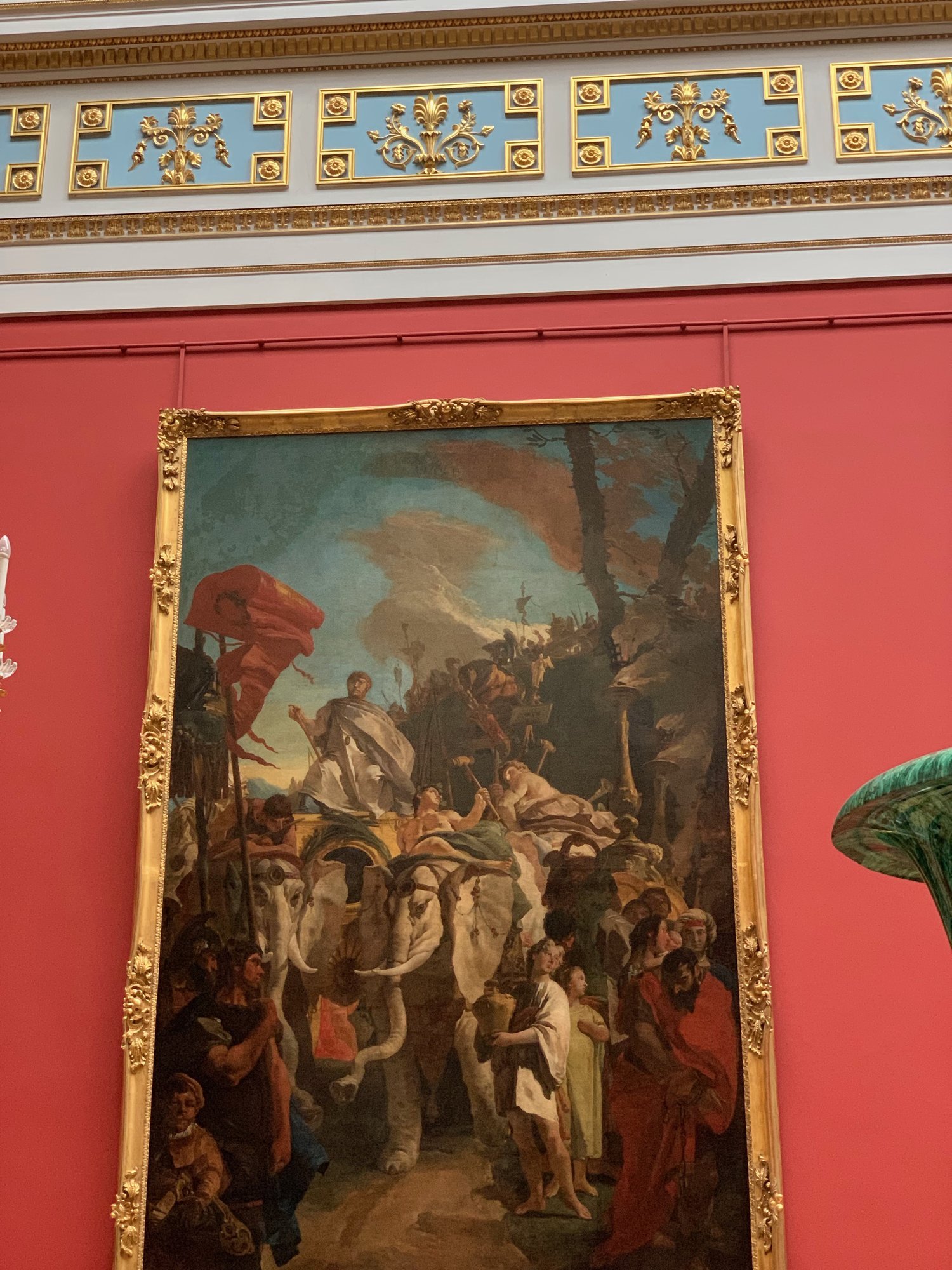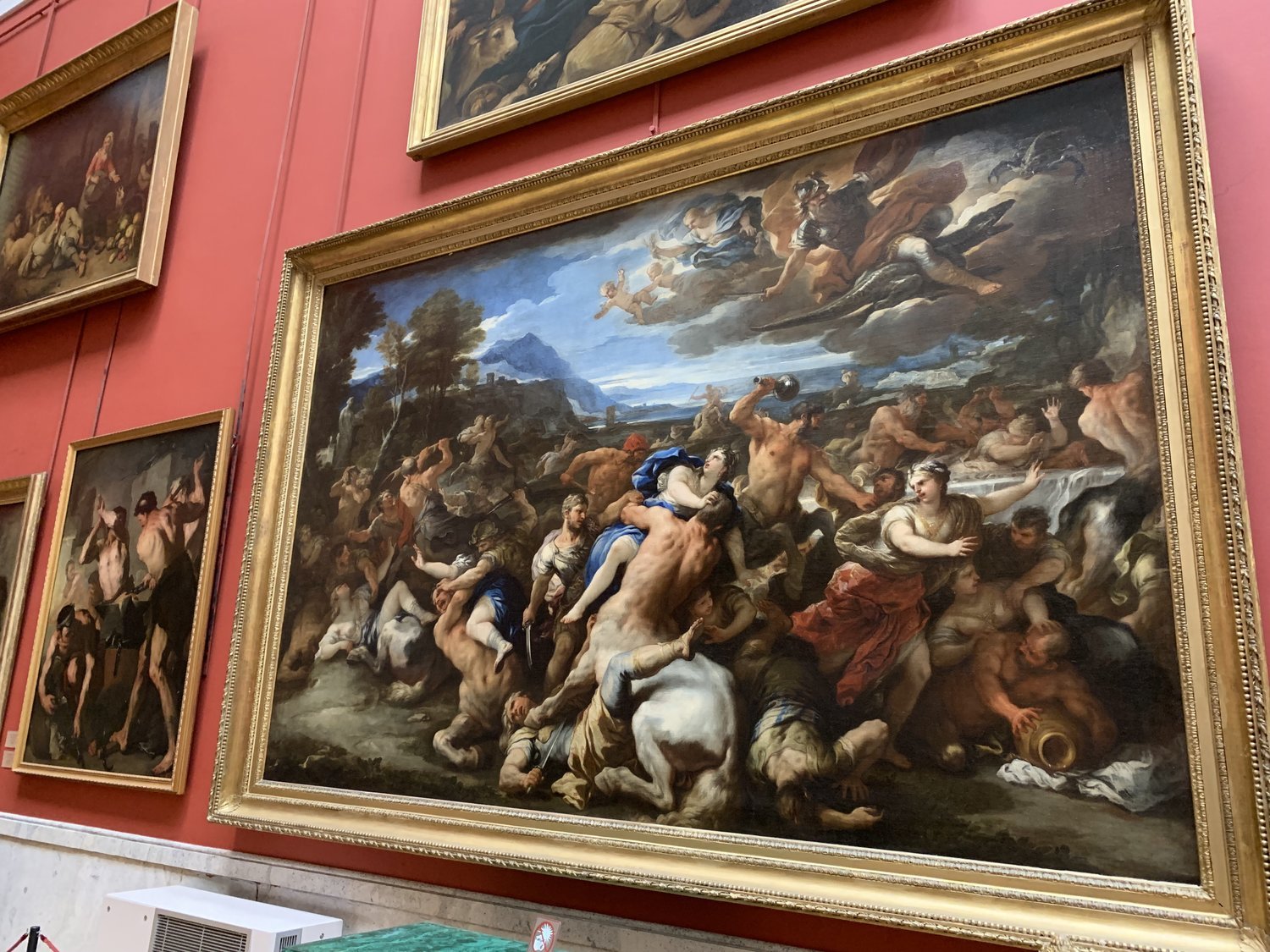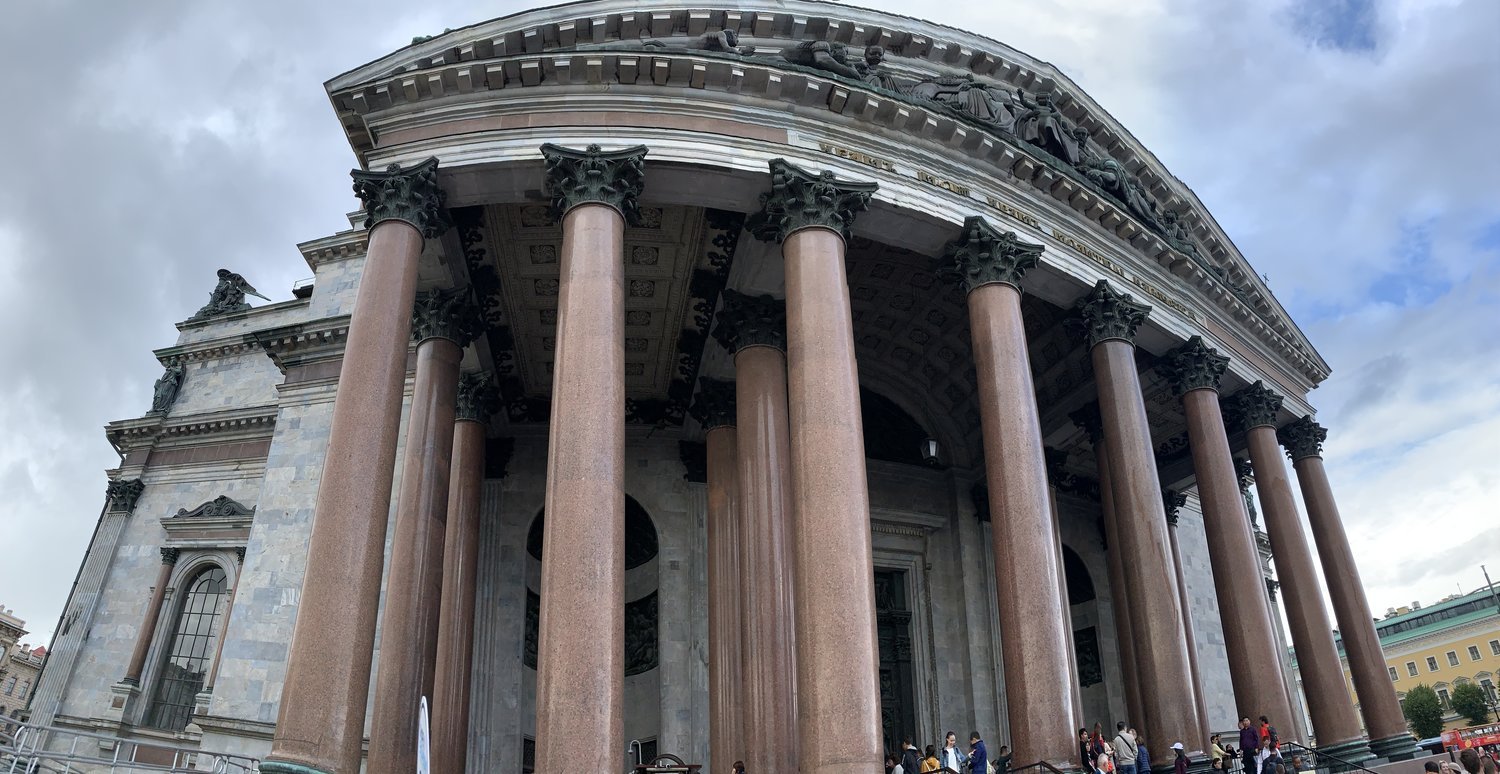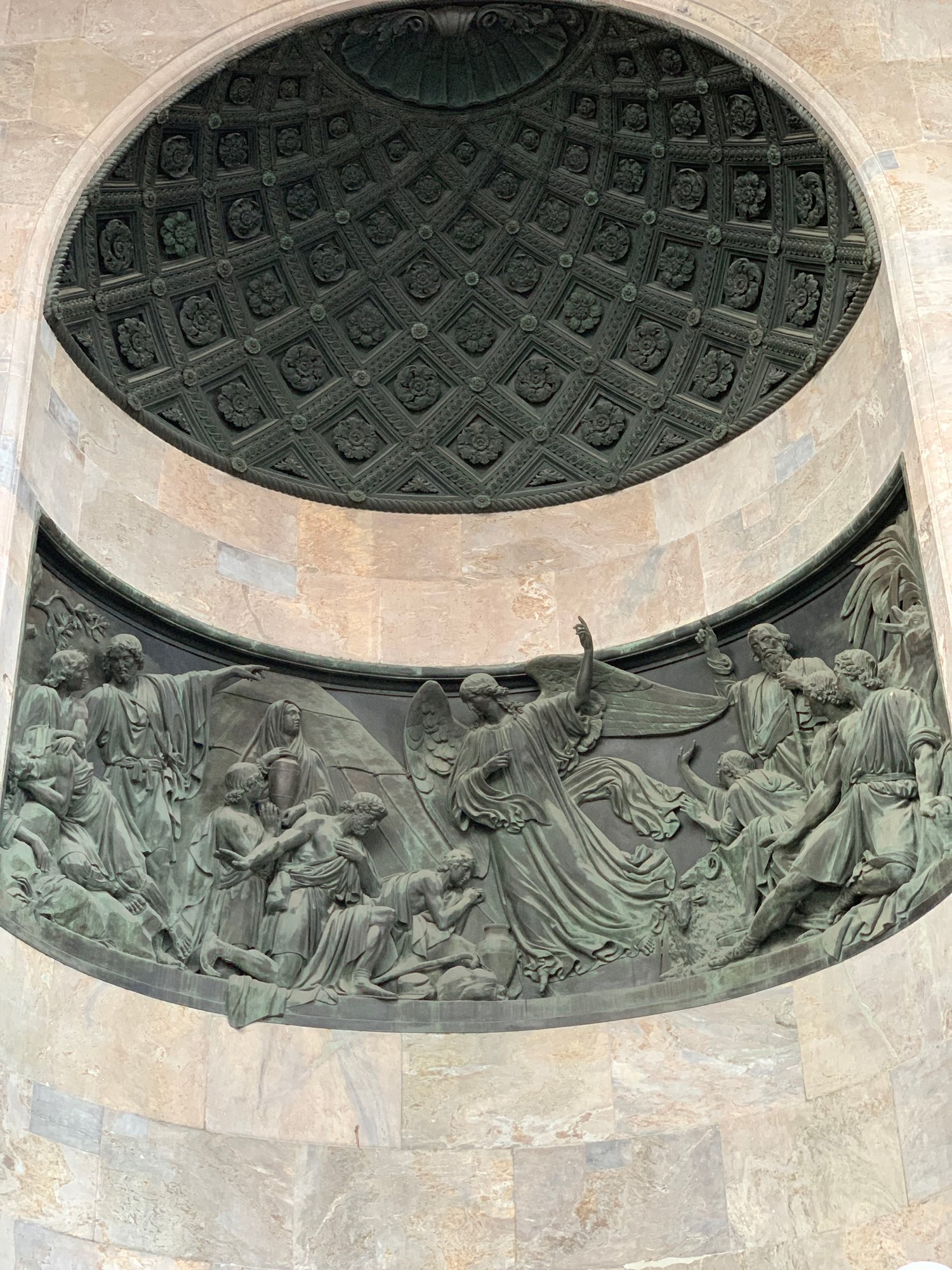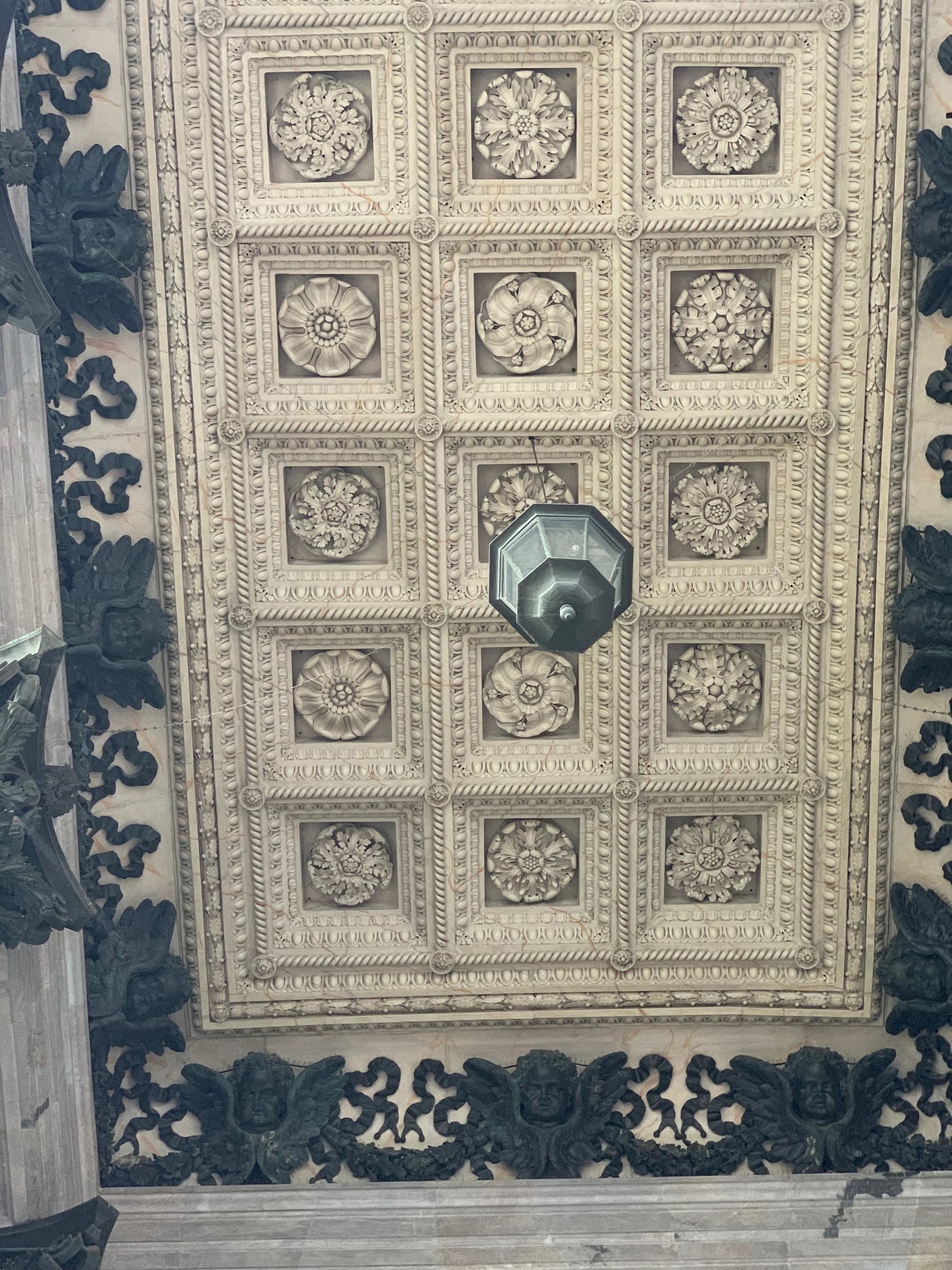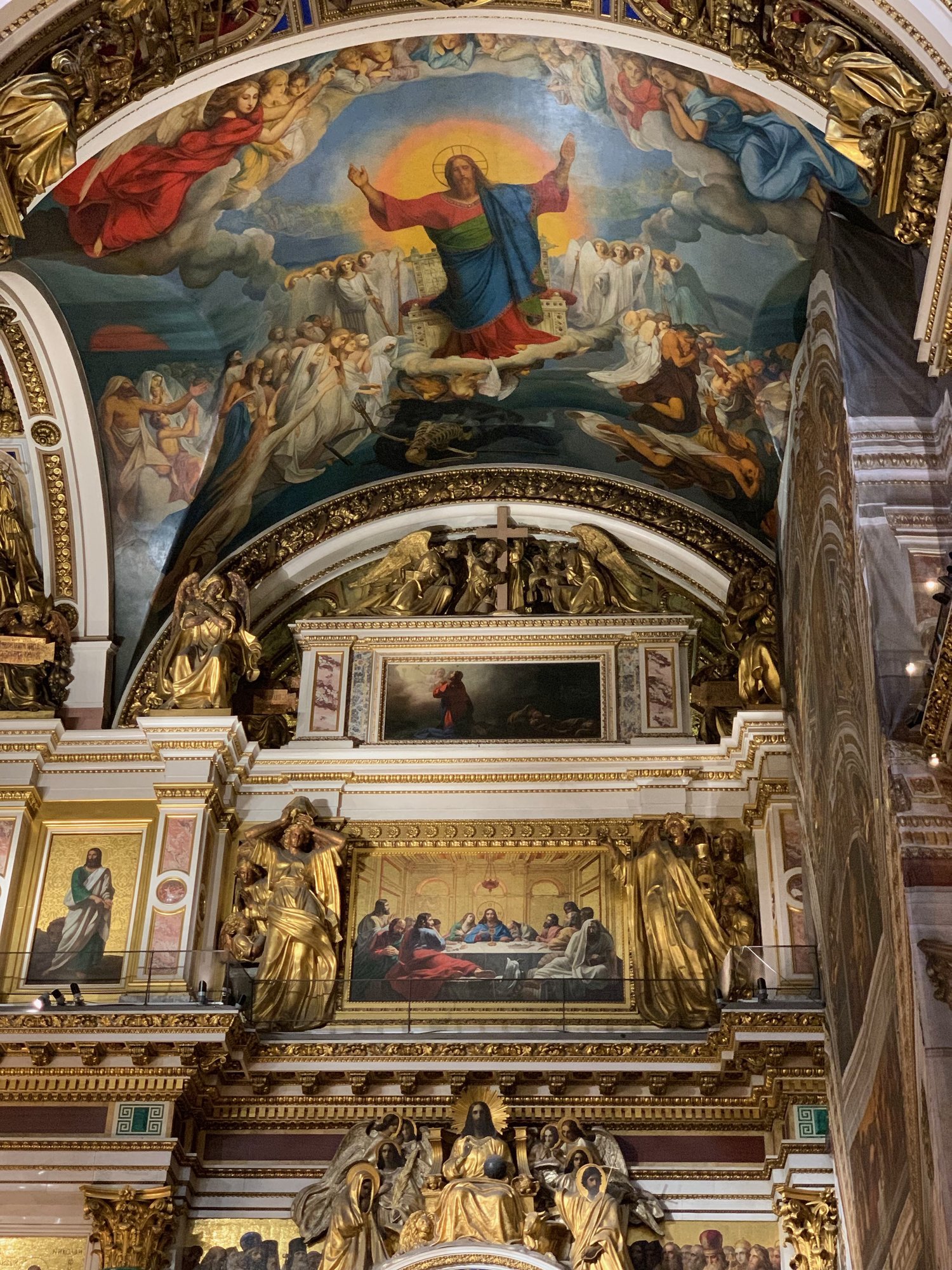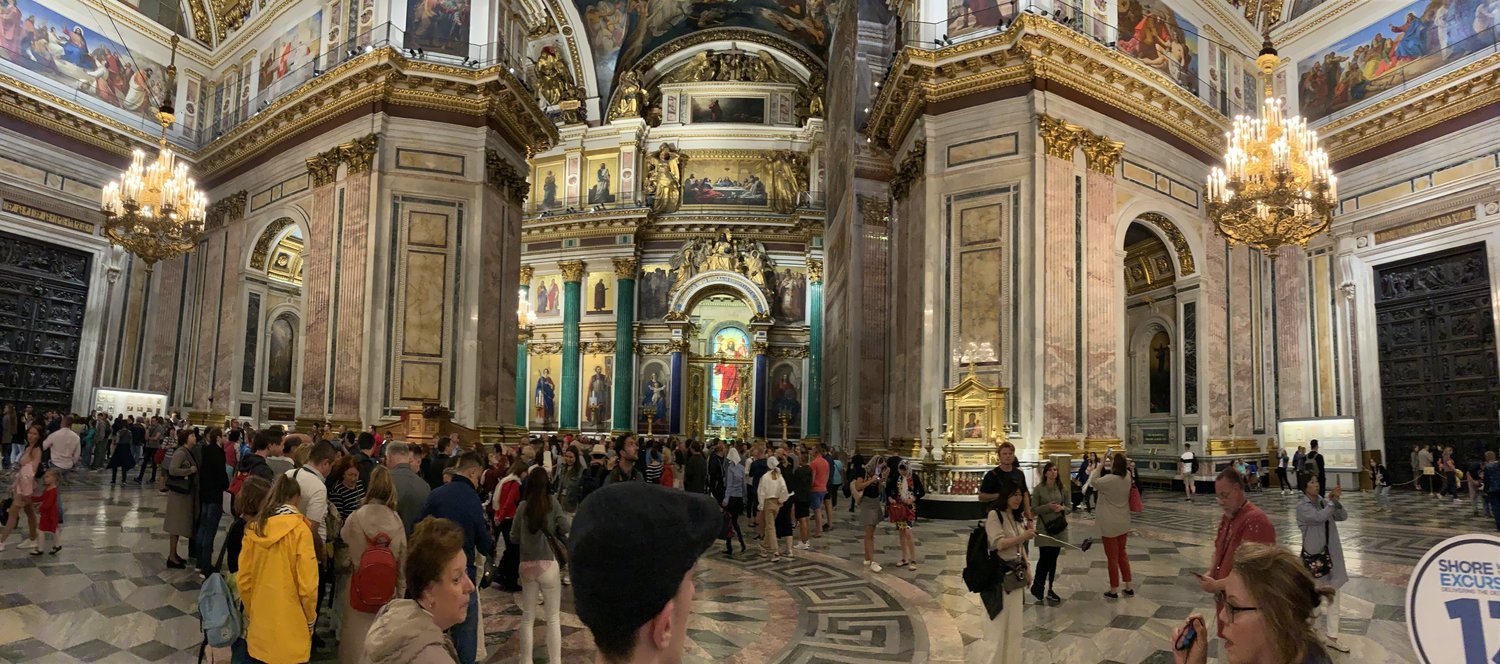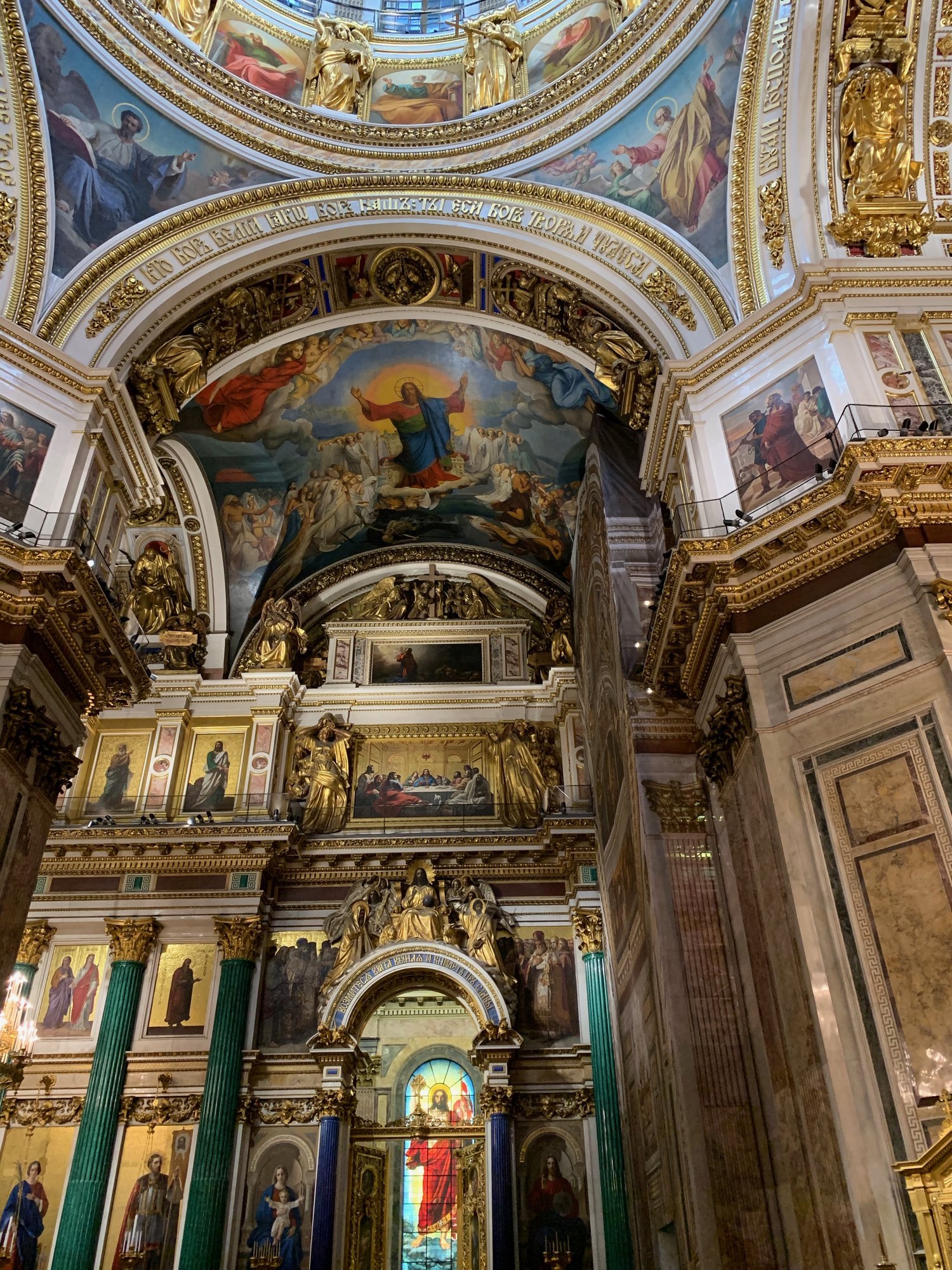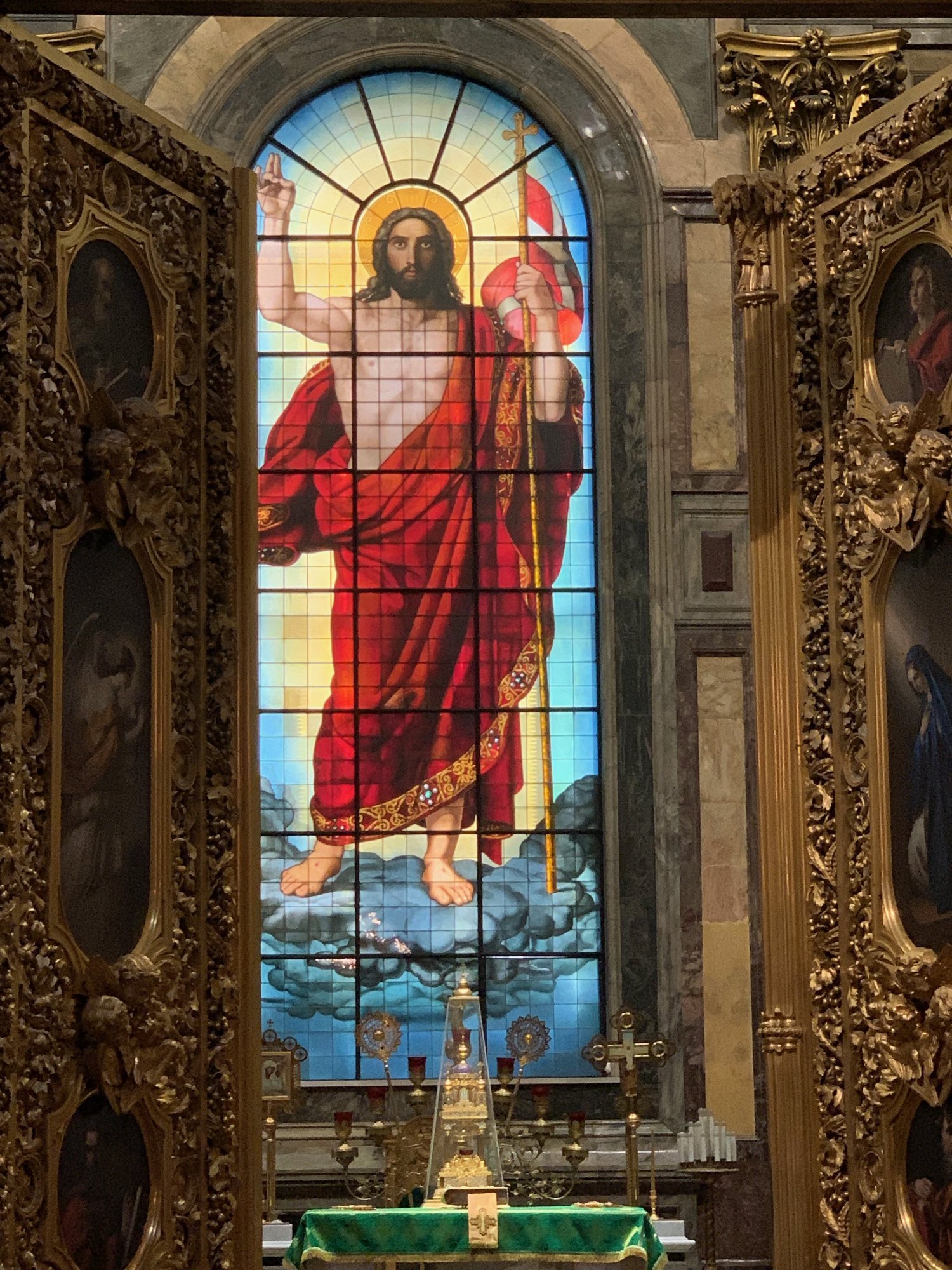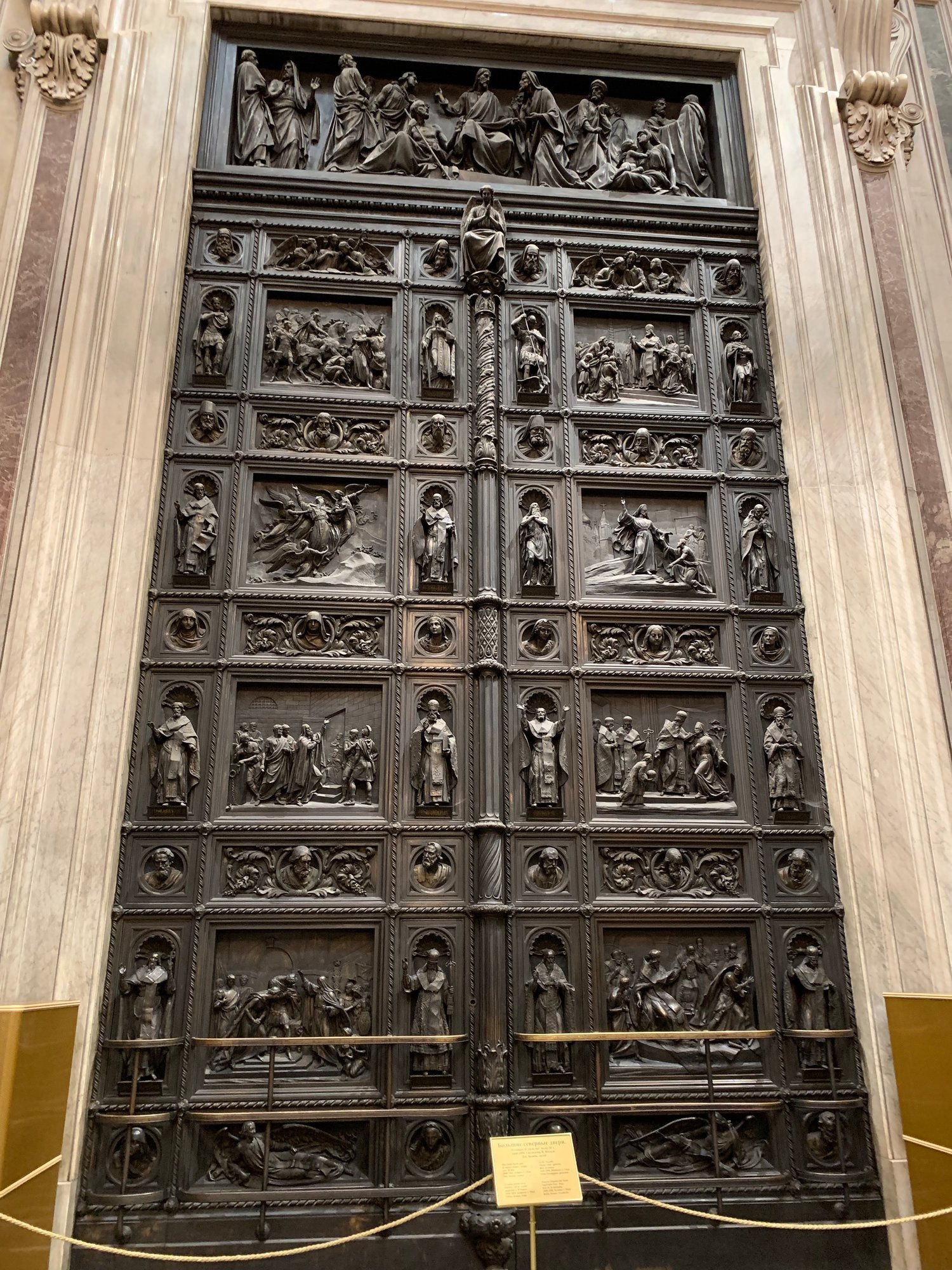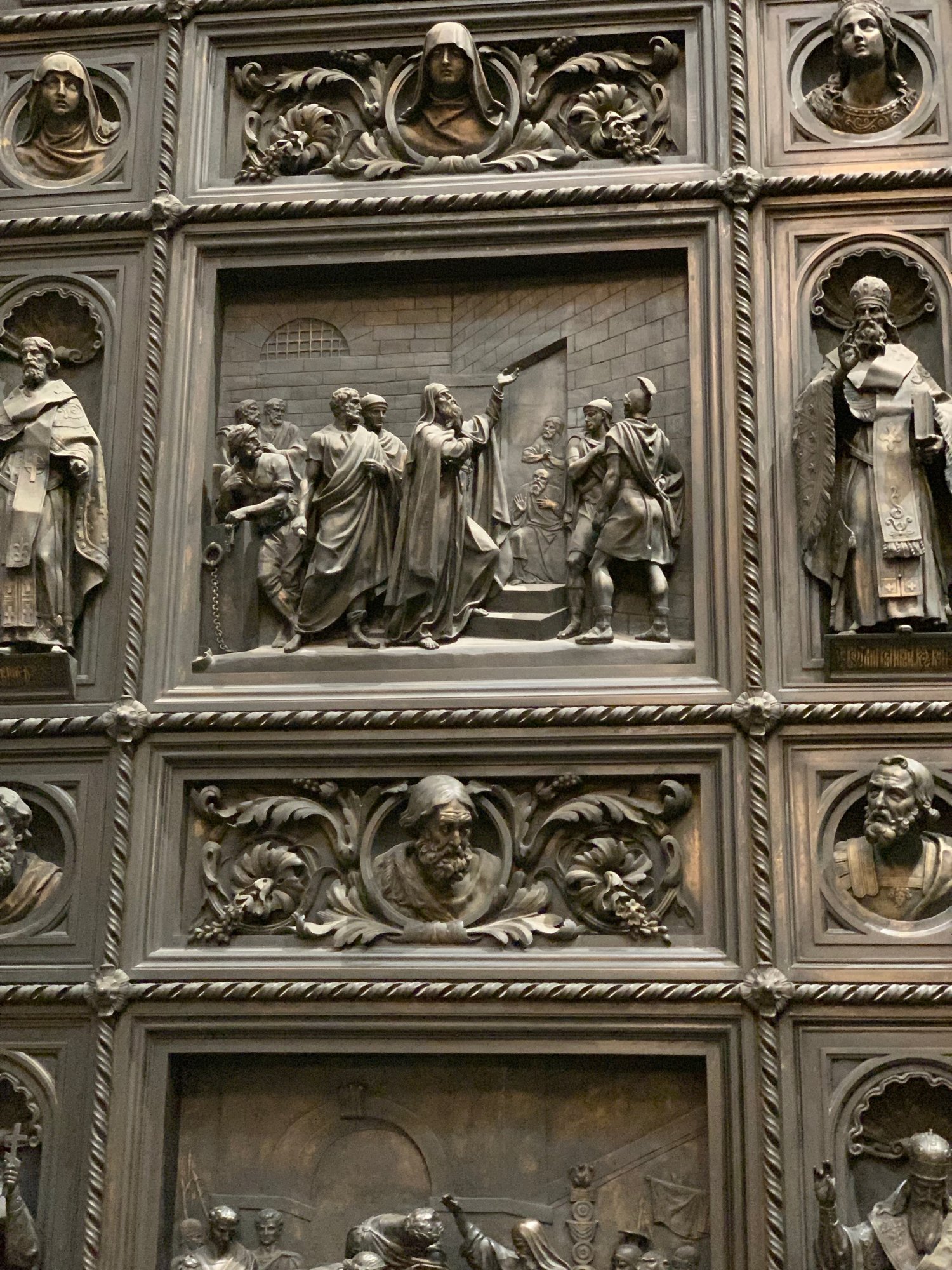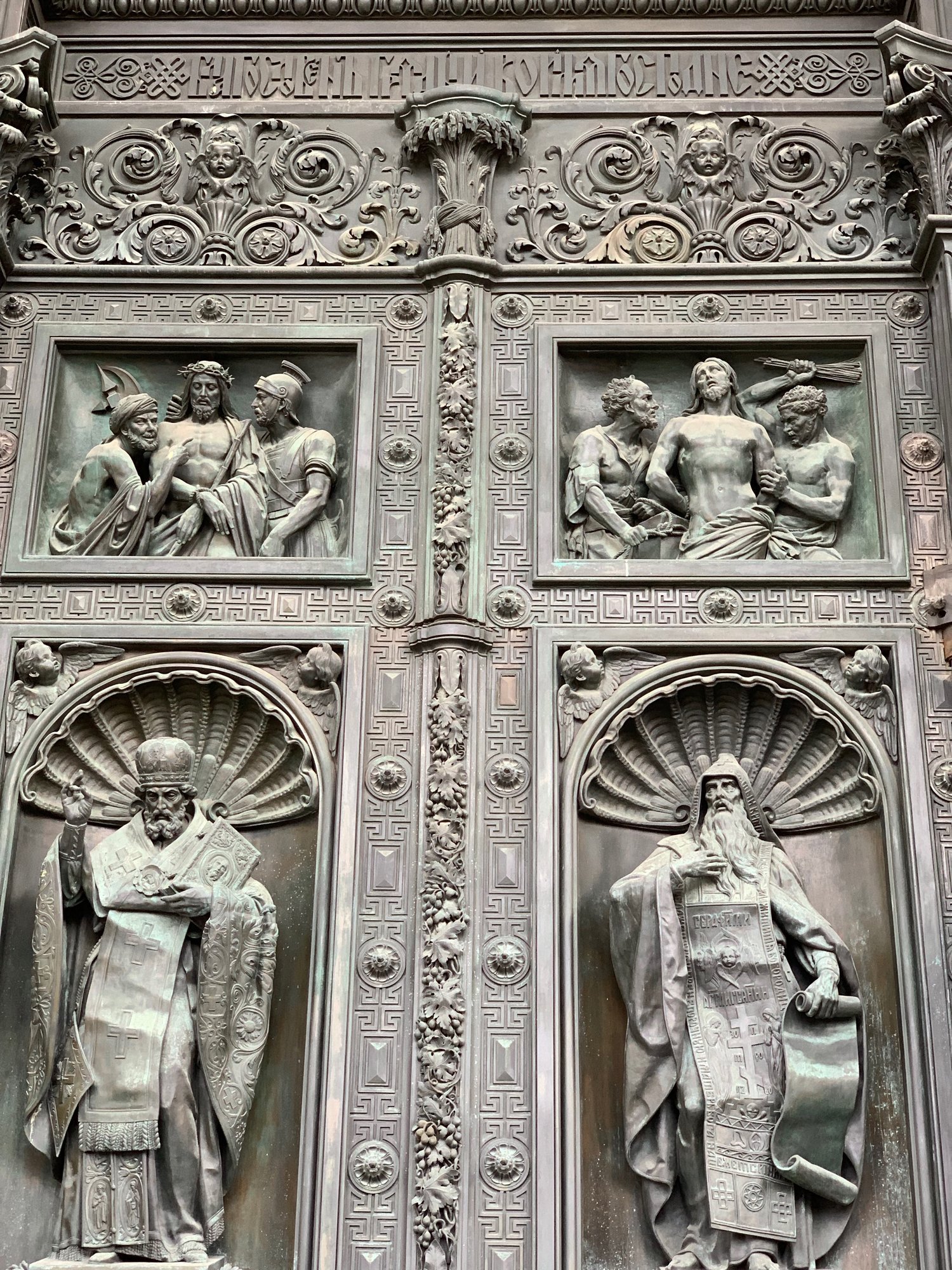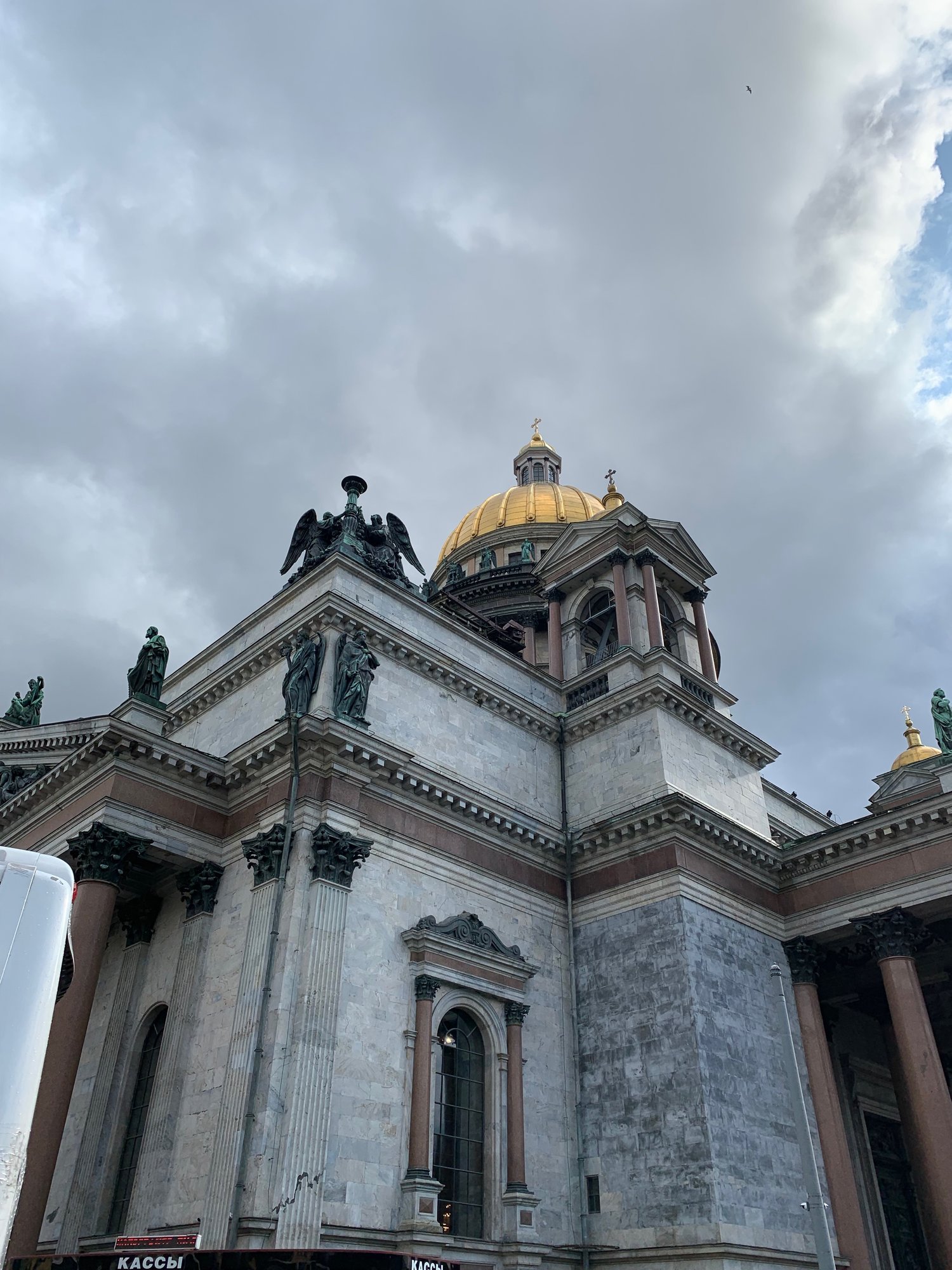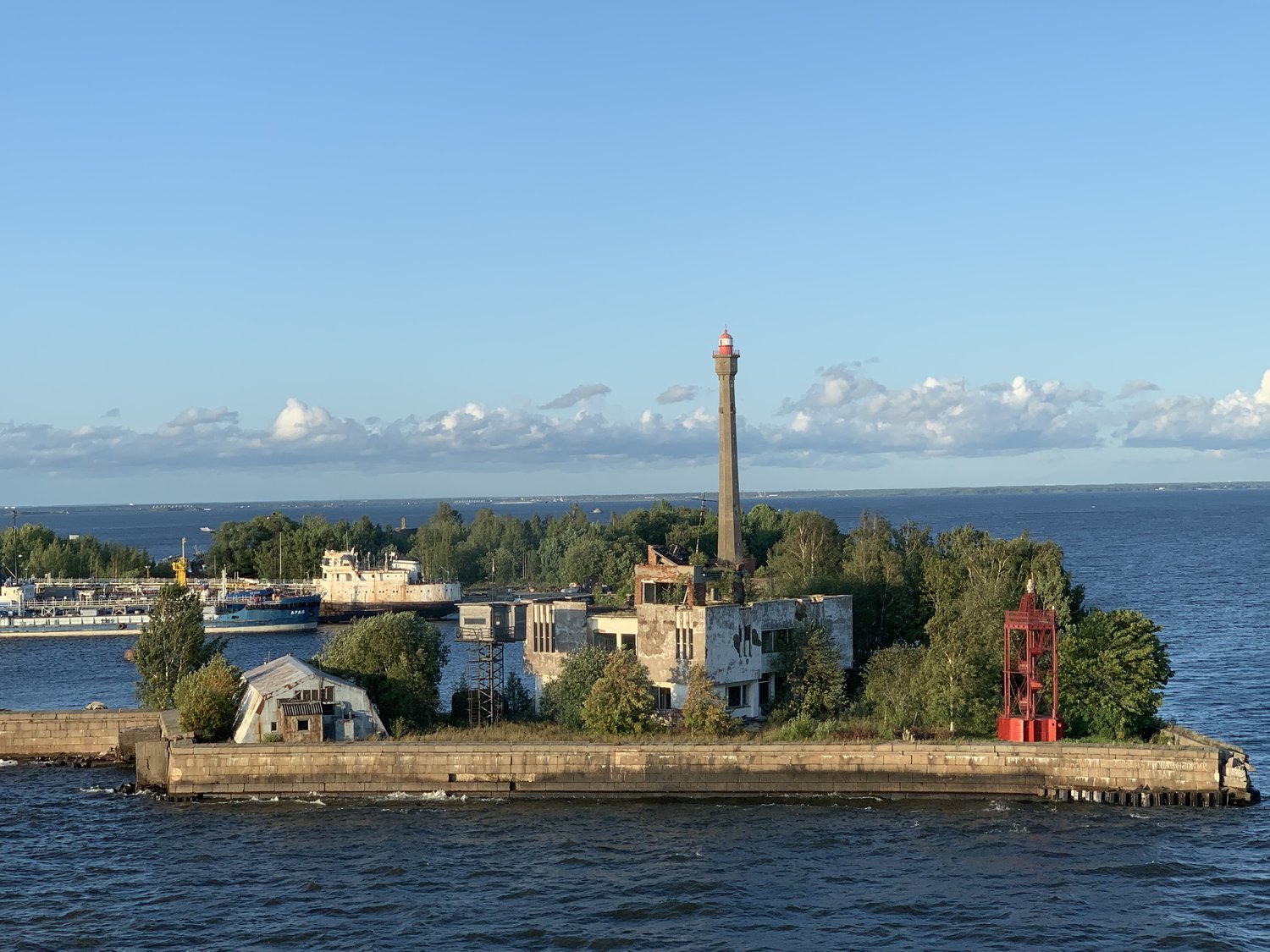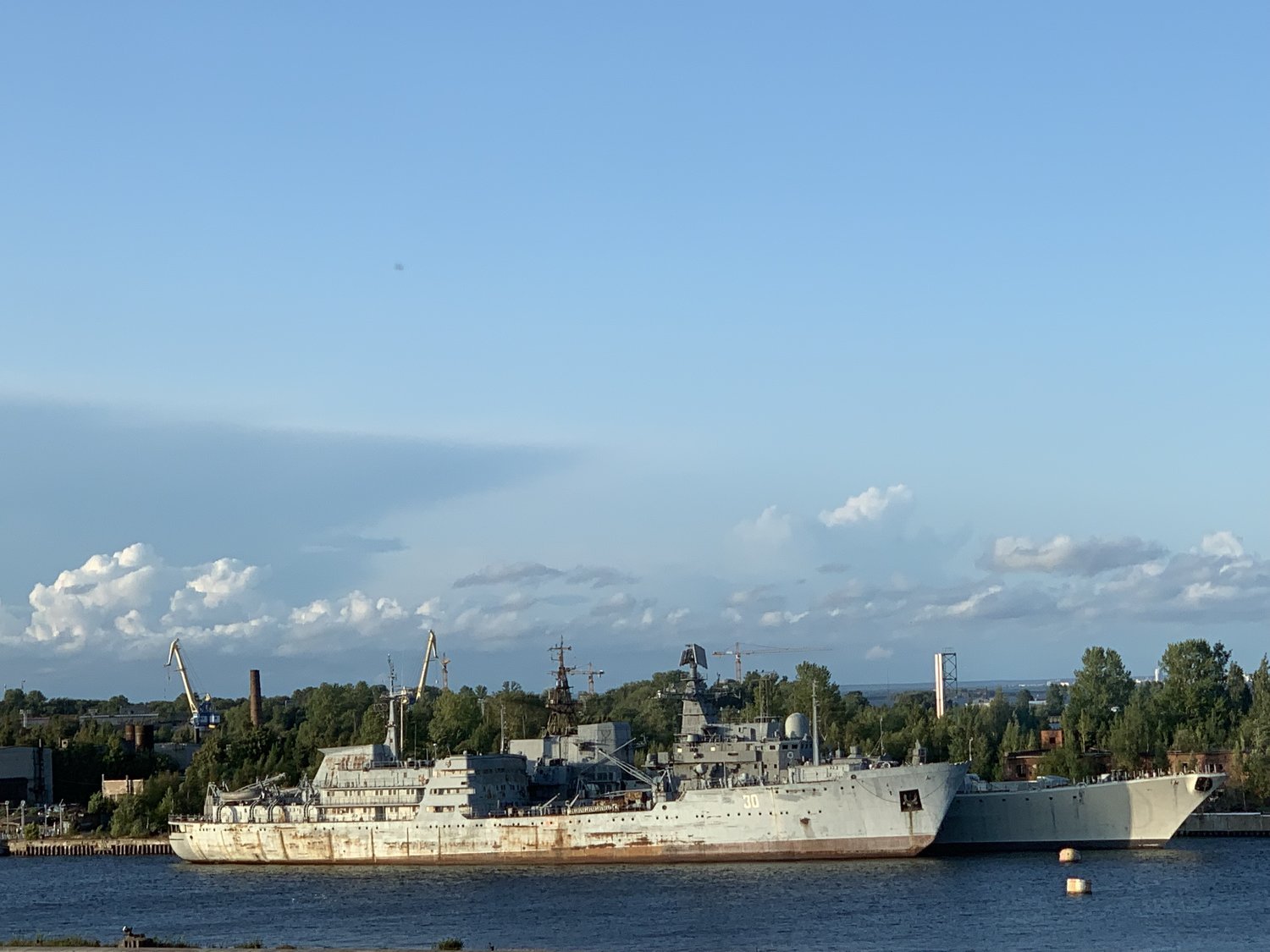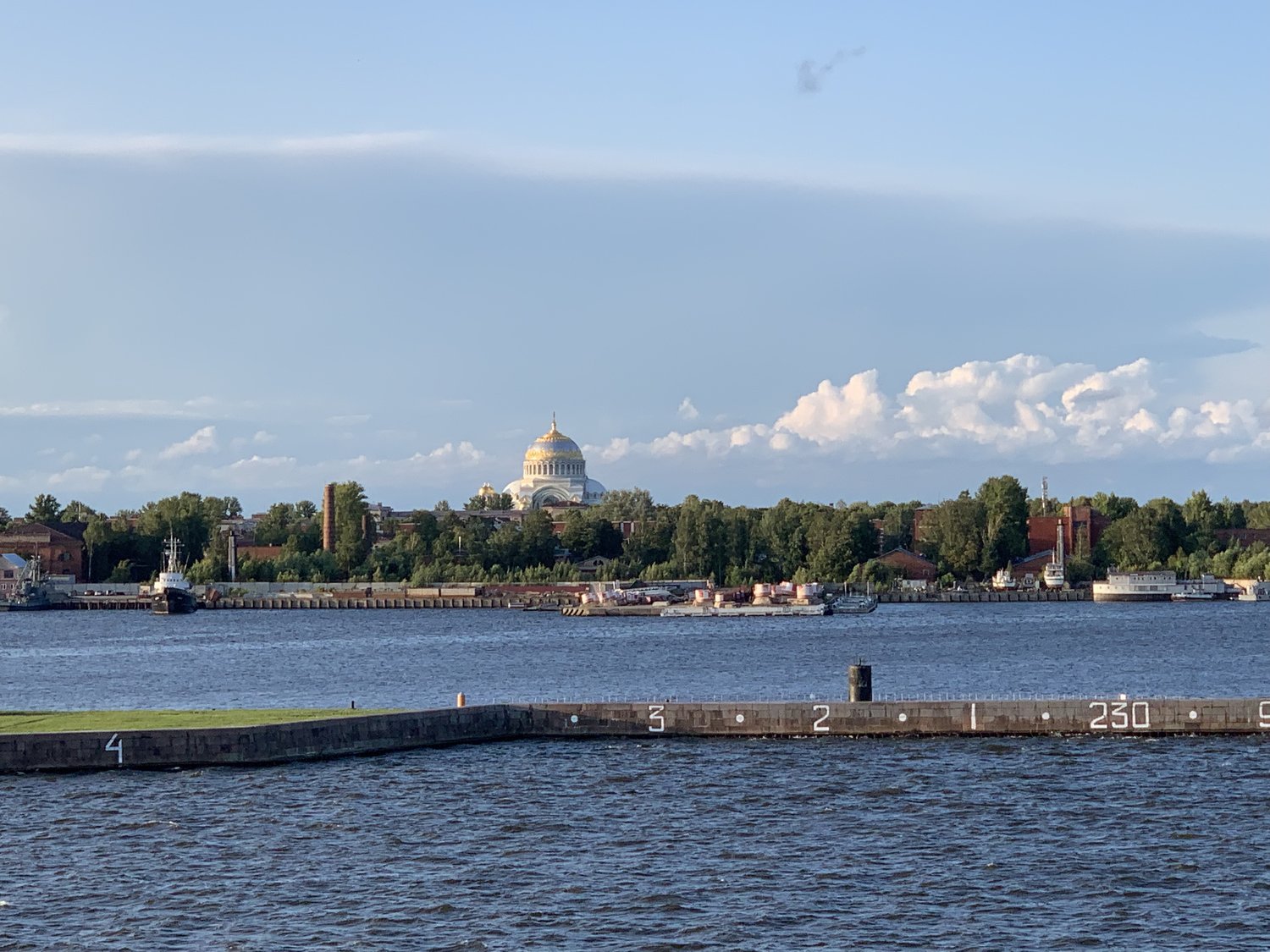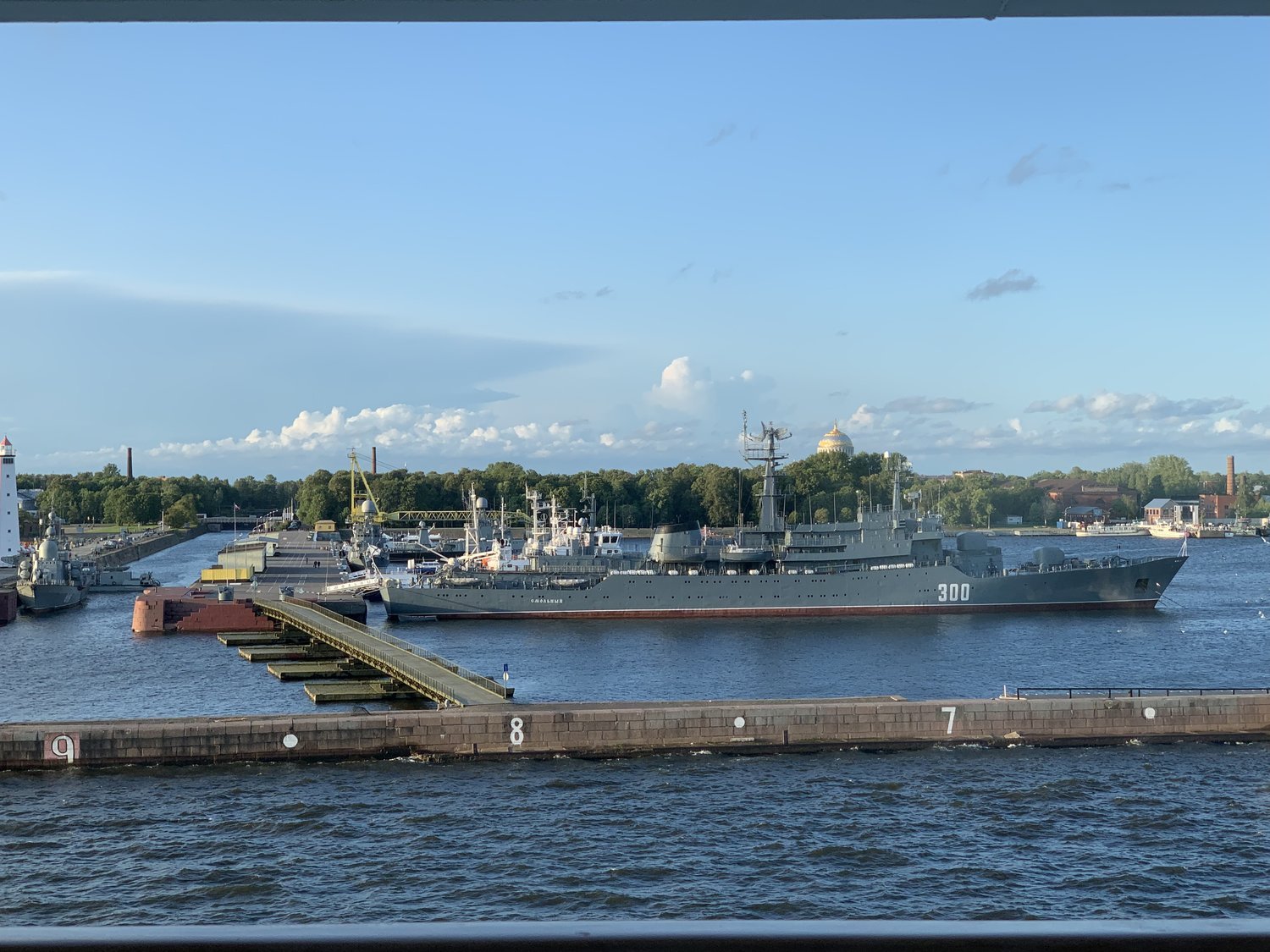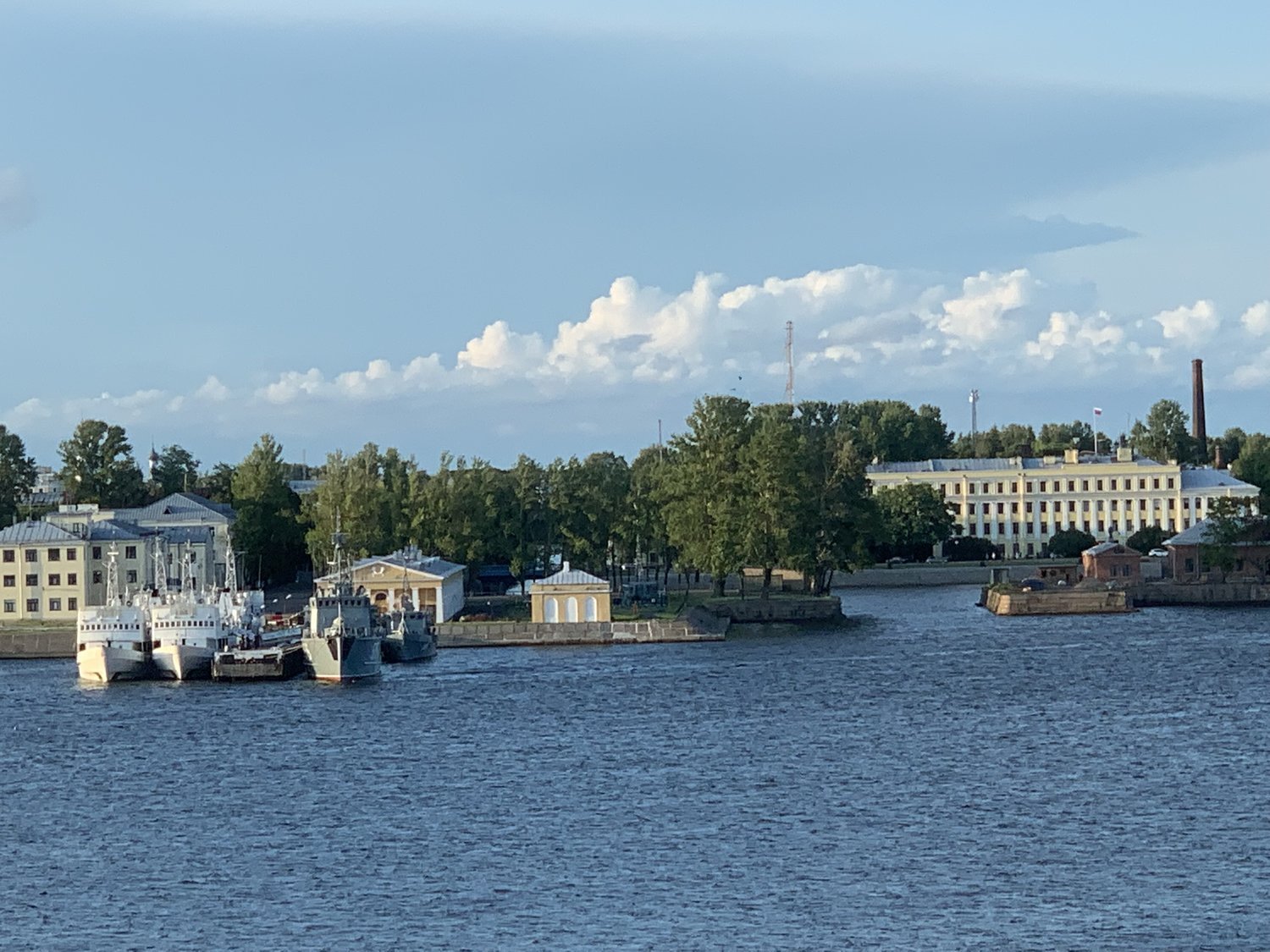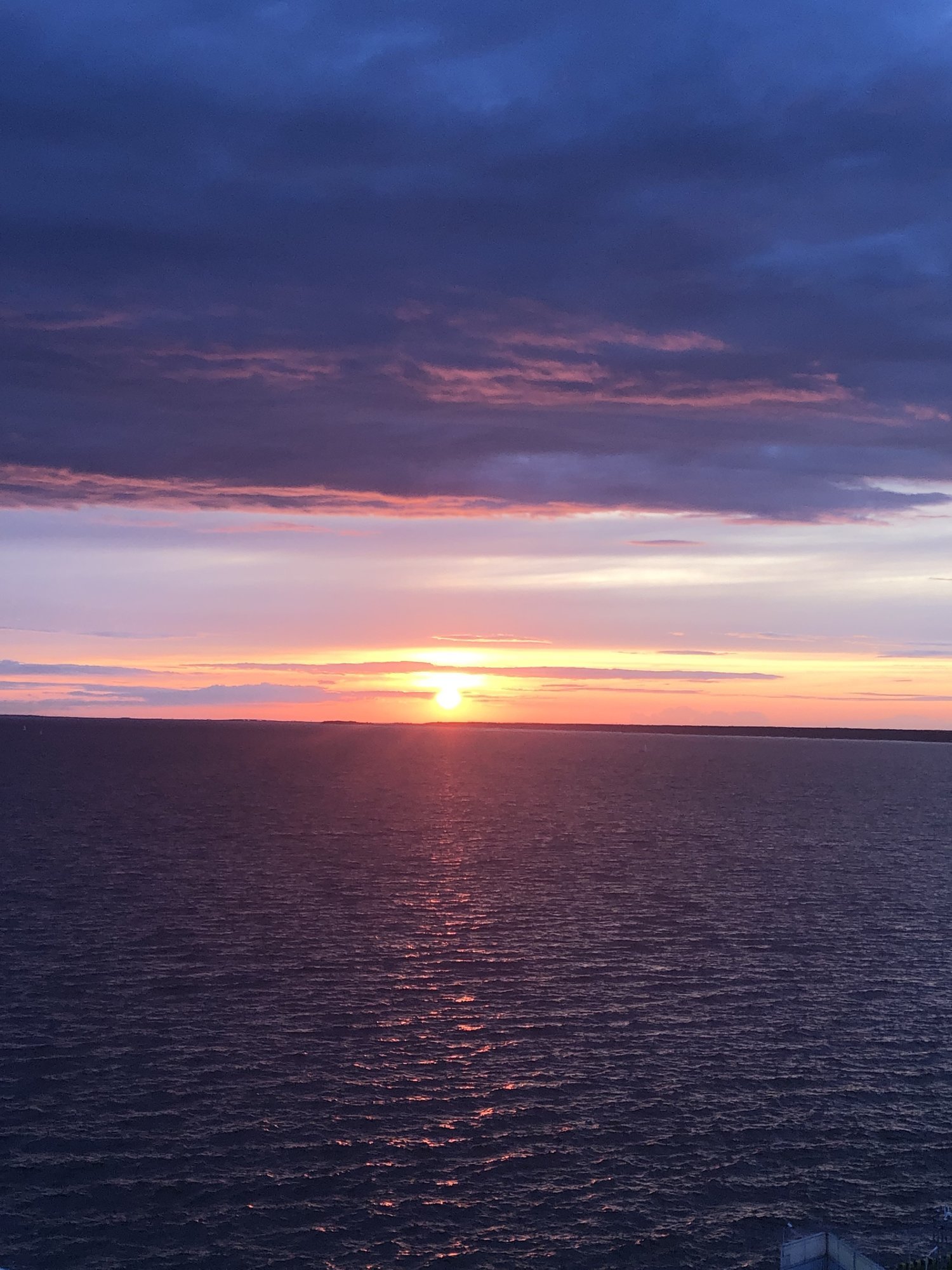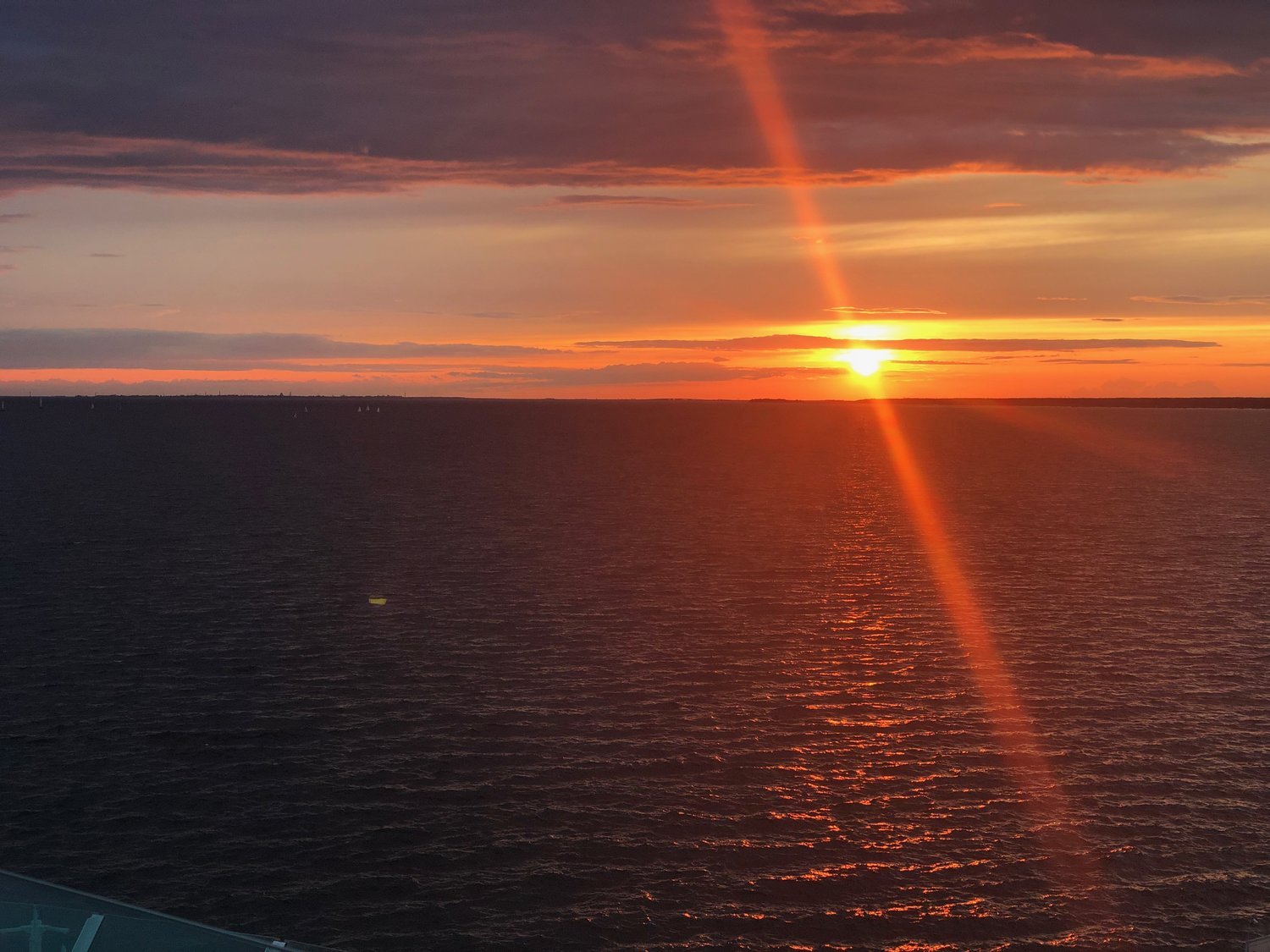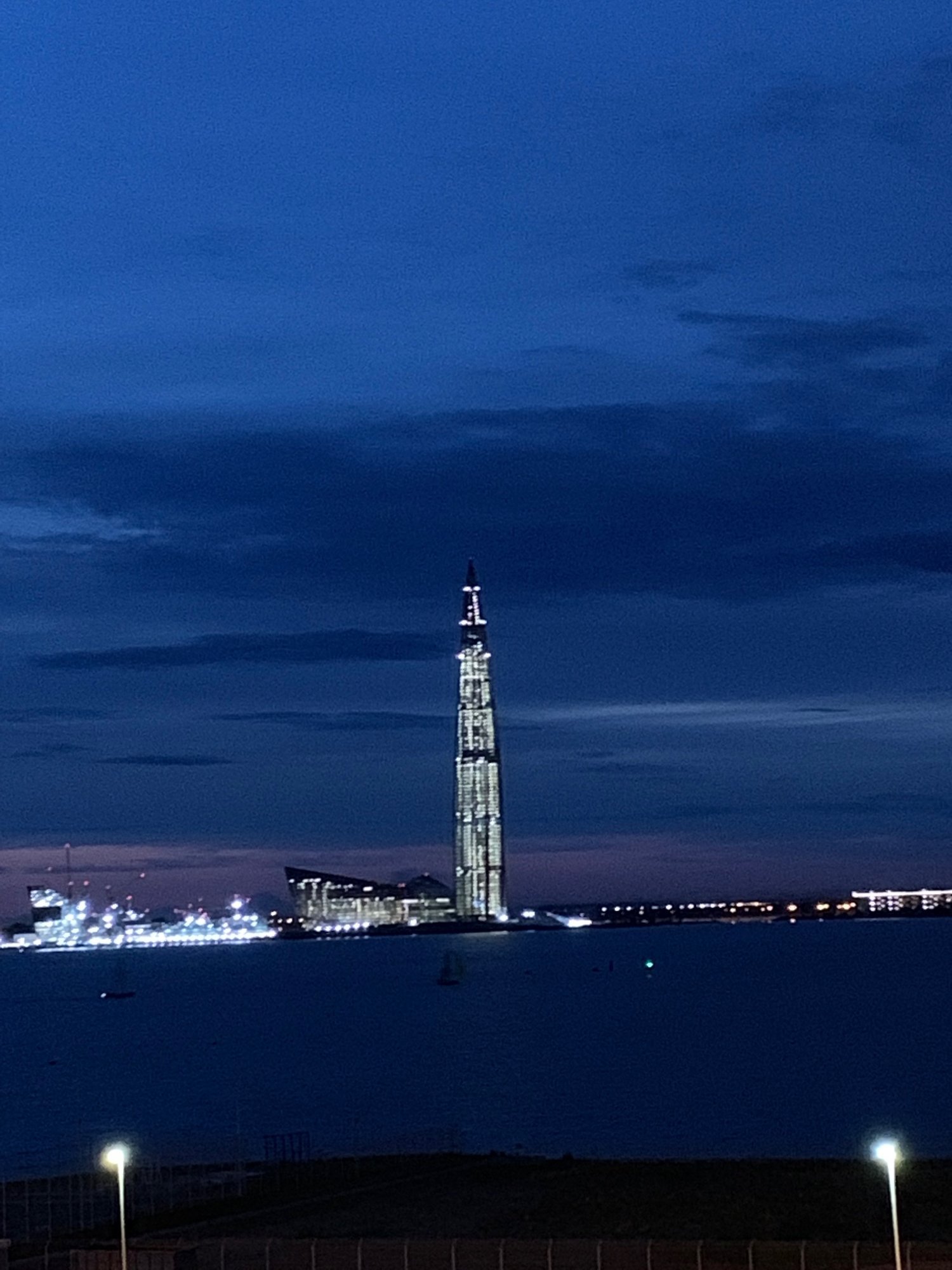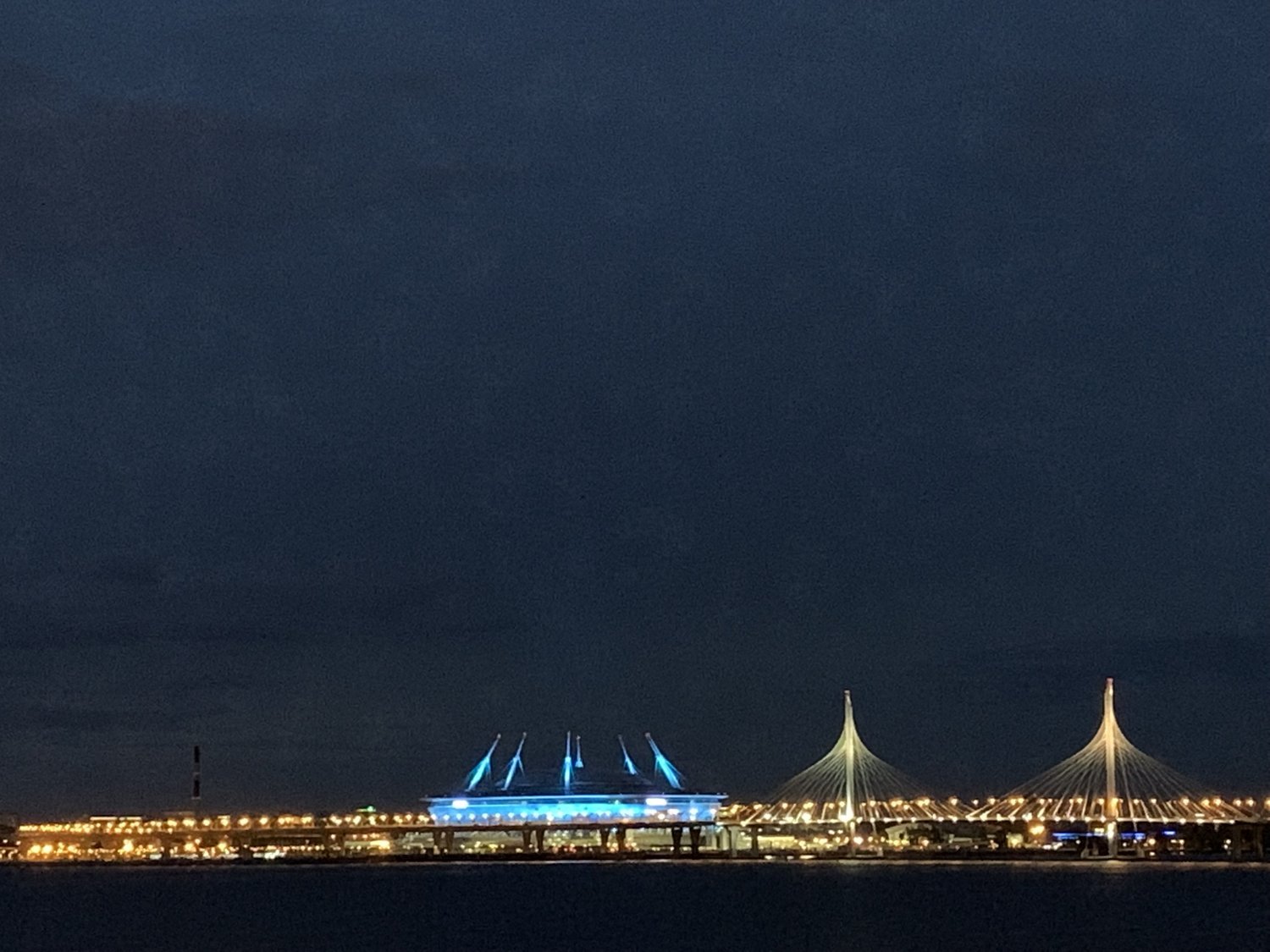Cruise Edition: St. Petersburg, Russia
I’ll be honest, like many other Americans, I was worried about visiting Russia. From a media perspective, it wasn’t (and isn’t) painted in the best light. From a tourism perspective, the visa process is daunting… if you’re not going through a tour group, via a cruise ship, which we did.
IN FACT, I FELT SAFER IN RUSSIA THAN I HAVE IN MANY OTHER COUNTRIES ABROAD.
Yes, Russia is still a country that requires caution, best behavior, and vigilance, but if you’ve traveled enough of the world, it’s no different anywhere else. In fact, I felt safer in Russia than I have in many other countries abroad and it made for the most incredible and beautiful experience I could have had.
The tour guides said it would take you ELEVEN YEARS to fully see everything in St. Petersburg. With 500 palaces, over 100 museums, thousands of iconic buildings, religious sights, and statues, it makes sense, but the majority of us only have a tiny fraction of these. So what do you do? Hire a knowledgeable tour guide that can take you on a comprehensive tour of the “best of”.
NOTE: You MUST book your excursion through the cruise ship in order to comply with Russian tourism laws.
THE HISTORY OF ST. PETERSBURG - A BRIEF SUMMARY
We were picked up from our cruise ship by two wonderful female tour guides and a motor coach to take us around the vast city of St. Petersburg.
During our drive to our first stop of Catherine’s Palace, they gave us an introduction to the history of the city, as well as some about the economy.
St. Petersburg was founded on May 27, 1703 by Peter the Great (named after the apostle). It’s during his reign that some of the most spectacular palaces and well-known buildings were constructed in not just Russia, but in other countries he ruled over as well. It was also during that time he met Catherine - a Finnish peasant whom he fell madly in love with (who would go onto rule for a short period of time).
Peter was big on modernization and certainly loved a level of opulence, which attracted scholars and businessmen from all over the world, ultimately establishing it was one of the top cosmopolitan cities to live and do business in at the time.
…WHICH LEFT MANY OF THE MOST NOTABLE PALACES AND OTHER BUILDINGS IN RUINS, ART WORK AND OTHER PRECIOUS PIECES WERE STOLEN, AND 1.2 MILLION INHABITANTS WERE KILLED…
After he died, the sophistication of the city continued to be on the rise, inspiring some of the most notable Russian artists to produce their best work, while the emancipation of serfs by Alexander II led to the city being the 4th most profitable city in Europe. However, with that, came the rise of socialist parties who moved the capital to Moscow and assassinated Alexander II (it’s rumored it was plotted by Lenin). Unfortunately for Nicholas II (Alexander II’s successor), he was then thrown into power as a diversion, resulting in him, his family, and millions of anti-Soviet people being killed shortly thereafter (known as Lenin’s Red Terror).
In 1924, when Lenin died, St. Petersburg (which had been renamed to Petrograd) was renamed Leningrad to solidify the Communist regime in a city known for revolting against this kind of leadership. It’s also the same year Stalin took power. Twelve years later (and for the next two), Stalin’s mistrust of his advisors and other Russian leaders lead to The Great Purge, which prompted two million Europeans and Americans to flee Russia for fear of their own lives.
As if that weren’t enough, WWII put the city in a horrific situation of being continuously bombed, starved, and overpowered by the Germans, which left many of the most notable palaces and other buildings in ruins, art work and other precious pieces stolen, and 1.2 million inhabitants killed. As Hitler put it, “the Führer is determined to eliminate the city of Petersburg from the face of earth. There is no reason whatsoever for subsequent existence of this large-scale city after the neutralization of the Soviet Russia.”
Once the war had ended and for the next thirty years, St. Petersburg (still Leningrad at the time) was rebuilt and restored, and in 1991, its original namesake was reinstated when Communism ended. Whew!
With that kind of history, touring the places we did took on even more significance than just viewing another palace or another museum.
CATHERINE PALACE
Catherine’s palace first began construction in 1717 and continued on through the late 1800s with expansion, renovation, and decoration. Unfortunately, like much of the rest of the city, the Germans pillaged and burned this palace, leaving it as a shell of itself. It took almost 60 years to restore it to its full glory.
Some interesting facts about the palace:
During the German invasion, staff were able to remove some of the valuables from the palace and were even able to bury the statues.
The Amber room’s amber panels (which were acquired by Peter trading 55,000 soldiers for) could only be covered with paper before the Germans invaded it. When restoration was set to begin almost twenty years later, restorers found the panels had been stolen, which left them having to use a mosaic technique with amber pieces instead.
The Great Portrait Room (above) was where Catherine loved celebrating her birthdays
The ceiling of the Great Ballroom was painted to mimic the curve of a dome. That technique was used to make rooms look bigger.
Whenever Catherine switched palaces, usually depending on the season, the staff had to move the furniture from one palace to the other.
PETERHOF PARK
Peterhof Palace was the first palace built by Peter in response to the palace in Versailles (ironically, Russians nicknamed it “Russian Versailles”). And much like Versailles, while the buildings stand stately, it's the gardens and its 150 fountains that give it its almost regal feel.
The most famous ensemble of fountains, the Grand Cascade, which runs from the northern facade of the Grand Palace to the Marine Canal, comprises 64 different fountains and over 200 bronze statues. At the center stands Rastrelli's spectacular statue of Samson wrestling the jaws of a lion. (To view it live, click here.)
THE CATHEDRAL OF SAINTS PETER AND PAUL
The Cathedral of Saints Peter and Paul is the oldest cathedral in St. Petersburg, having been consecrated on 1732 - it took 20 years to build. Some interesting facts:
The rectangular shape, bell-tower, and needle are all features borrowed from the protestant churches of Western Europe - the influence of Dutch architecture is particularly visible - all of which was in accordance with Peter's wishes.
The needle, built by Dutchman German von Bolis, is topped off by the figure of a flying angel bearing a cross.
The clock for the bell tower was delivered in 1720 from Holland where it was purchased for 45,000 rubles - a huge sum for the time.
The walls of the cathedral are also embellished with paintings of various bible themes, including many paintings of gospel stories by artists of the early and mid 18th century.
Peter's grave is at the front right, while Catherine, Elizabeth, all three Alexanders, Paul, Peter III, Anne, the remains of Nicholas II and his family were all re-interred in the small Chapel of St. Catherine on July 17, 1998.
YUSUPOV PALACE
The Yusupov Palace was initially constructed in 1776 and added onto throughout the decades, though it wasn’t until the 1830s that Russia’s wealthiest family, The Yusupov’s, made it notable, particularly for Grigori Rasputin’s death.
While there’s a lot of speculation around what happened, Prince Felix Yusupov (who married into royalty), along with Vladimir Purishkevich and Grand Duke Dmitri Pavlovich conspired to kill Rasputin because of his reputation for influencing the monarchy (Rasputin was a Russian mystic and self-proclaimed holy man who befriended the family of Tsar Nicholas II and gained considerable influence in late imperial Russia).
On December 30, 1916, the Yusupovs threw a big party as a diversion, invited Rasputin to a lavish dinner in their plush cellar and tried to poison him. When Rasputin appeared to be affected by it, Yusupov shot Rasputin from the side, and assumed he was dead. Yusupov then went upstairs to meet the other conspirators, while a very much alive Rasputin succeeded in fleeing through a side door and into a gated courtyard, which opened onto the street outside. Purishkevich saw him trying to escape and shot him in the back, on the doorstep. His body was taken inside and a third bullet was fired at close range into his forehead. The conspirators wrapped Rasputin in a broadcloth, drove outside the city, and threw the body into the Malaya Neva.
Aside from the underbelly of this palace, the interior of the rest wasn’t unlike the other royal palaces in St. Petersburg and at one time, housed over 40,000 works of art, including a lot of Rembrandt’s work (which was later sent to the Hermitage when the palace became nationalized).
Some interesting design features of the palace:
Anywhere there are brocade walls or ones that look to be adorned with wallpaper - it’s all hand-woven silk that are 150 years old and took thousands and thousands of hours to make.
The green fireplace is all mosaic malachite.
The dark-paneled rooms are made entirely of oak.
They have a small theatre that is still in use today - it also happened to be my favorite room in the palace.
NEVA AND FONTANKA RIVER CANAL RIDE
Dubbed “The Venice of Russia”, taking a ride down the Neva and Fontanka Rivers is a must-do as it affords you amazing views of some of the most iconic buildings in St. Petersburg.
LUNCH AT THE LAST PALACE
Built for Prince Abamelek-Lazarev, it was the last palace built before the Russian Revolution in 1917. After the 1940s, it was restored and is now used as event space, including tour group lunches of which we were a part of.
CHURCH OF THE SAVIOR OF SPILLED BLOOD
The Church of the Savior of Spilled Blood was erected as a memorial to Alexander II who was assassinated where the church now stands. But, it’s not where the bad luck ends with this land.
…IT WAS USED AS A TEMPORARY MORGUE FOR THOSE WHO DIED IN COMBAT AND FROM STARVATION AND ILLNESS…
During the Russian Revolution of 1917, the church was ransacked and looted, badly damaging its interior, prompting the Soviet government to close it in 1932. Then, during WWII, when Nazi Germany invaded Russia, it was used as a temporary morgue for those who died in combat and from starvation and illness, causing further deterioration and destruction. Finally, once the war ended, it was used as a storage space for vegetables.
In July 1970, management of the church was passed to Saint Isaac's Cathedral who used their tourism proceeds to fund the restoration of the church, which finally reopened in 1997 after 27 years of work. It has not been reconsecrated as a place of worship but instead, serves as a memorial.
FUN FACT: There is over 80,790 square feet of mosaic tiles that make up the interior of the church.
THE HERMITAGE
Of all the places I toured in St. Petersburg, The Hermitage Museum was one of the most incredible.
Founded in 1764 by Catherine the Great, The Hermitage Museum is home to over 3 million of items, of which about one-third are on display at any given time, since 1852. (Fun fact: It’s home to her infamous Peacock Clock that still works!)
Her collection was so extensive that it occupies a large complex of six historic buildings along the Palace Embankment, including the Winter Palace, the Menshikov Palace, the Museum of Porcelain, a storage facility at Staraya Derevnya, and the eastern wing of the General Staff Building. The museum also has several exhibition centers abroad.
THE REMBRANDT COLLECTION
Catherine was known to have one of the largest art collections in the world, namely Rembrandt (which the Yusupovs had later acquired). The Hermitage has managed to secure most of her original collection of his work, which is now on display.
In addition to this, she favored other famous artists from all over Europe that adorn much of The Hermitage’s adjoining gallery walls.
ST. ISAAC’S CATHEDRAL
St. Isaac’s Cathedral took forty years to build, finally opening in 1858. It is dedicated to Saint Isaac of Dalmatia - the patron saint of Peter the Great. Some interesting facts about the history of the Cathedral:
The foundation was secured by driving 25,000 piles into the ground.
The construction costs of the cathedral totaled 1,000,000 gold rubles.
Under Soviet rule, it was stripped of religious artifacts.
In 1931, it was turned into the Museum of the History of Religion and Atheism.
During WWII, the dome was painted over in gray to avoid attracting attention from enemy aircraft.
With the fall of communism, the museum was removed and regular worship activity was resumed in the cathedral, but only in the left-hand side chapel. The main body of the cathedral is used for services on feast days only.
Fun fact: One of the most well-preserved Cathedrals in St. Petersburg, the original malachite columns and 10-ton doors remain in-tact.
LEAVING ST. PETERSBURG
Sailing away from Russia was just as impressive as being in it as it told a larger war story through the former military barracks, fortresses, and stations that are still in existence today.
RUSSIA AT NIGHT - THE PERFECT SENDOFFS
We were in St. Petersburg for one night, though we took in two sunsets and an amazing skyline of Lakhta and the FIFA World Cup Stadium.
